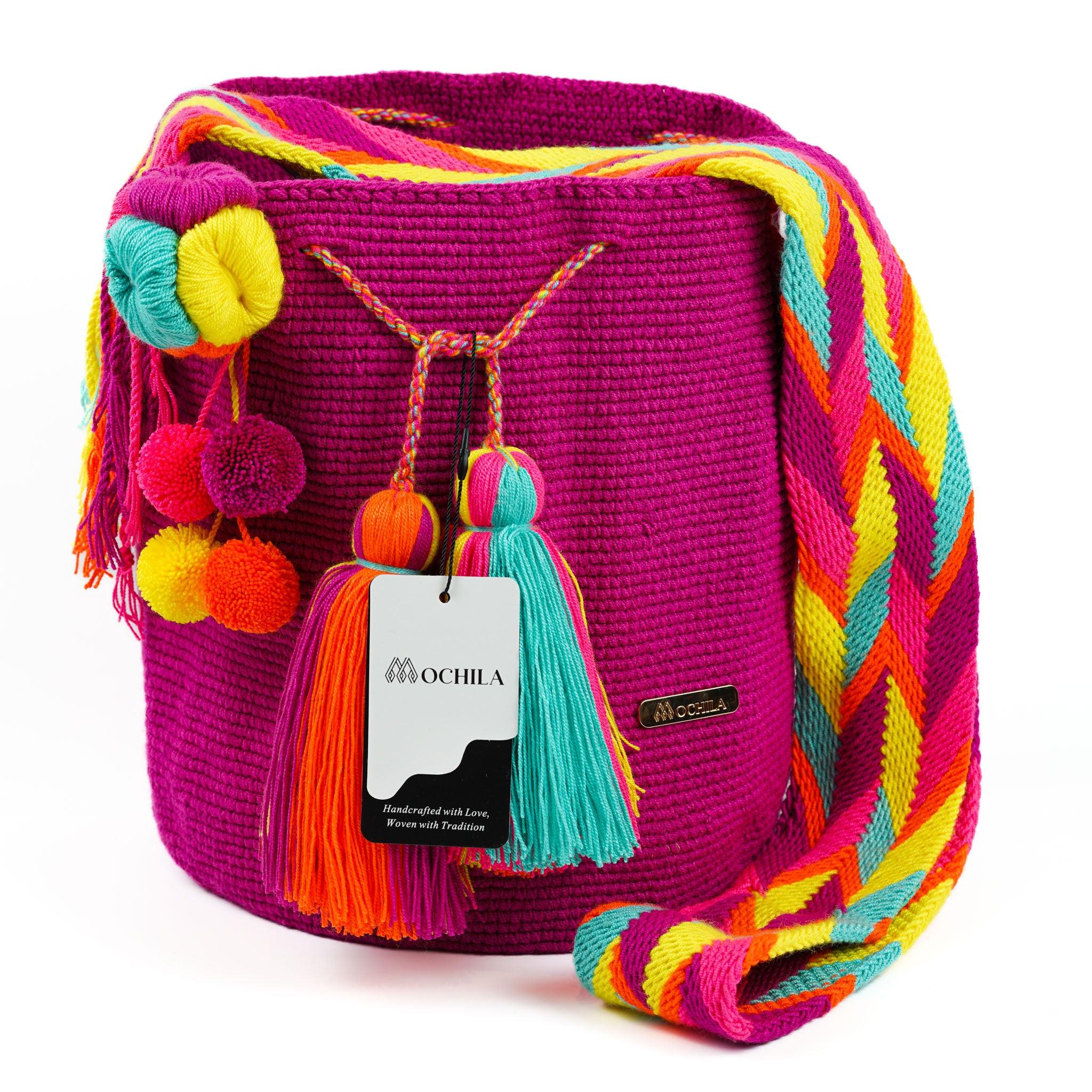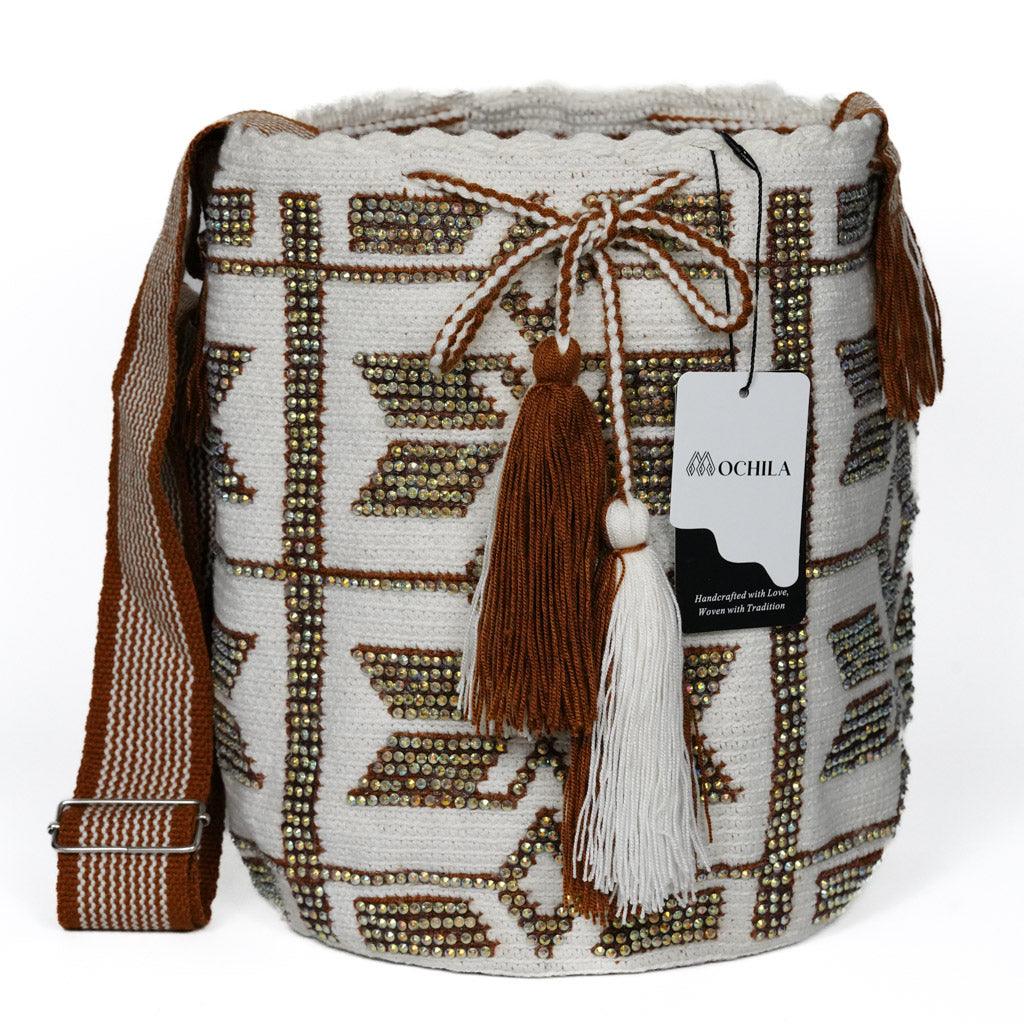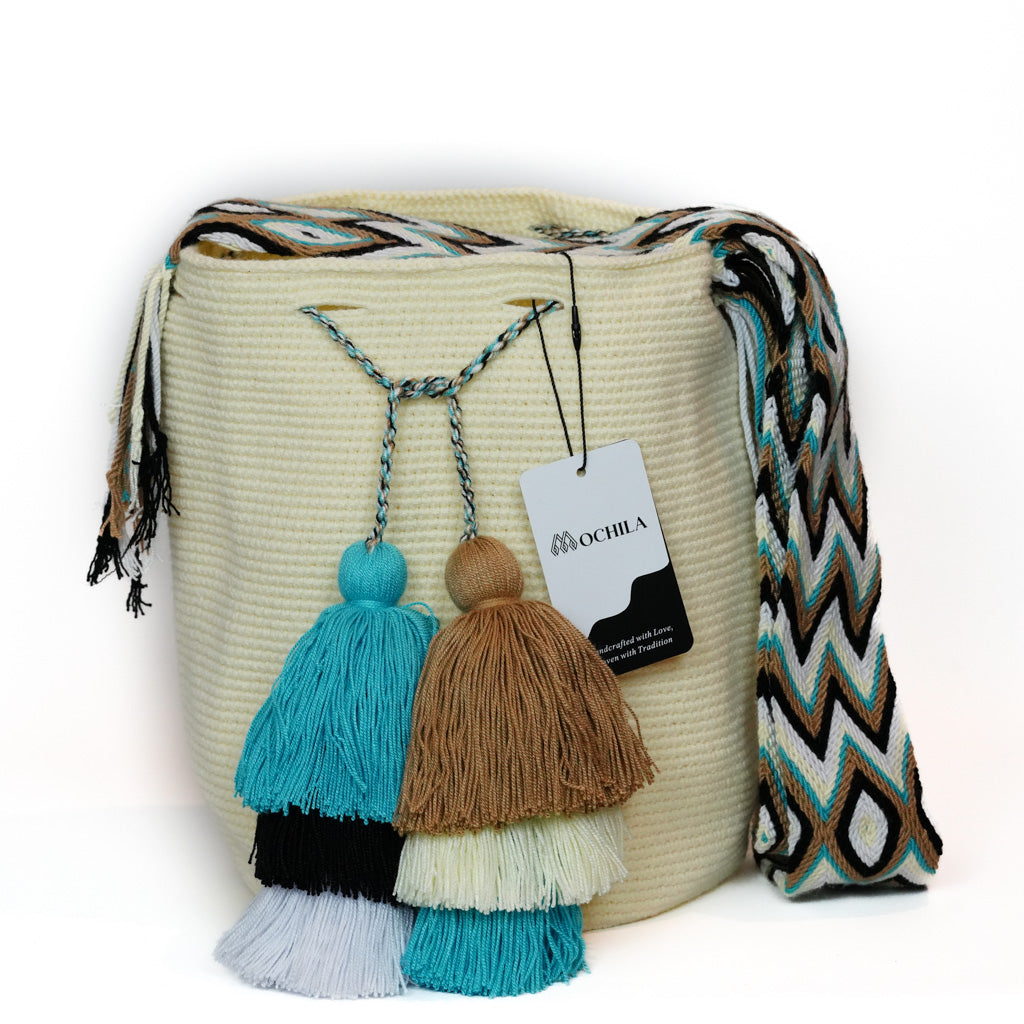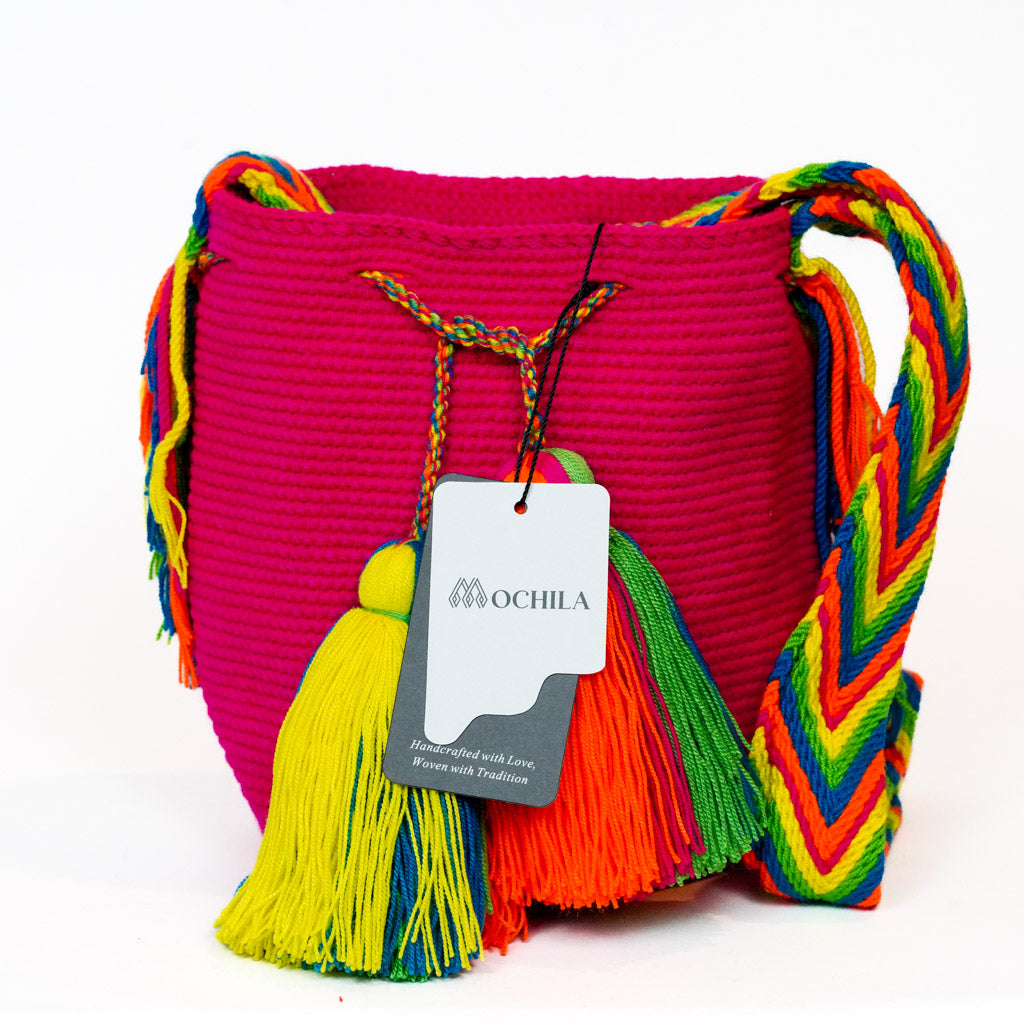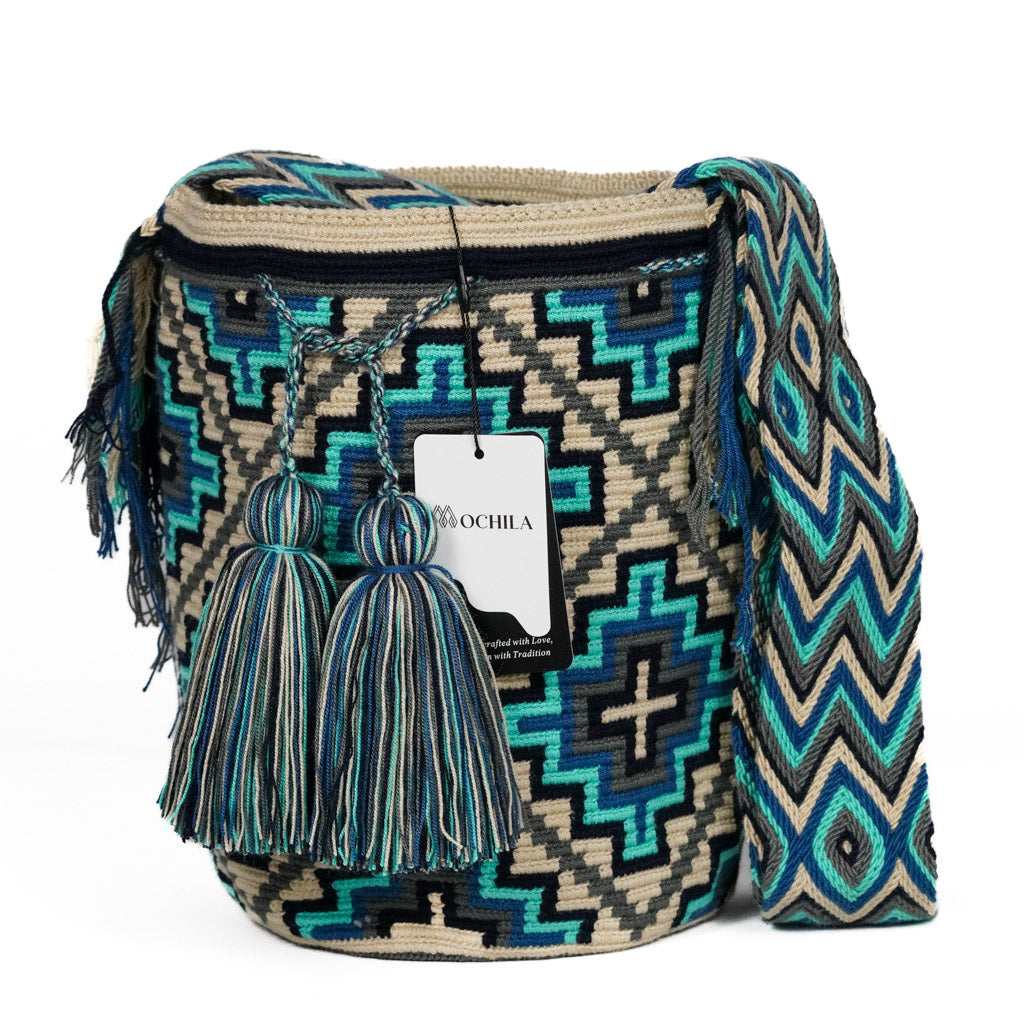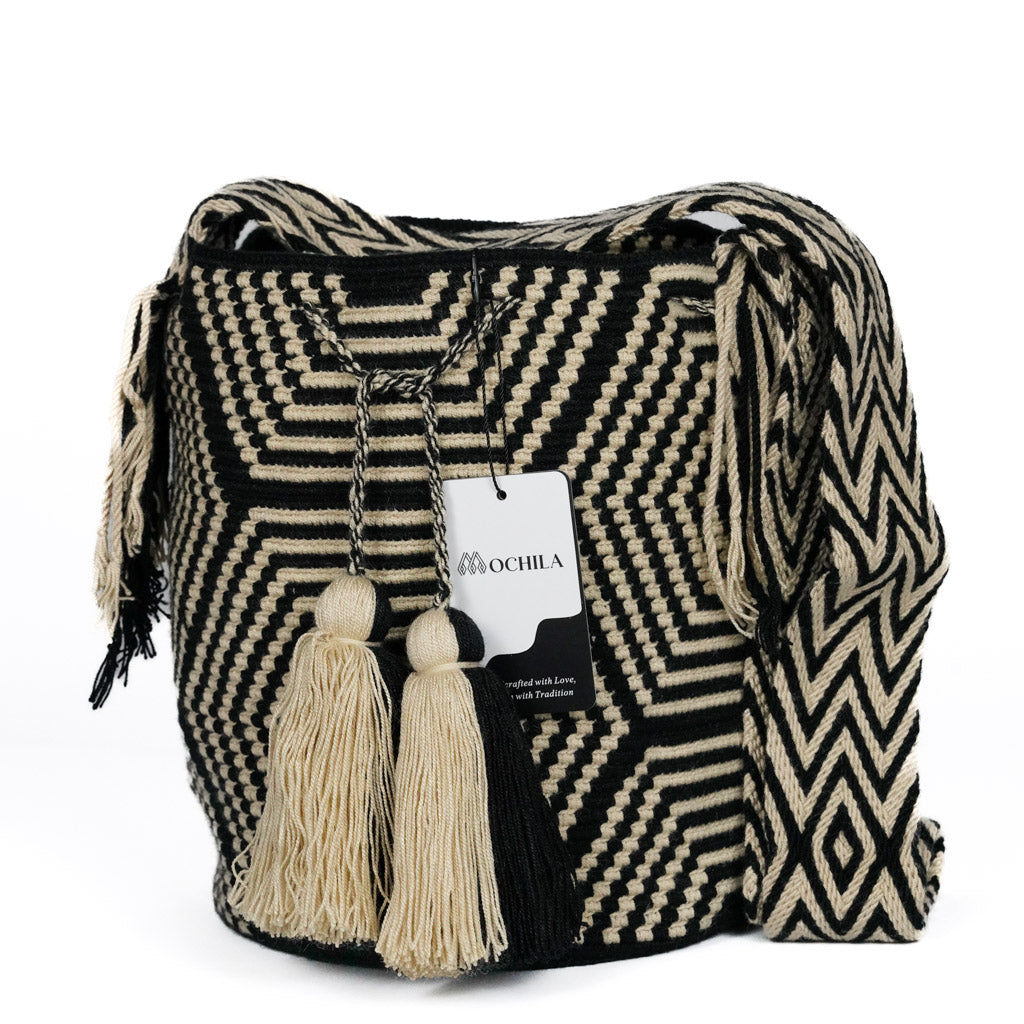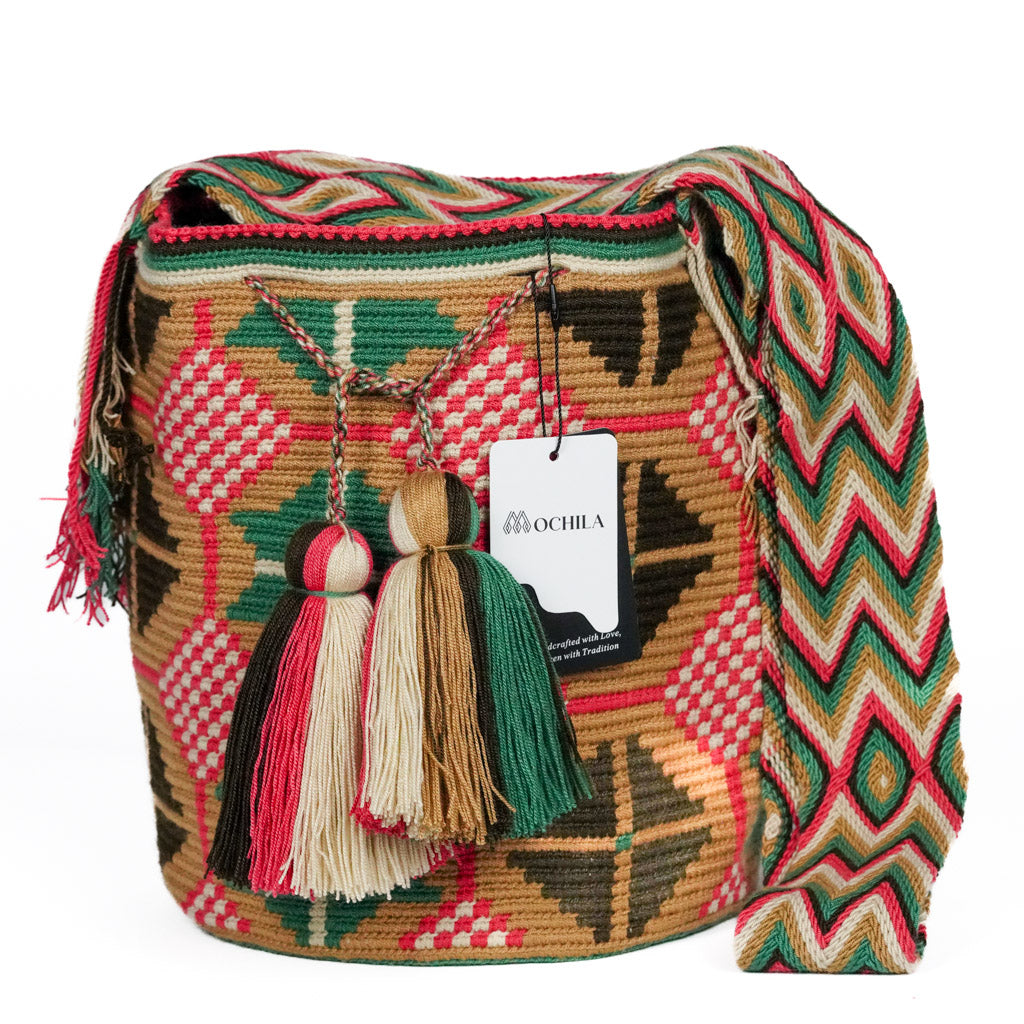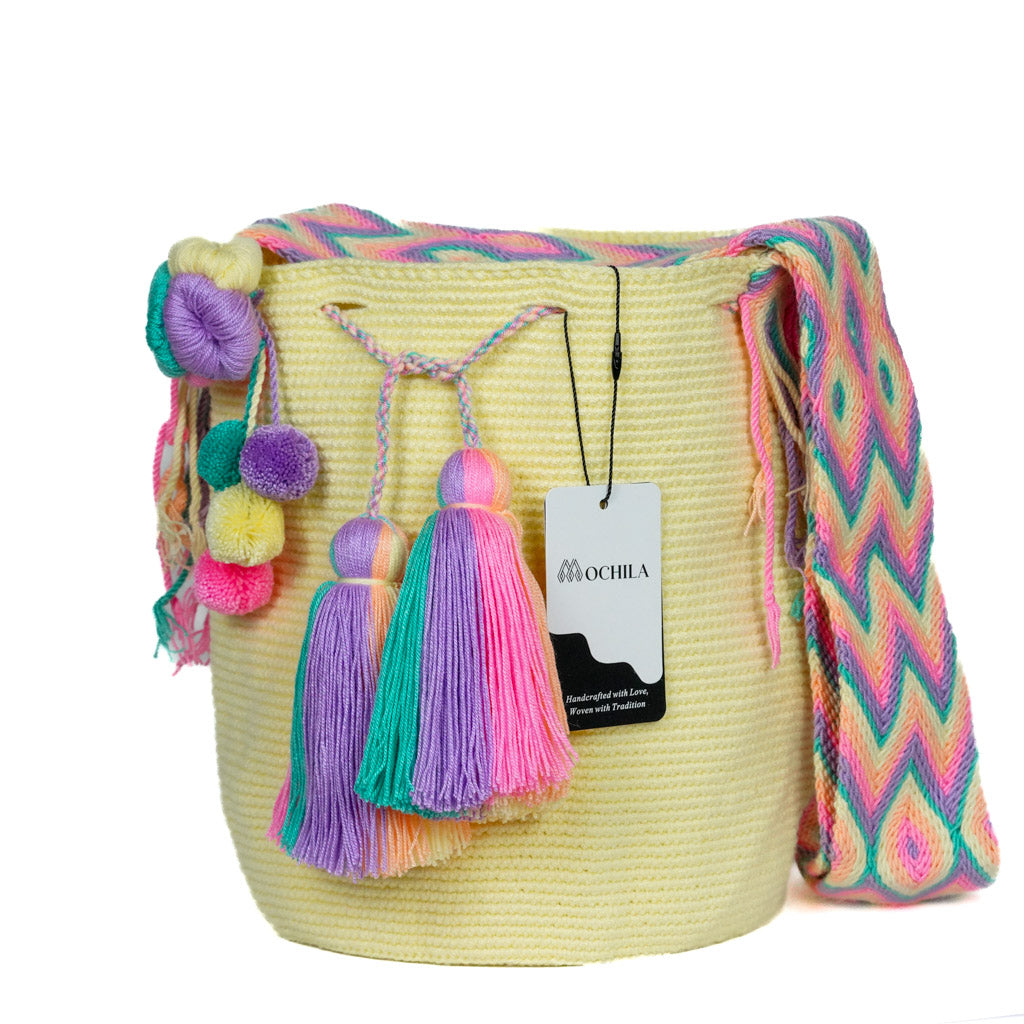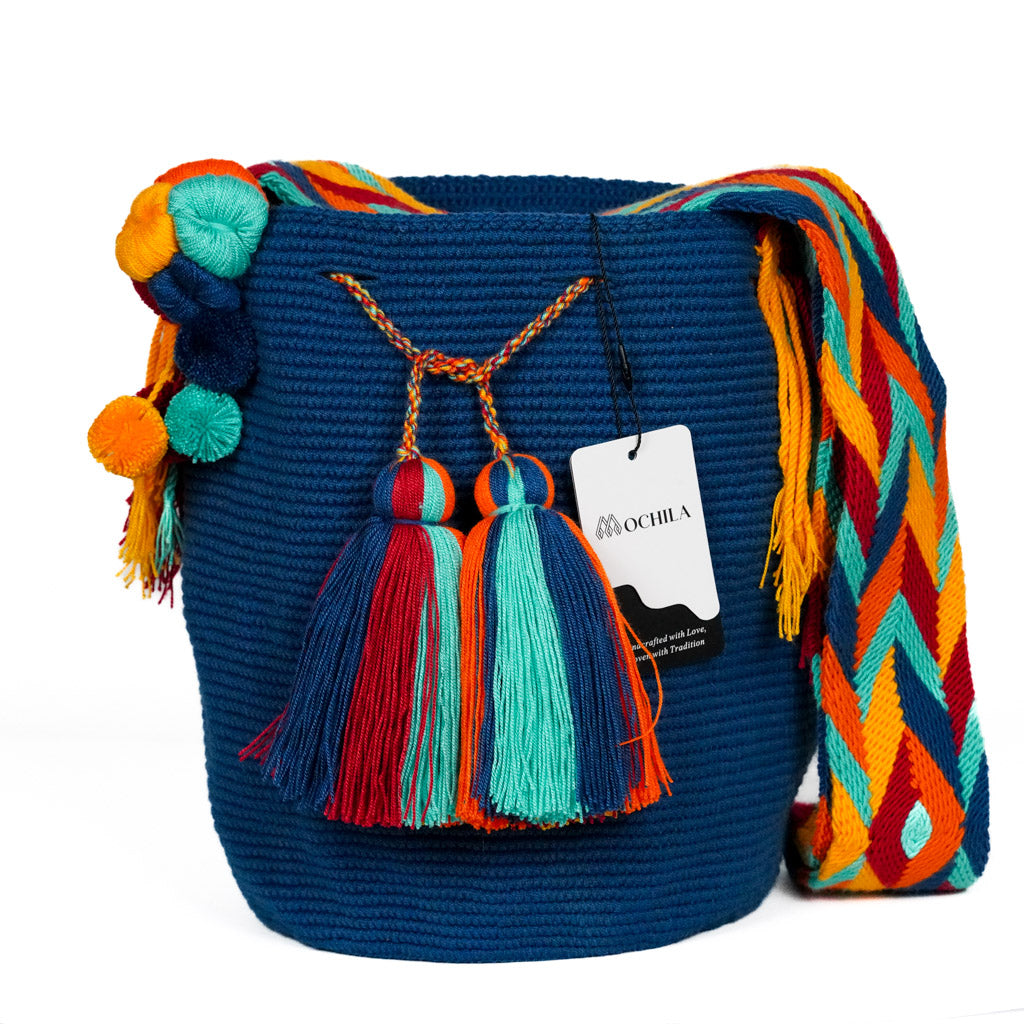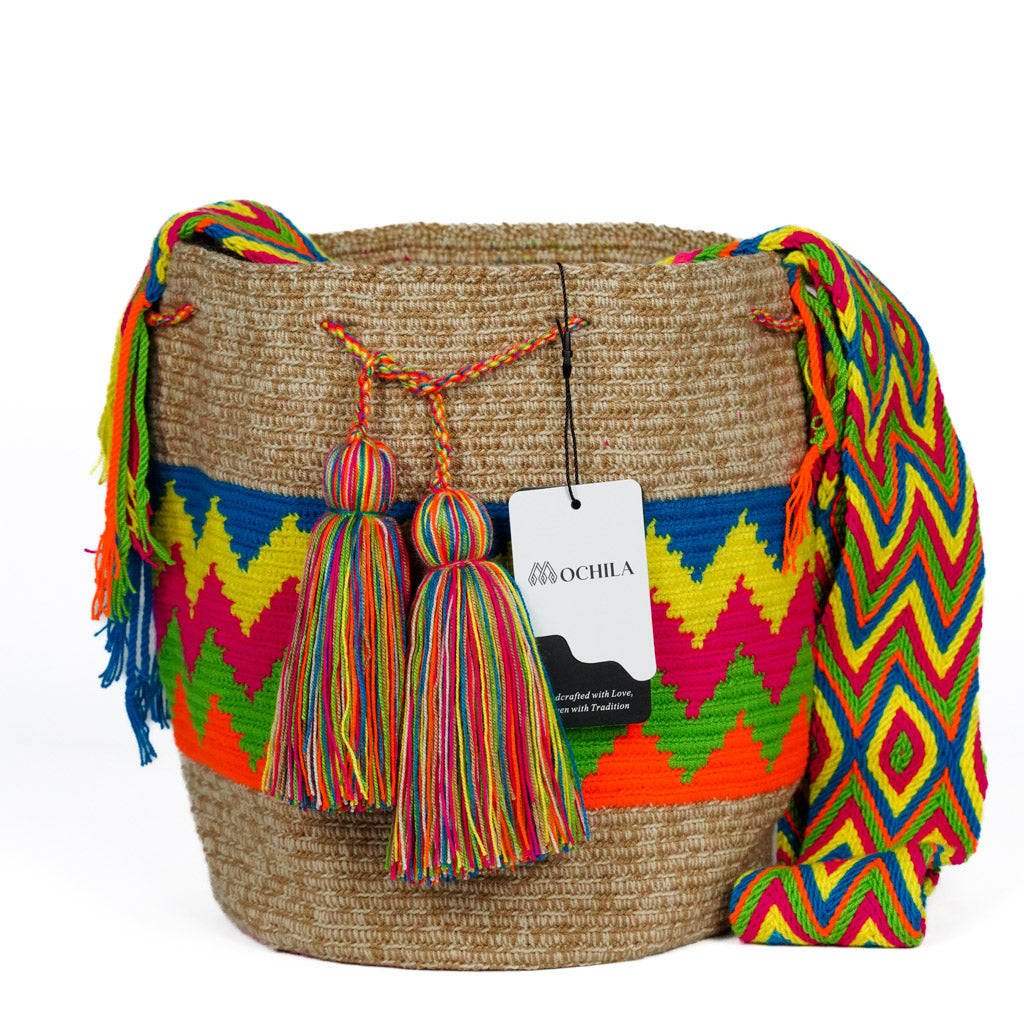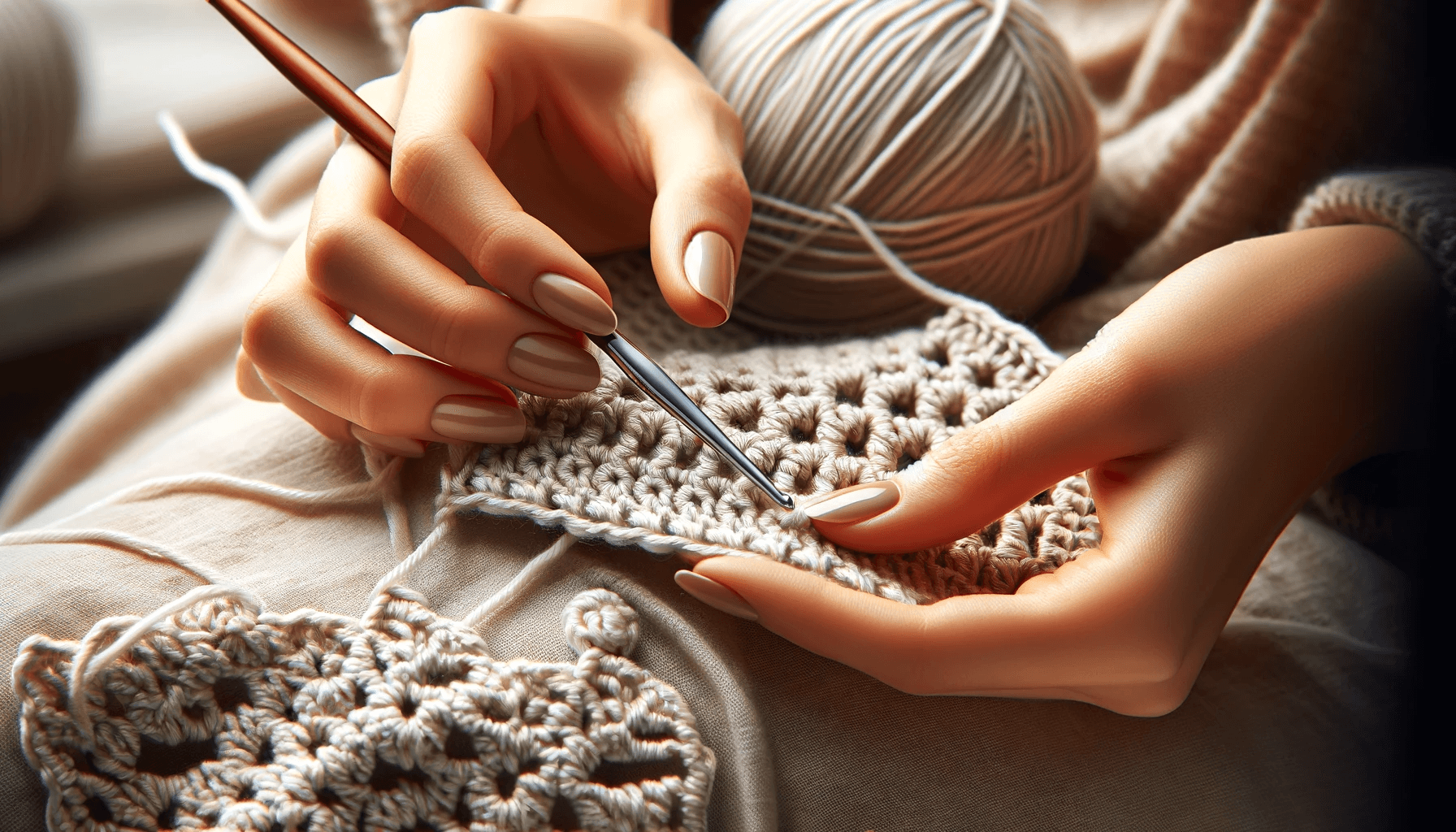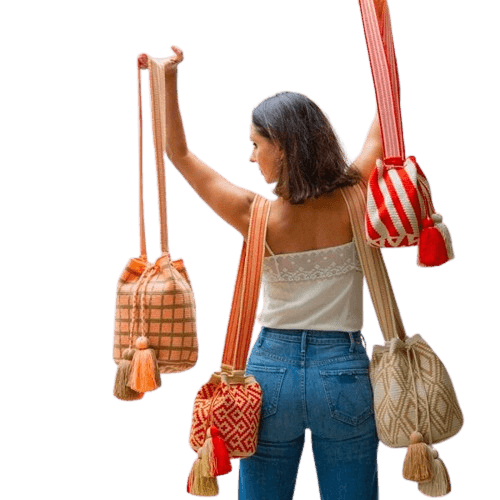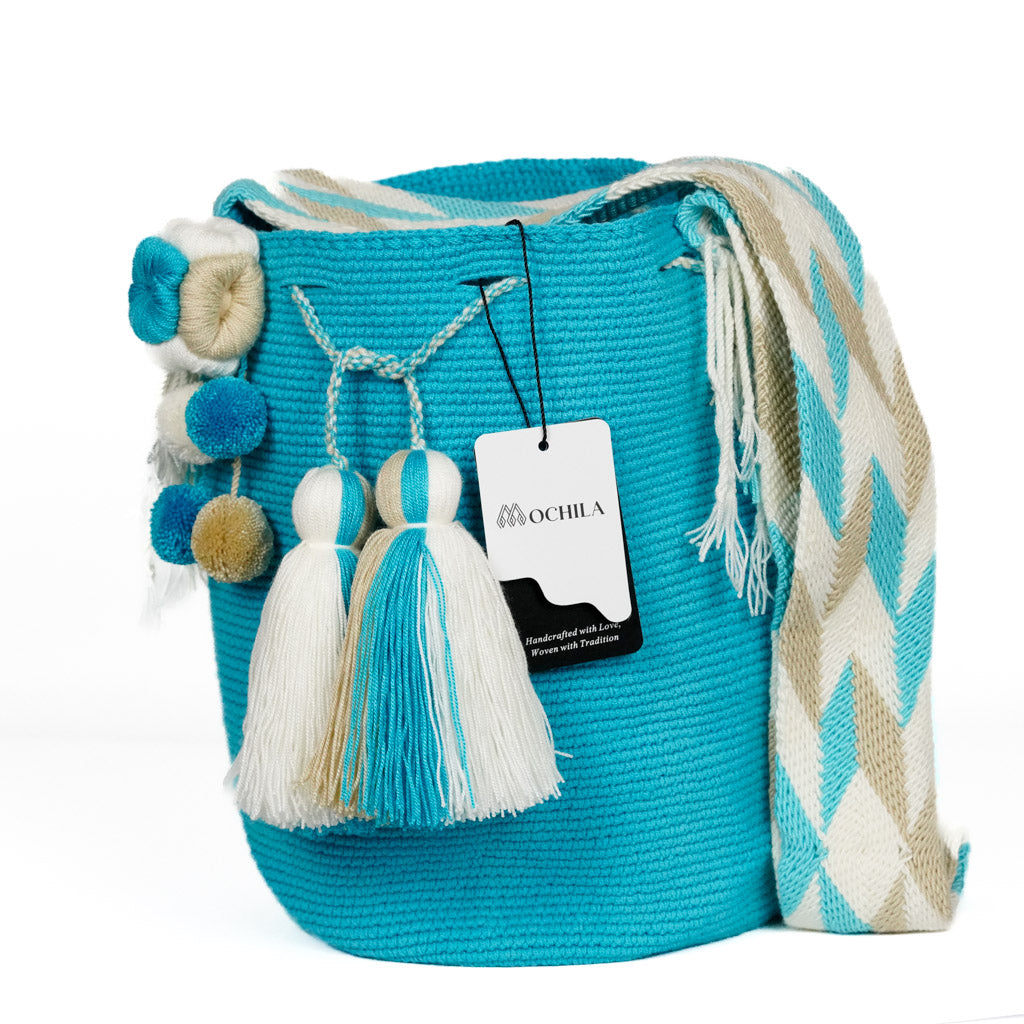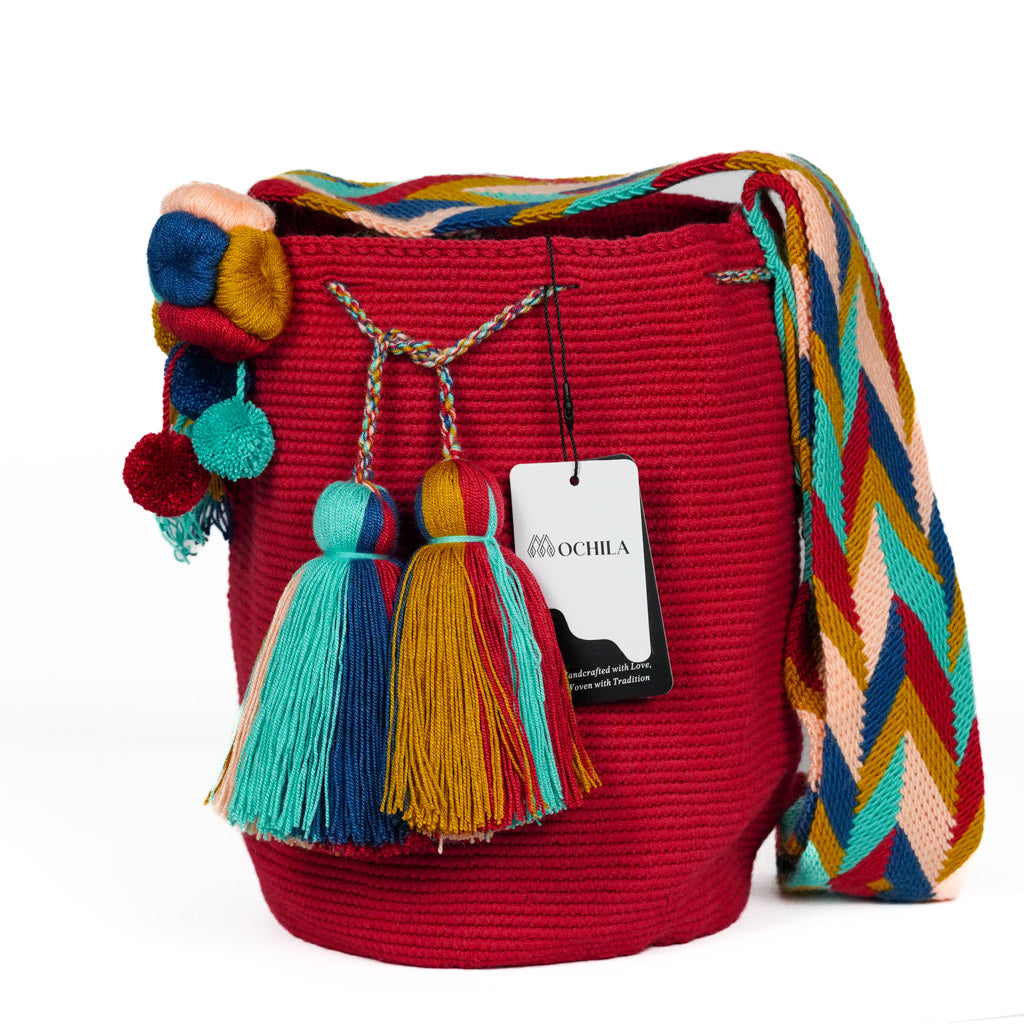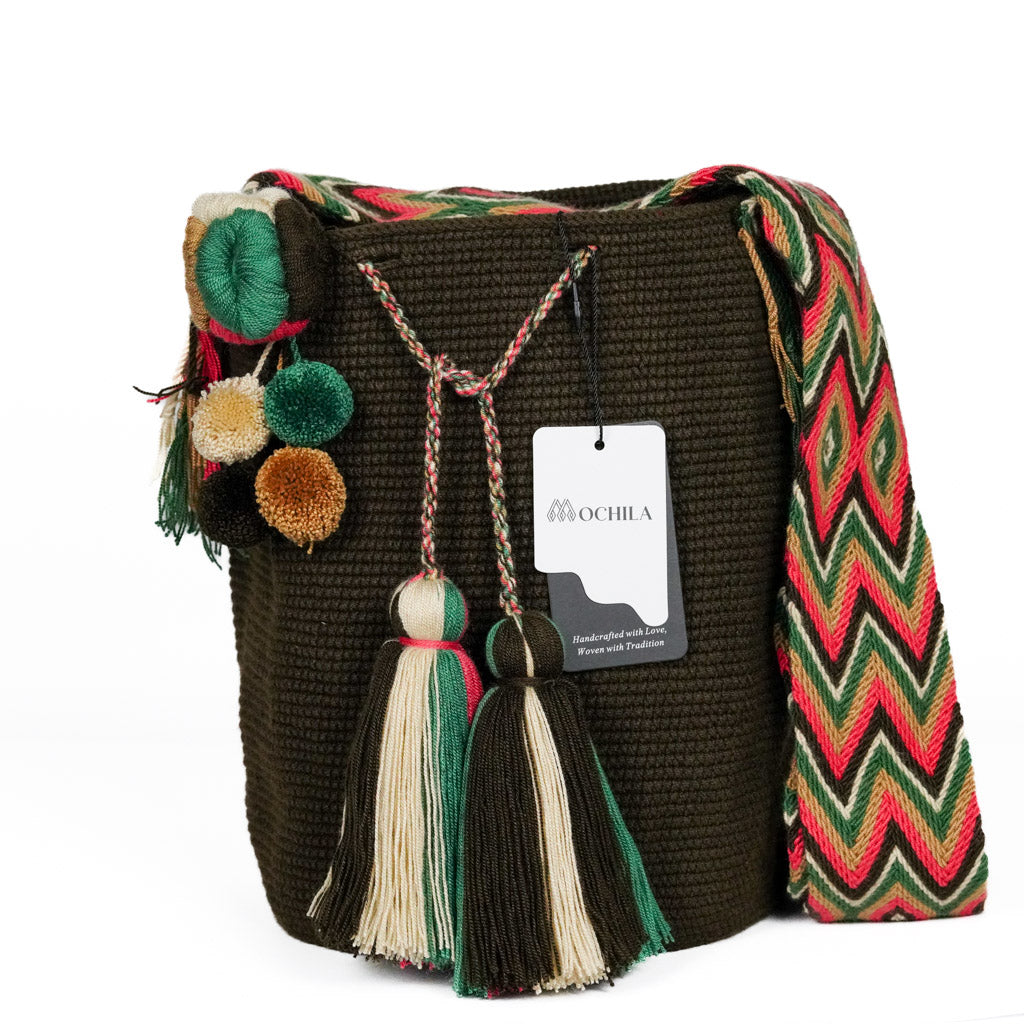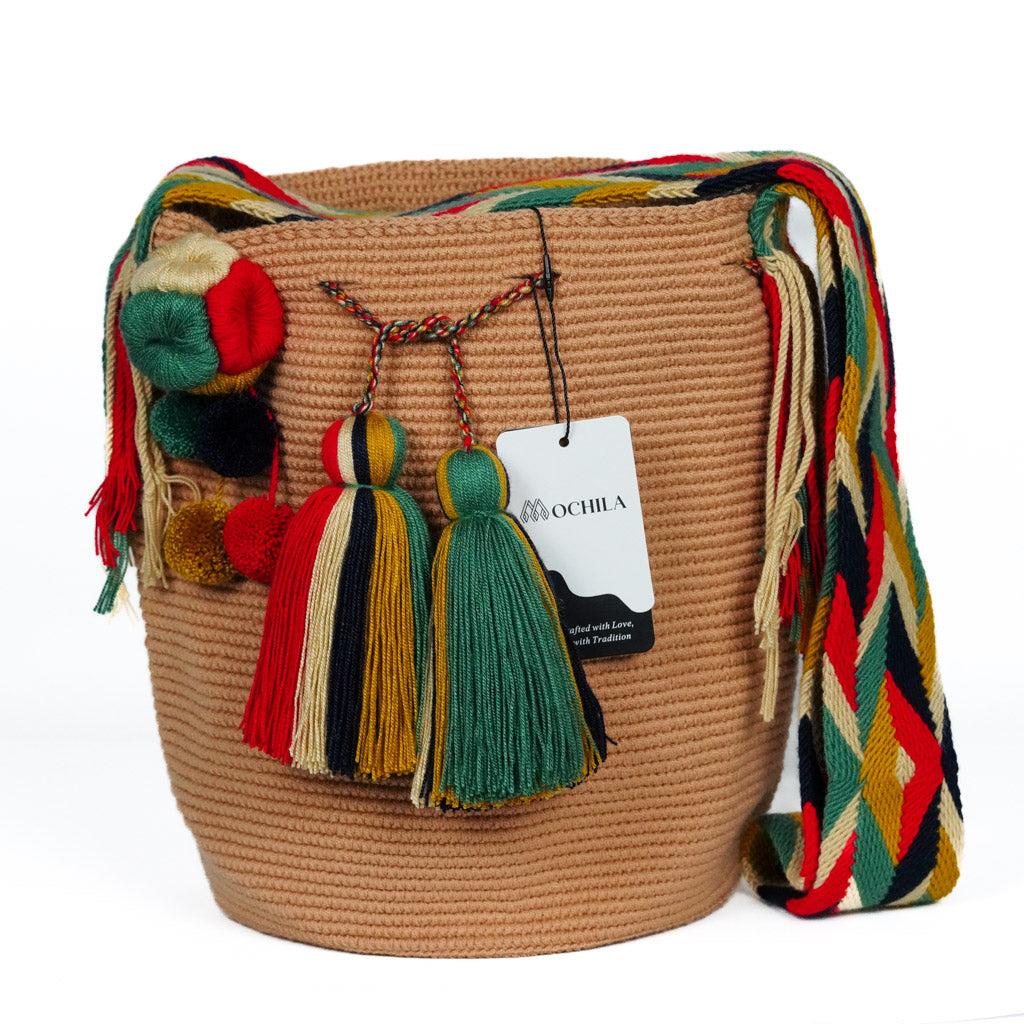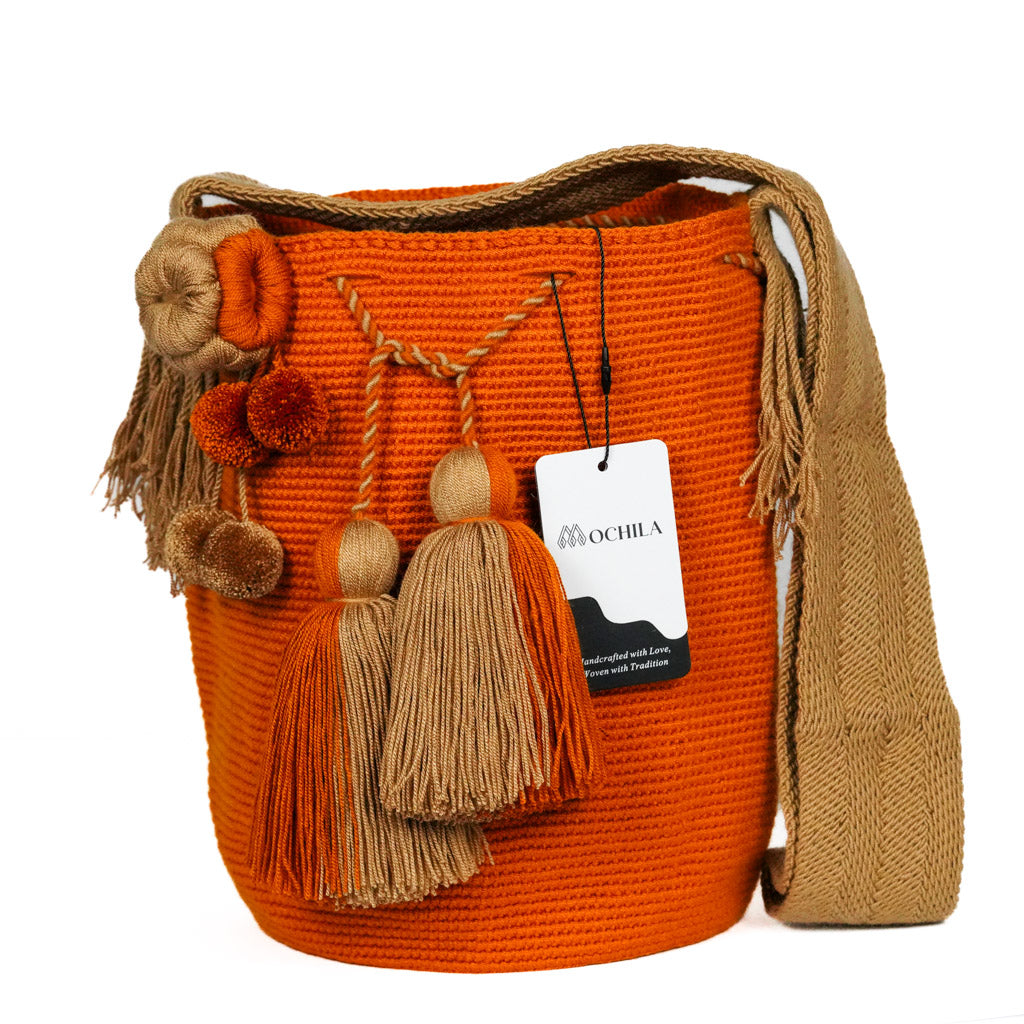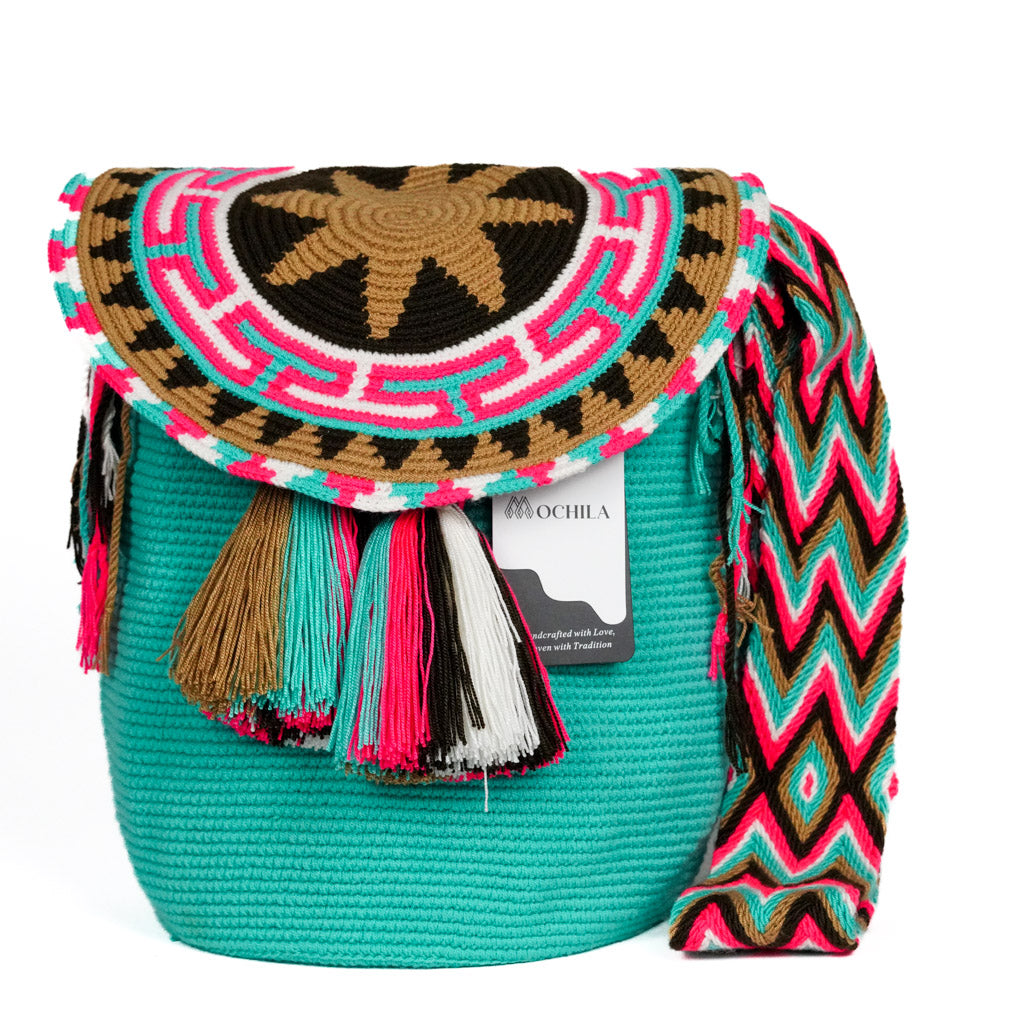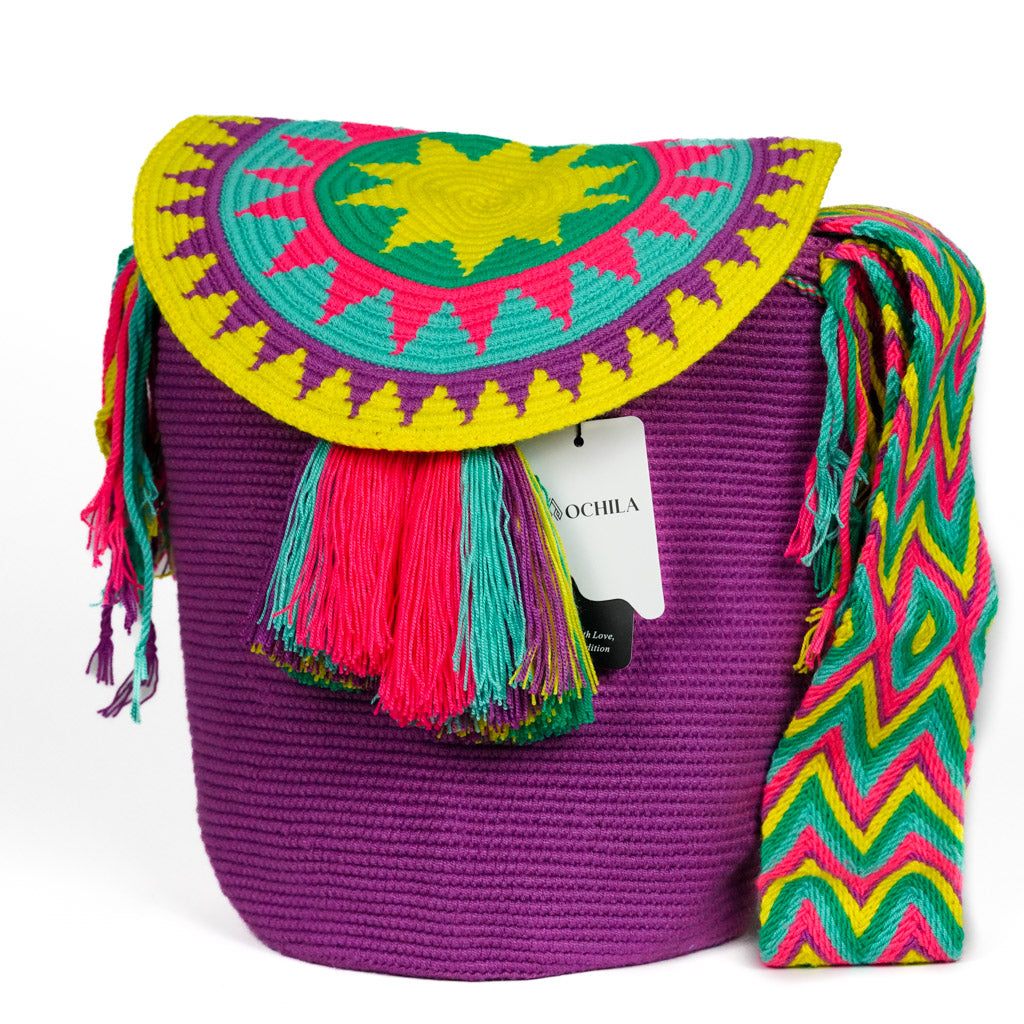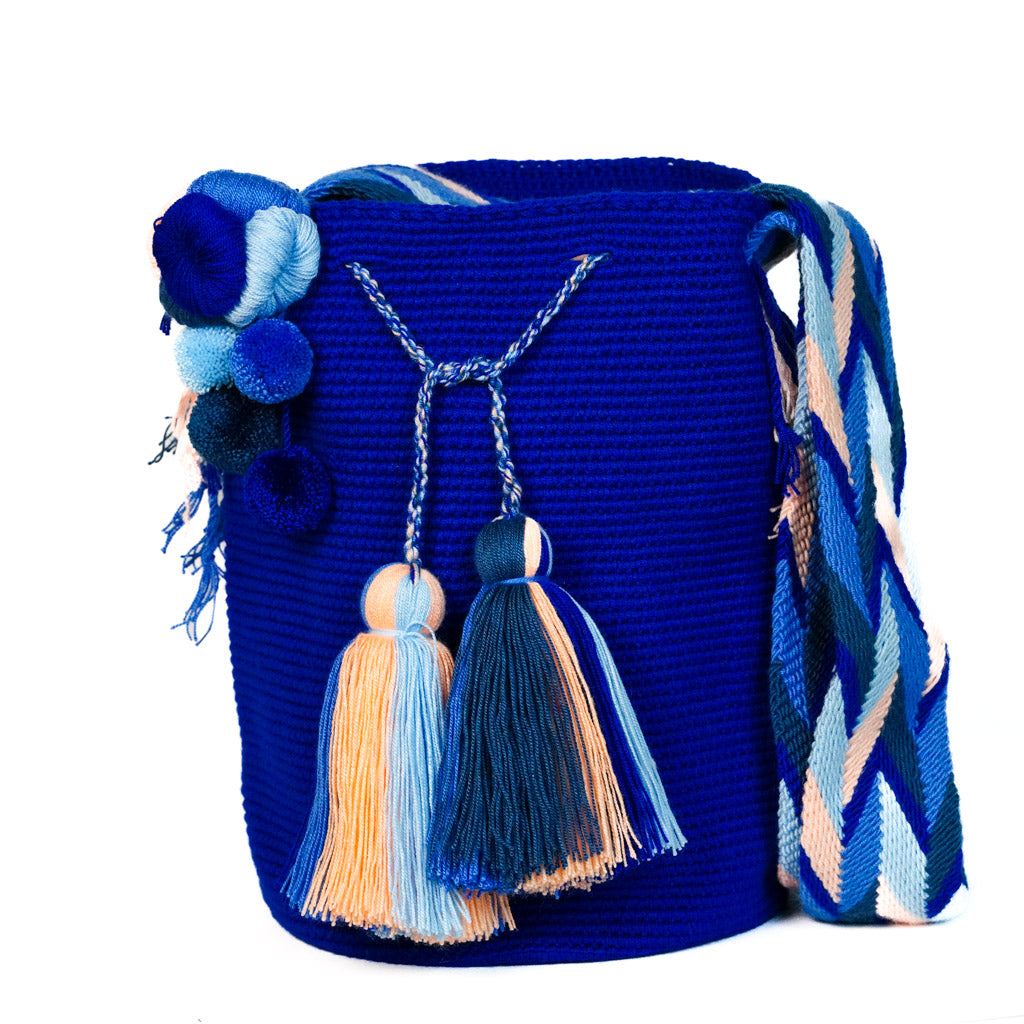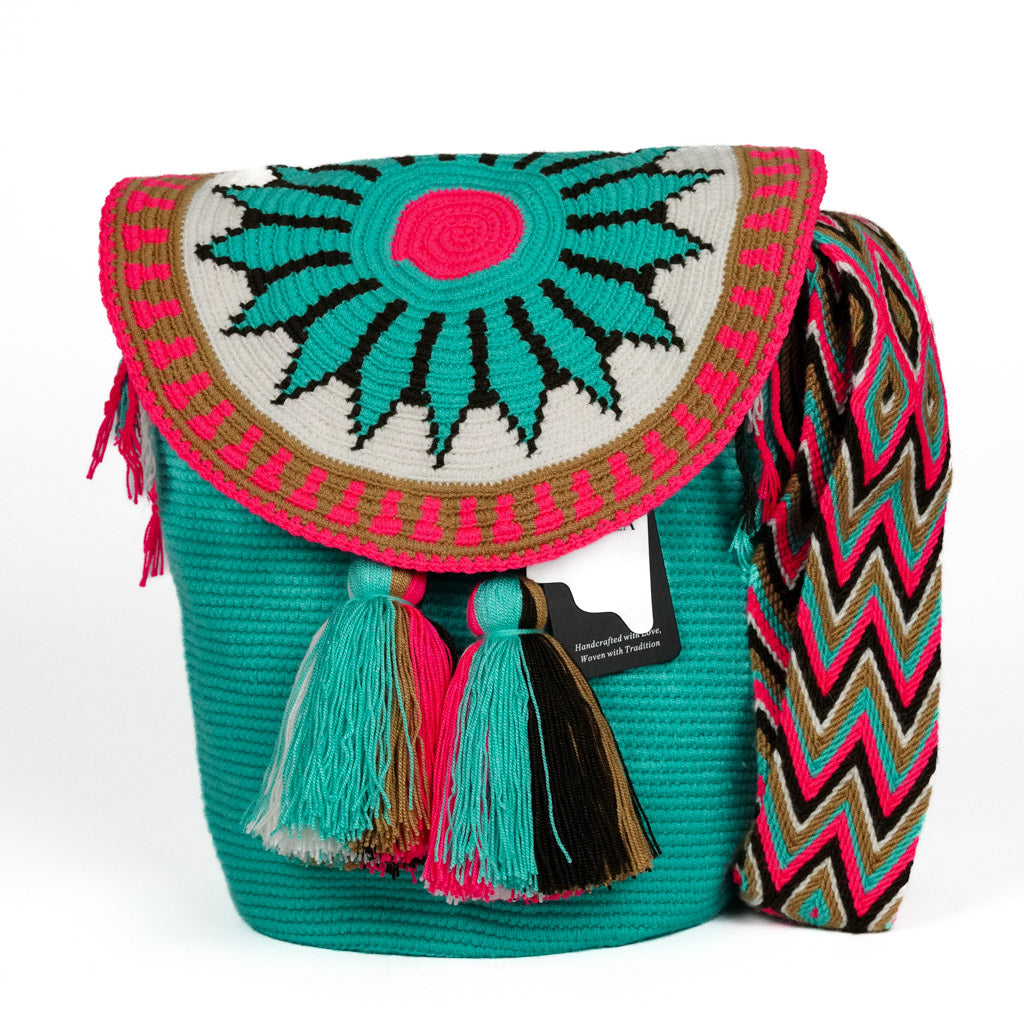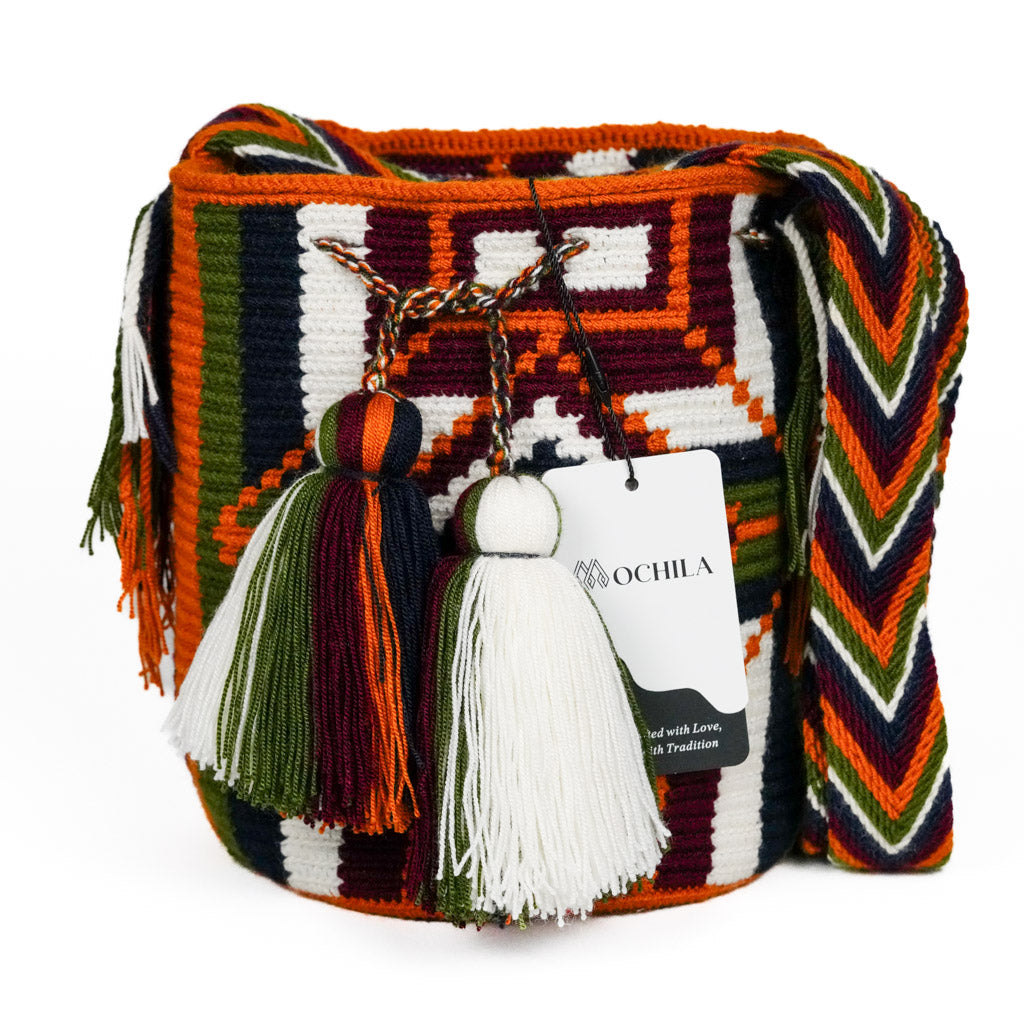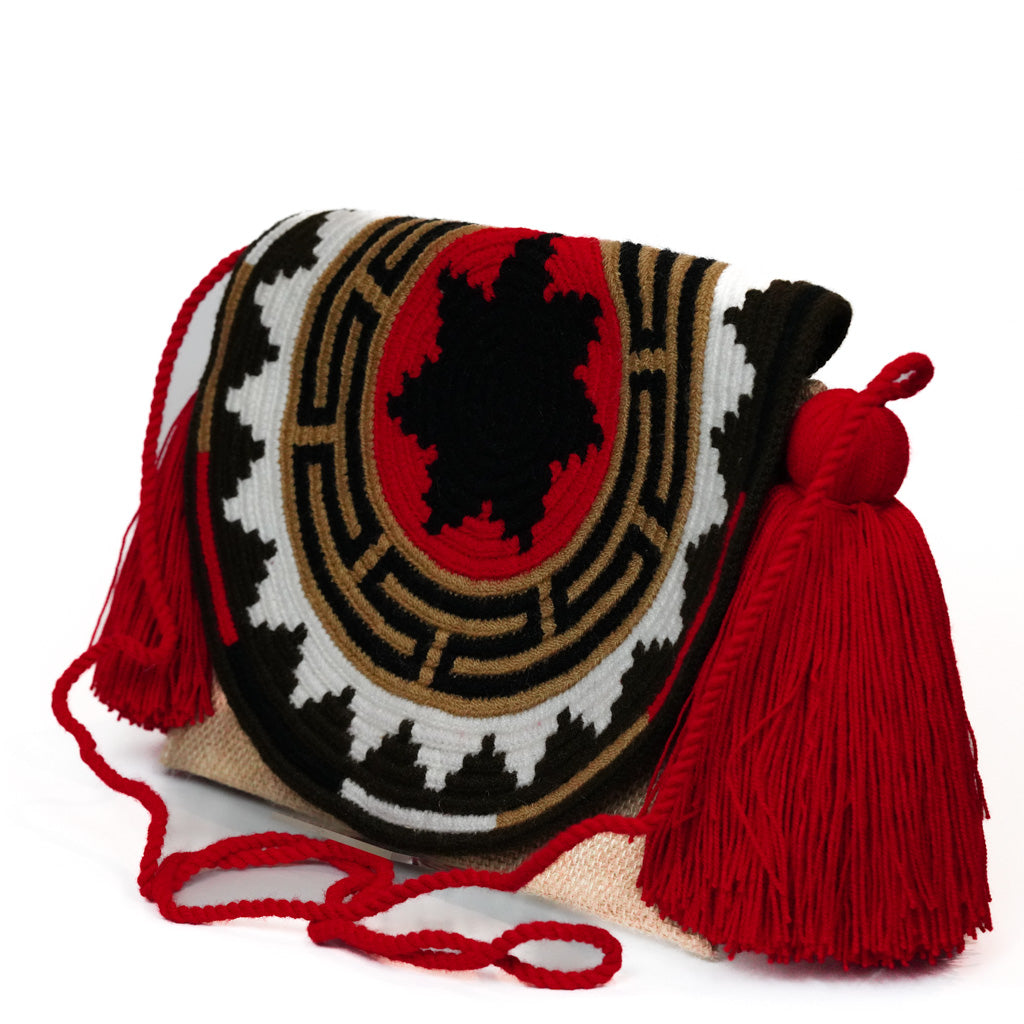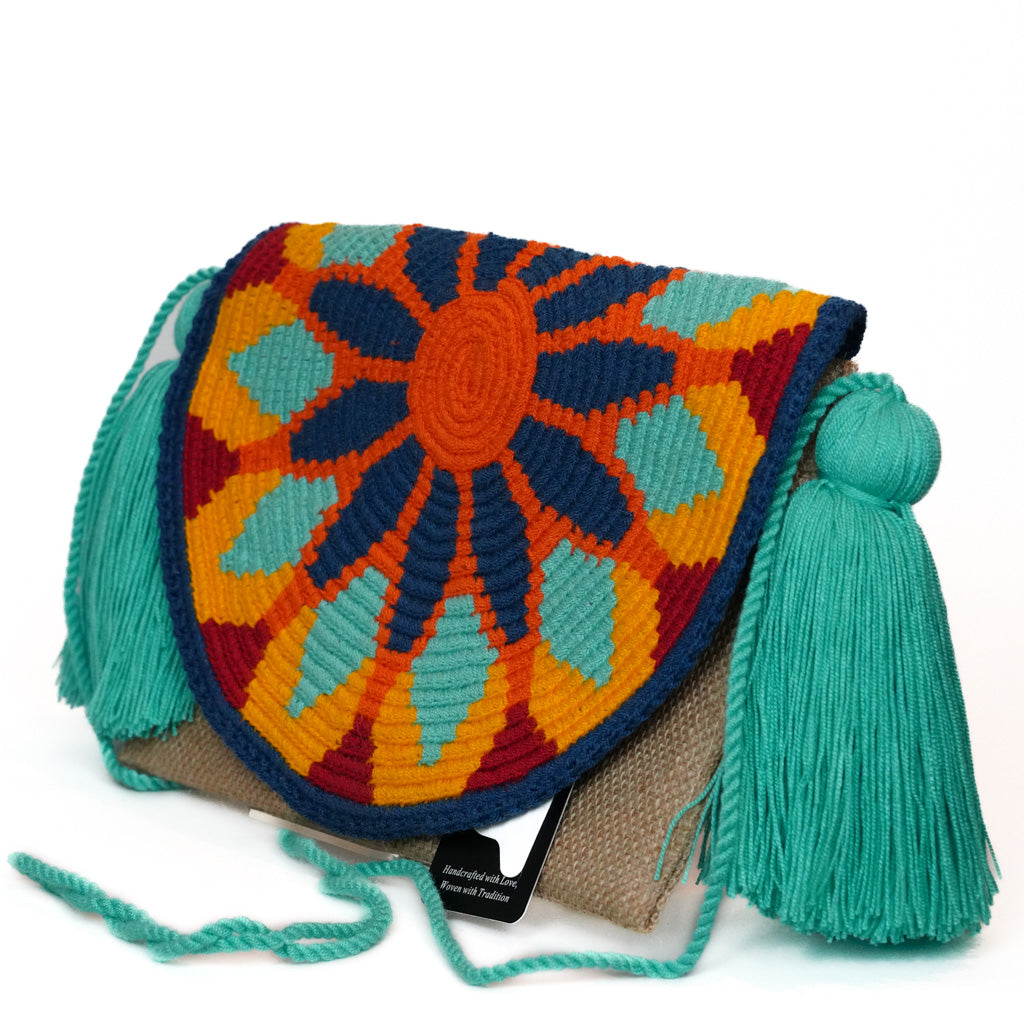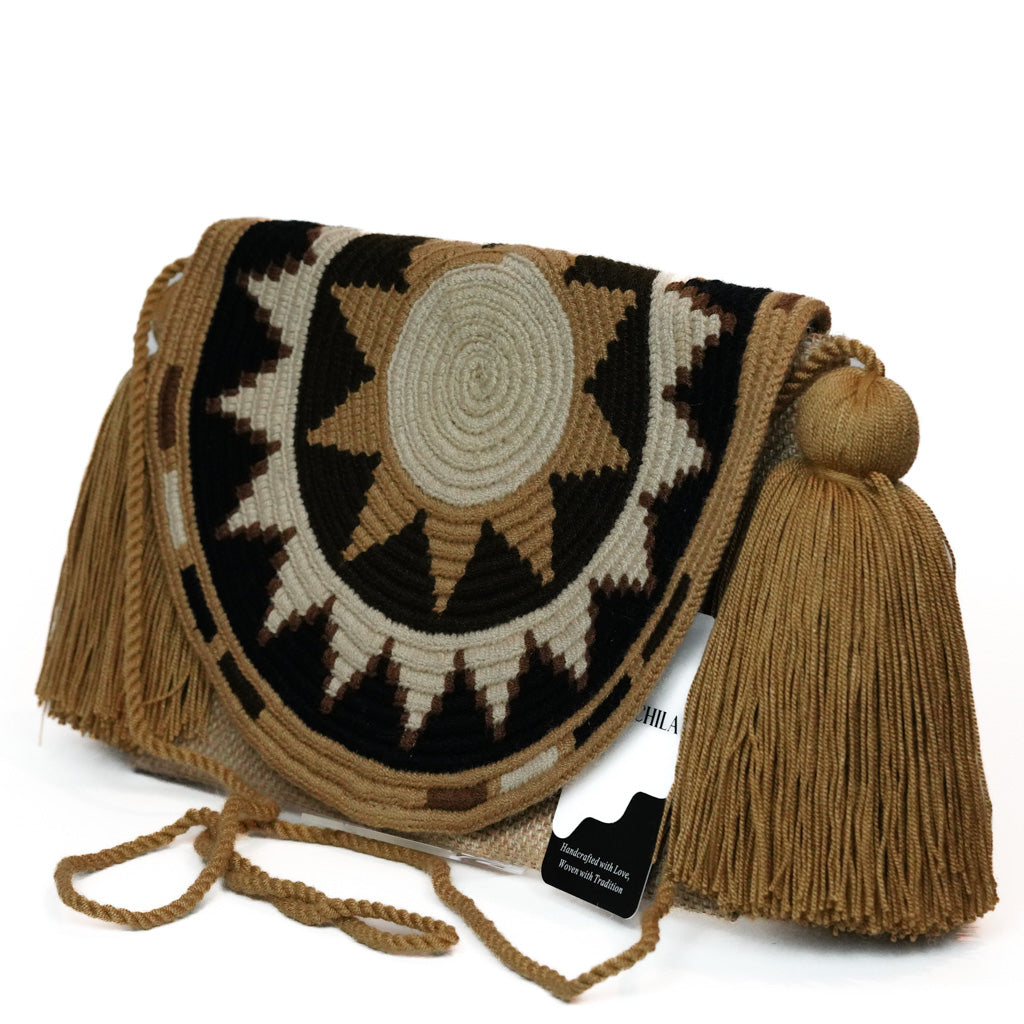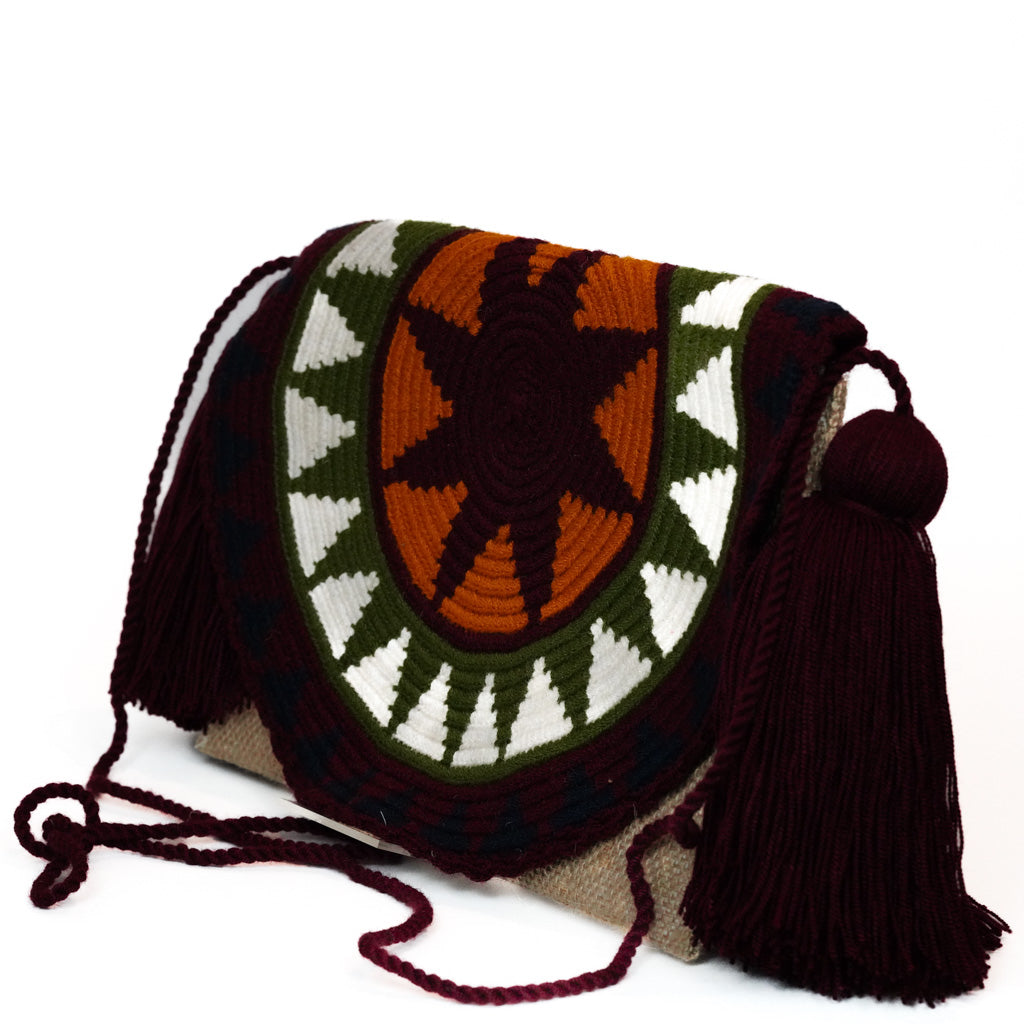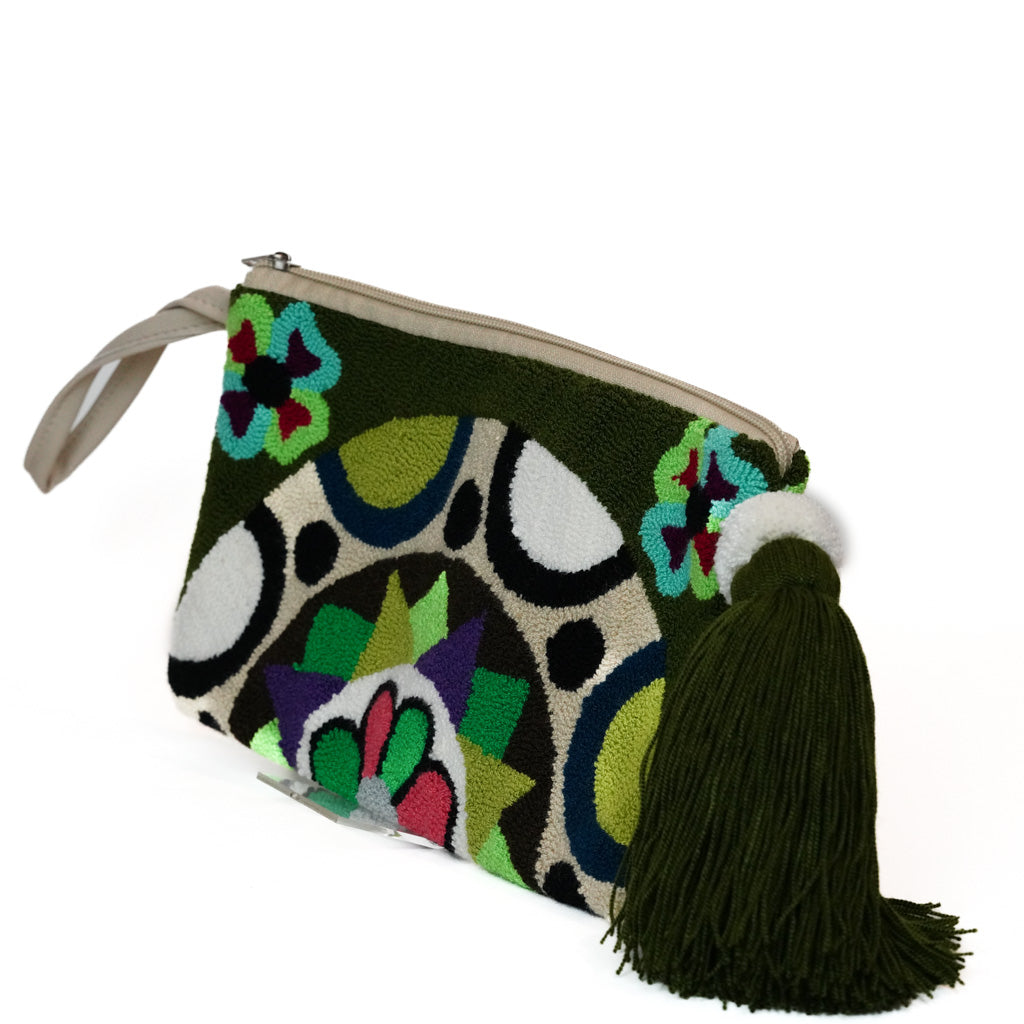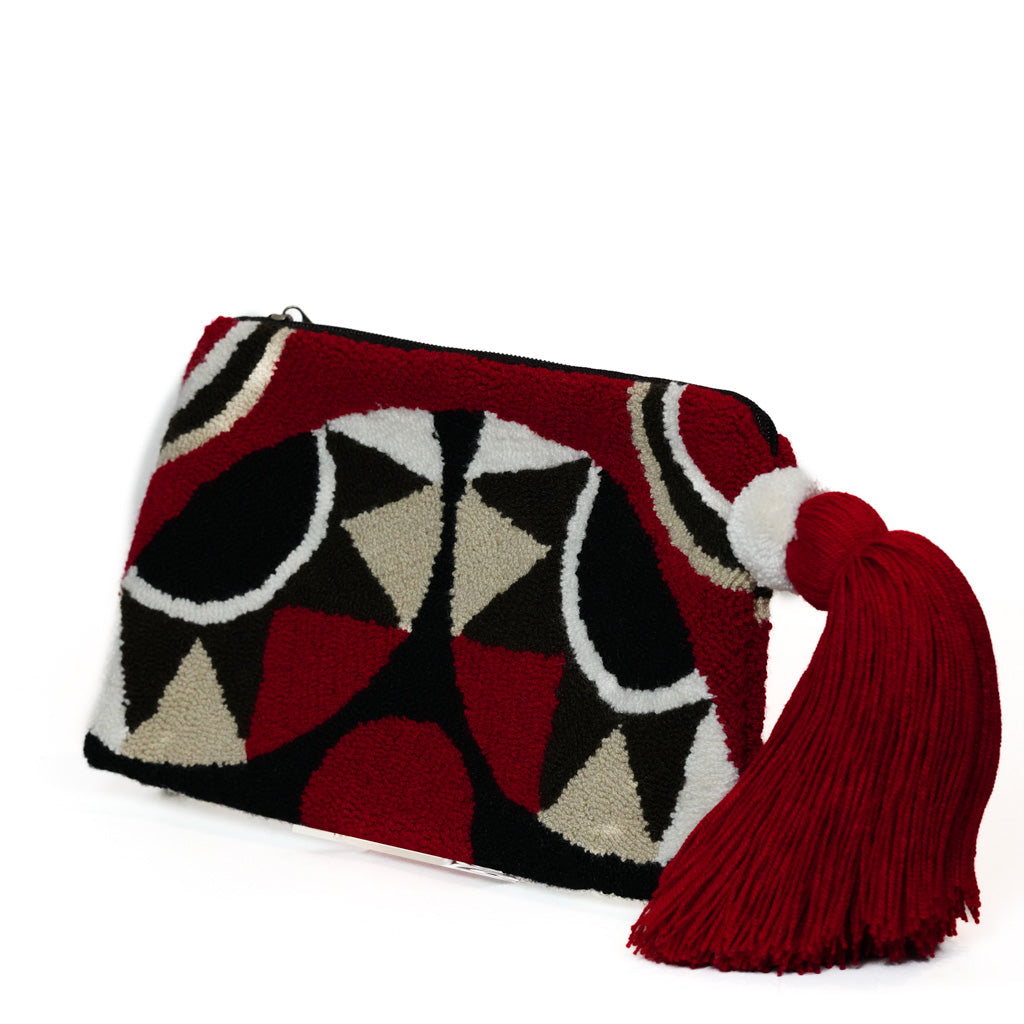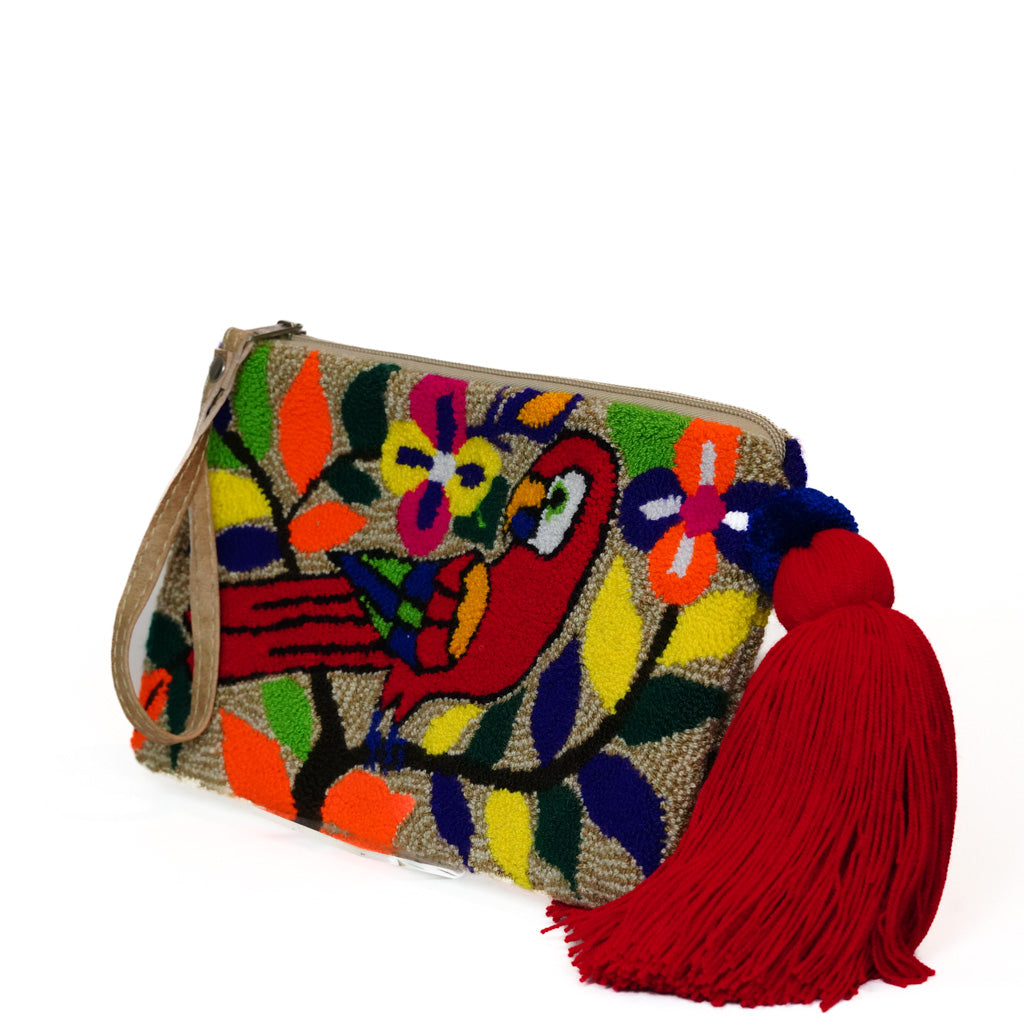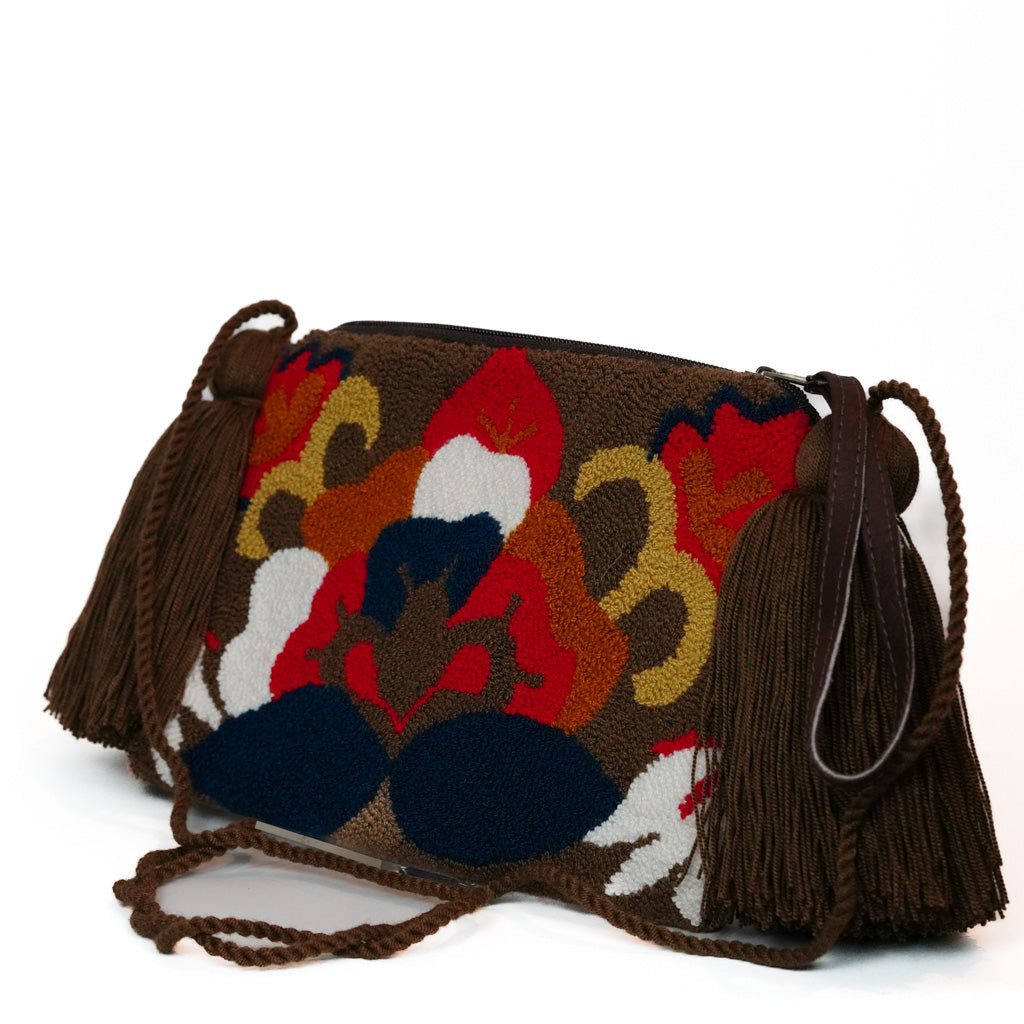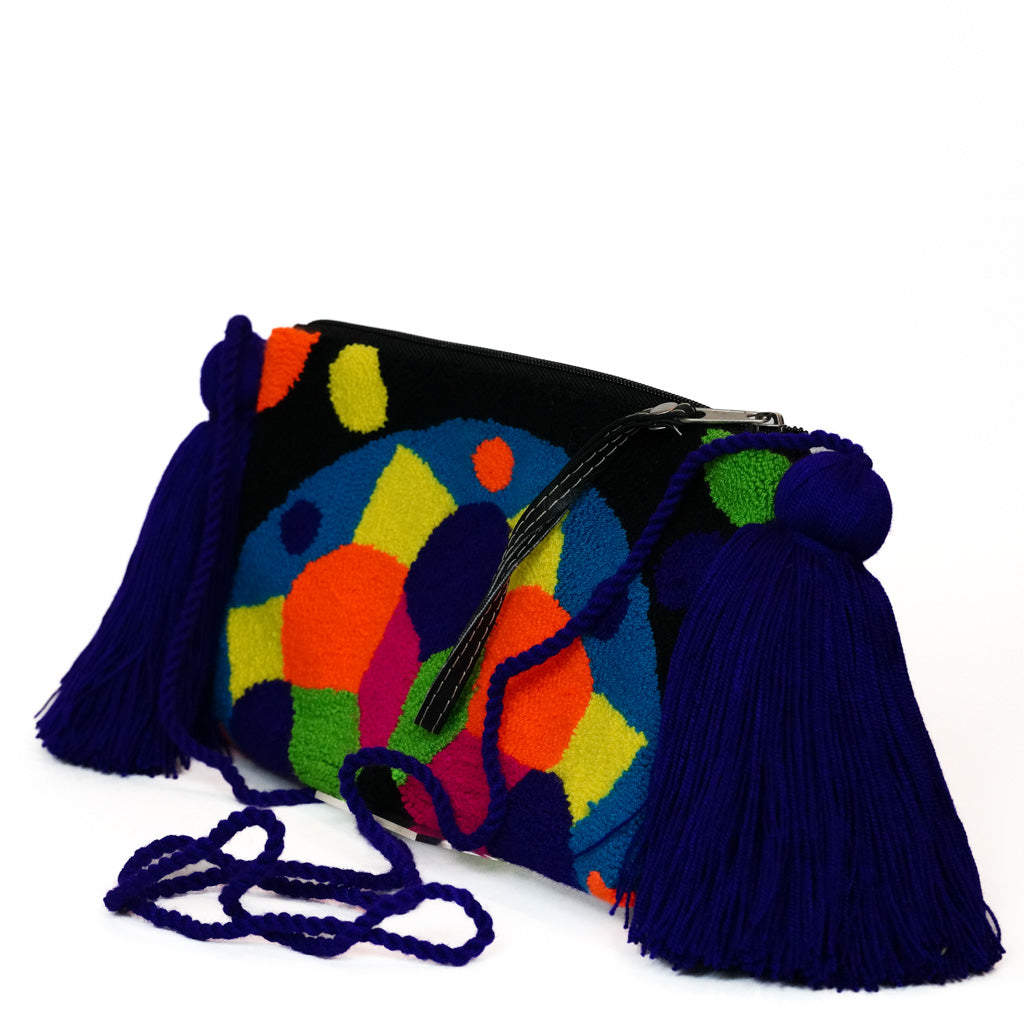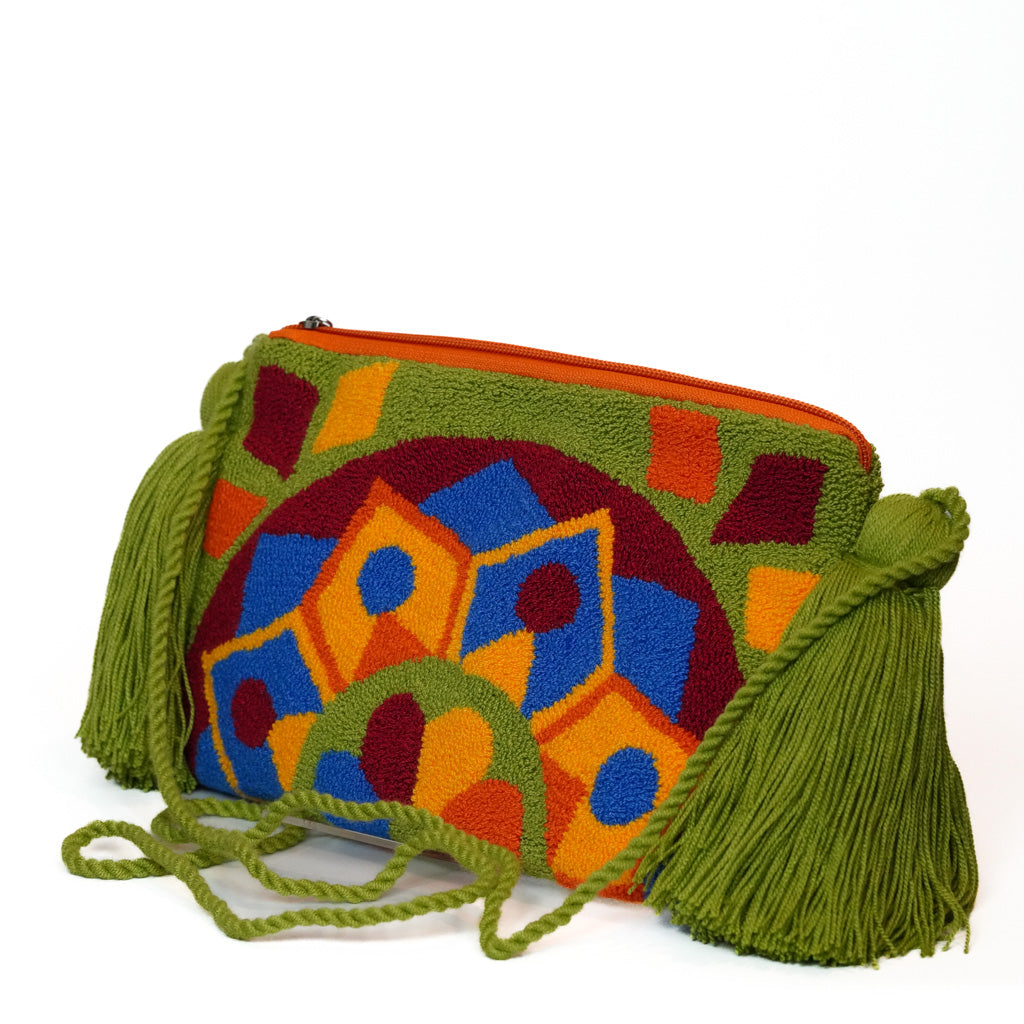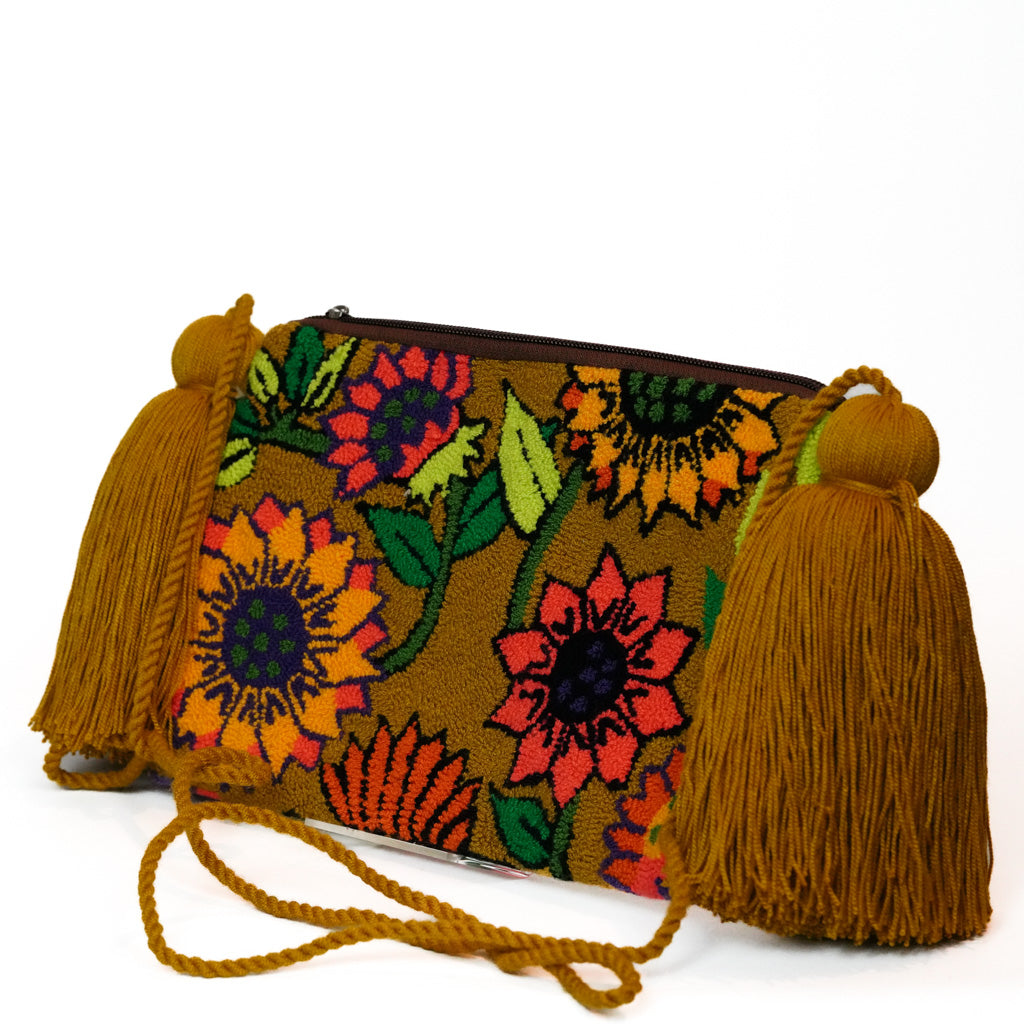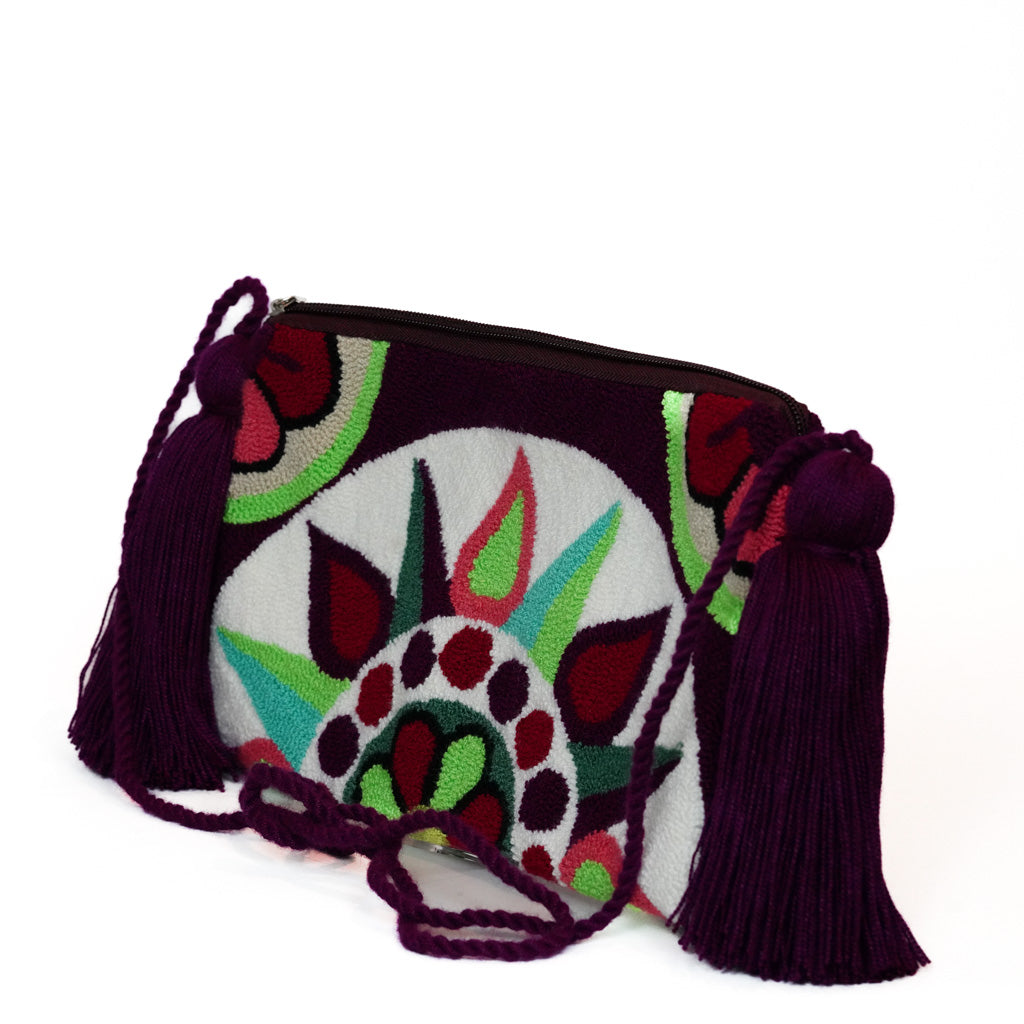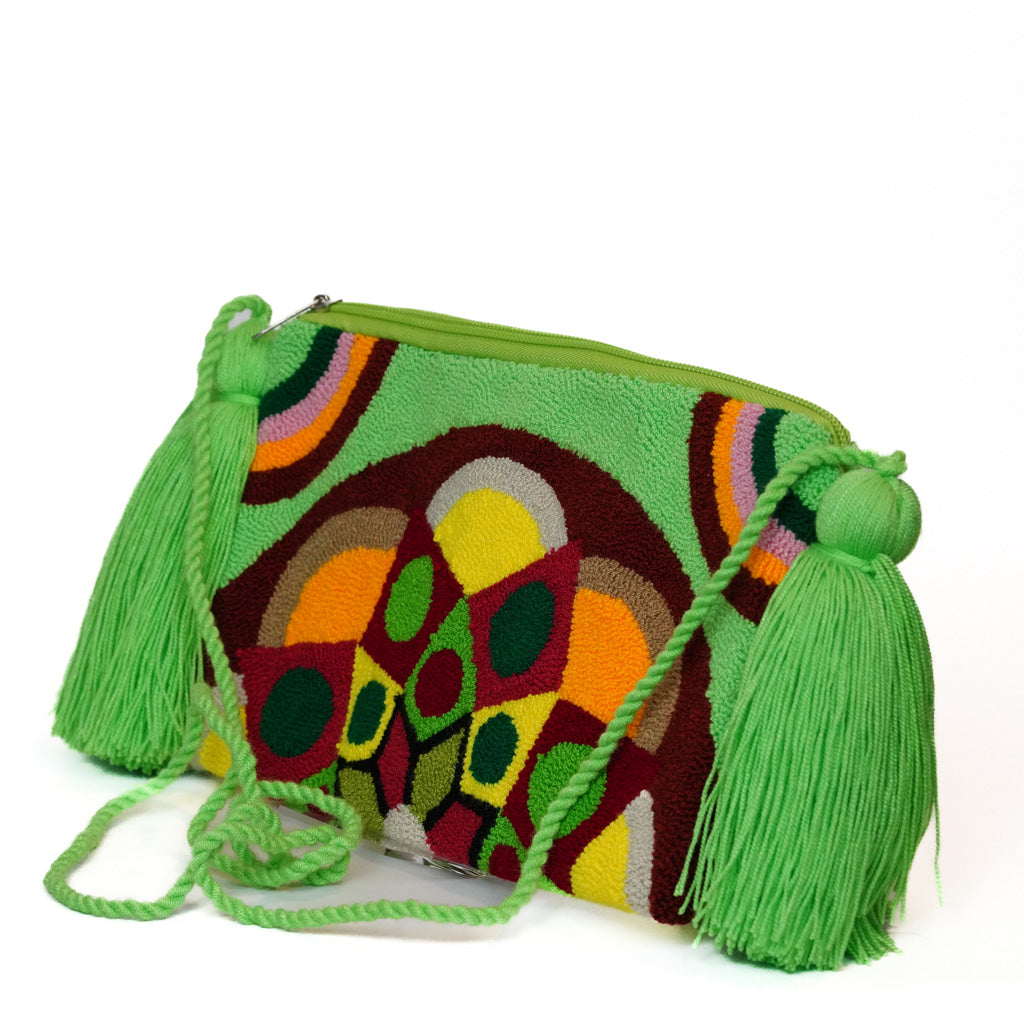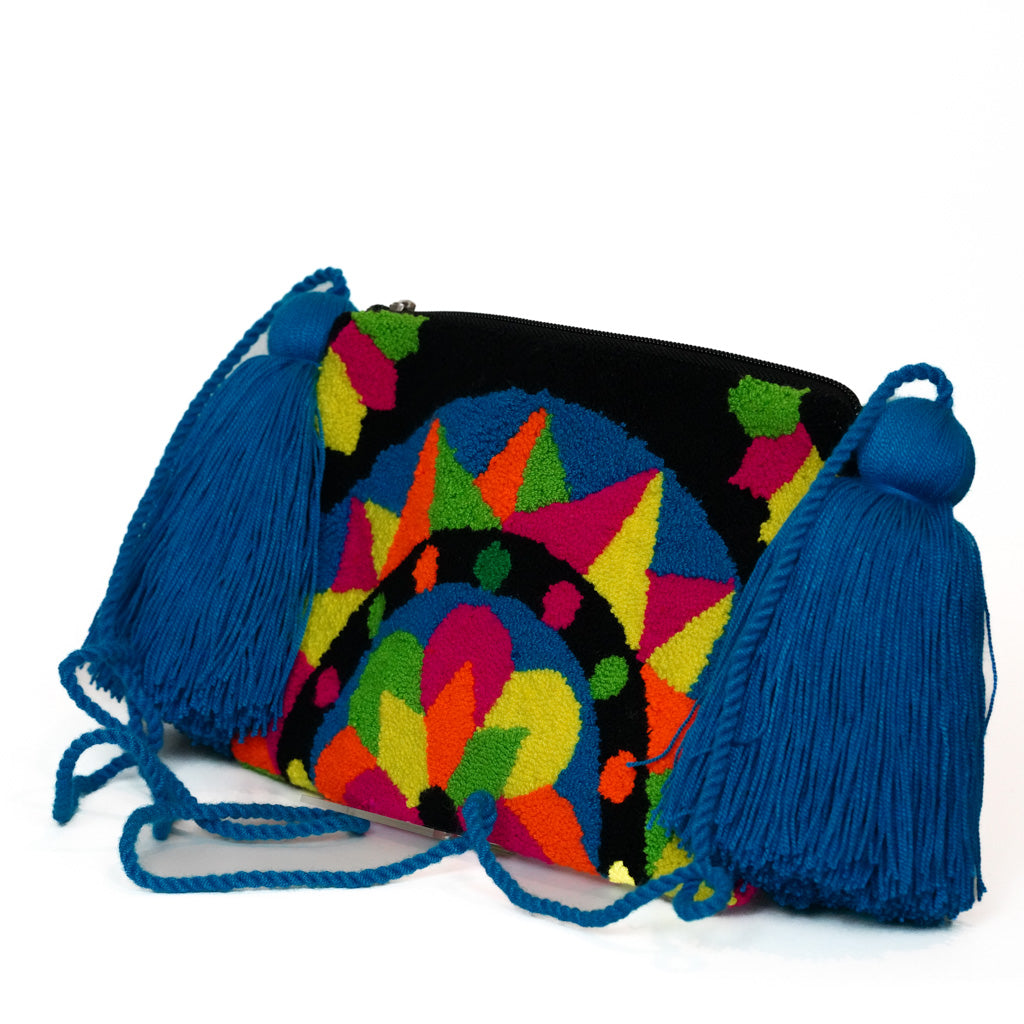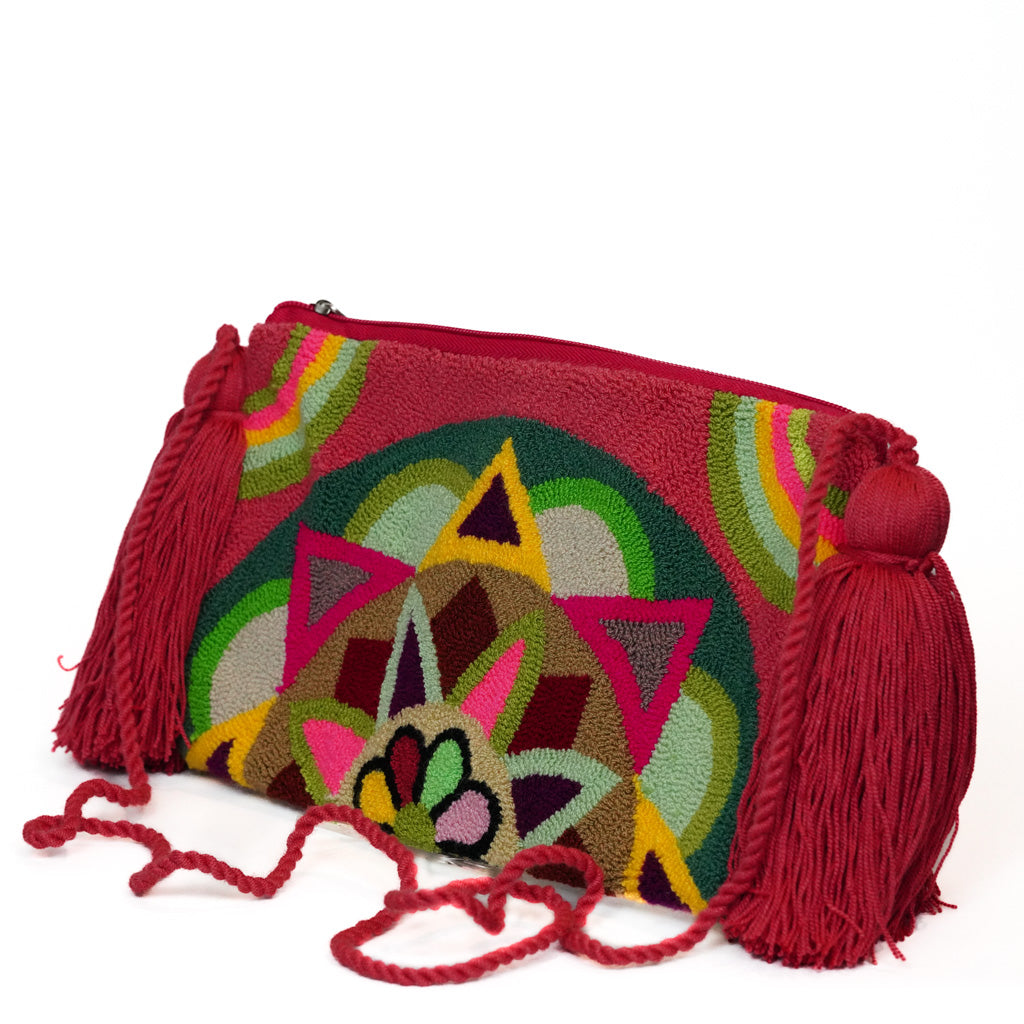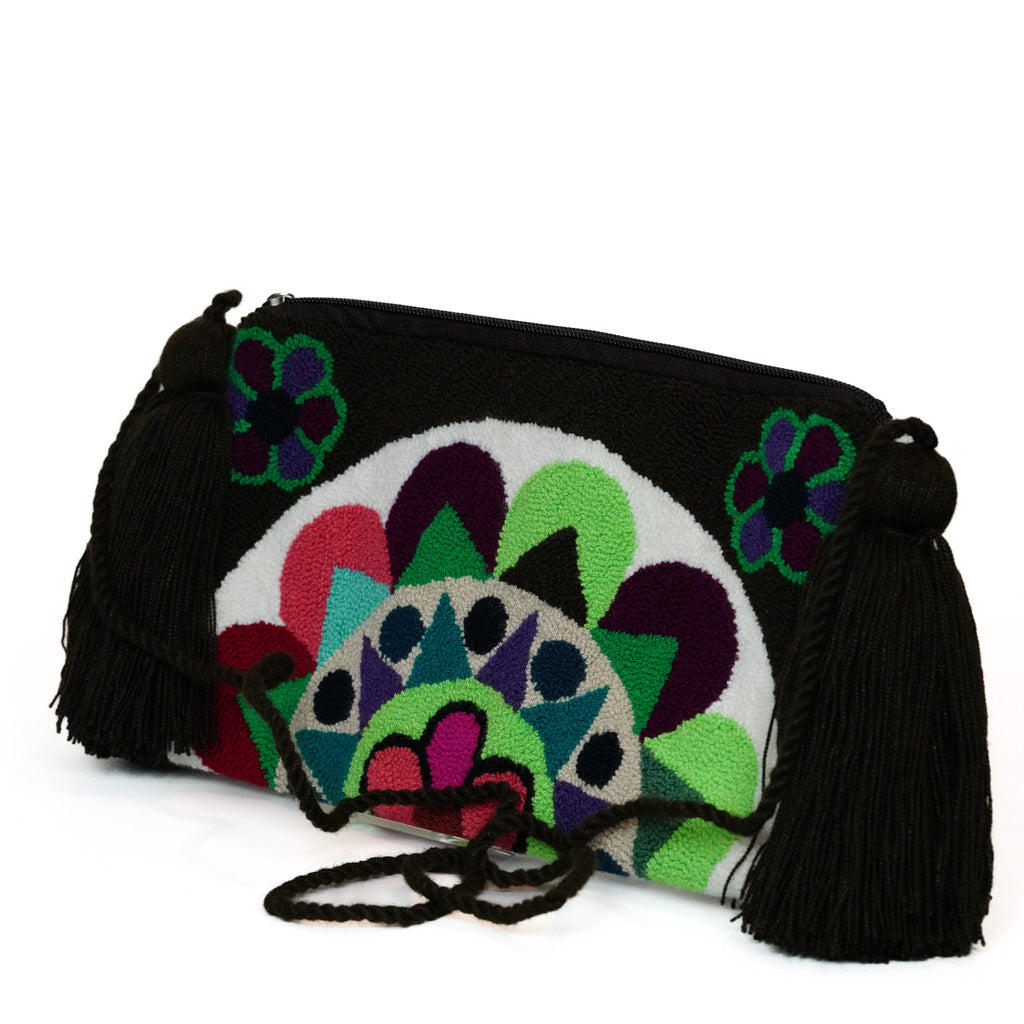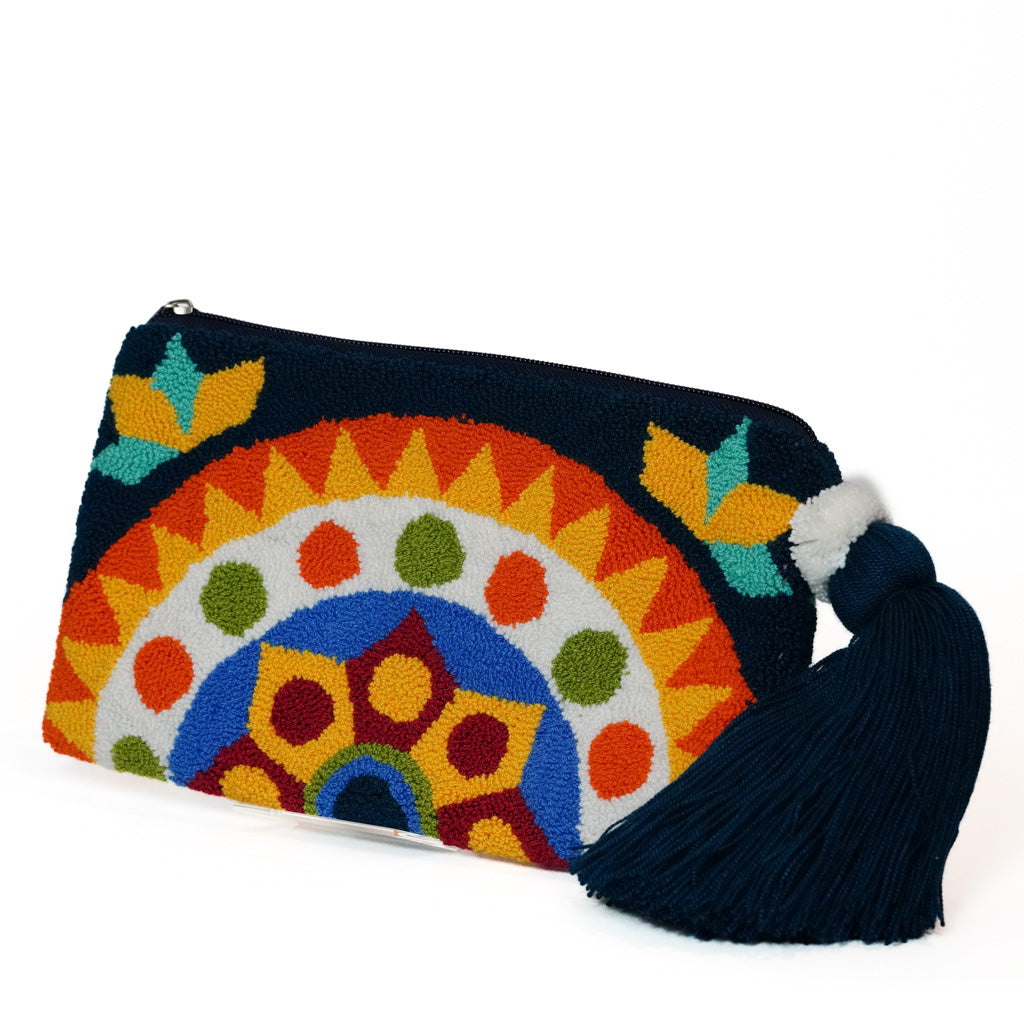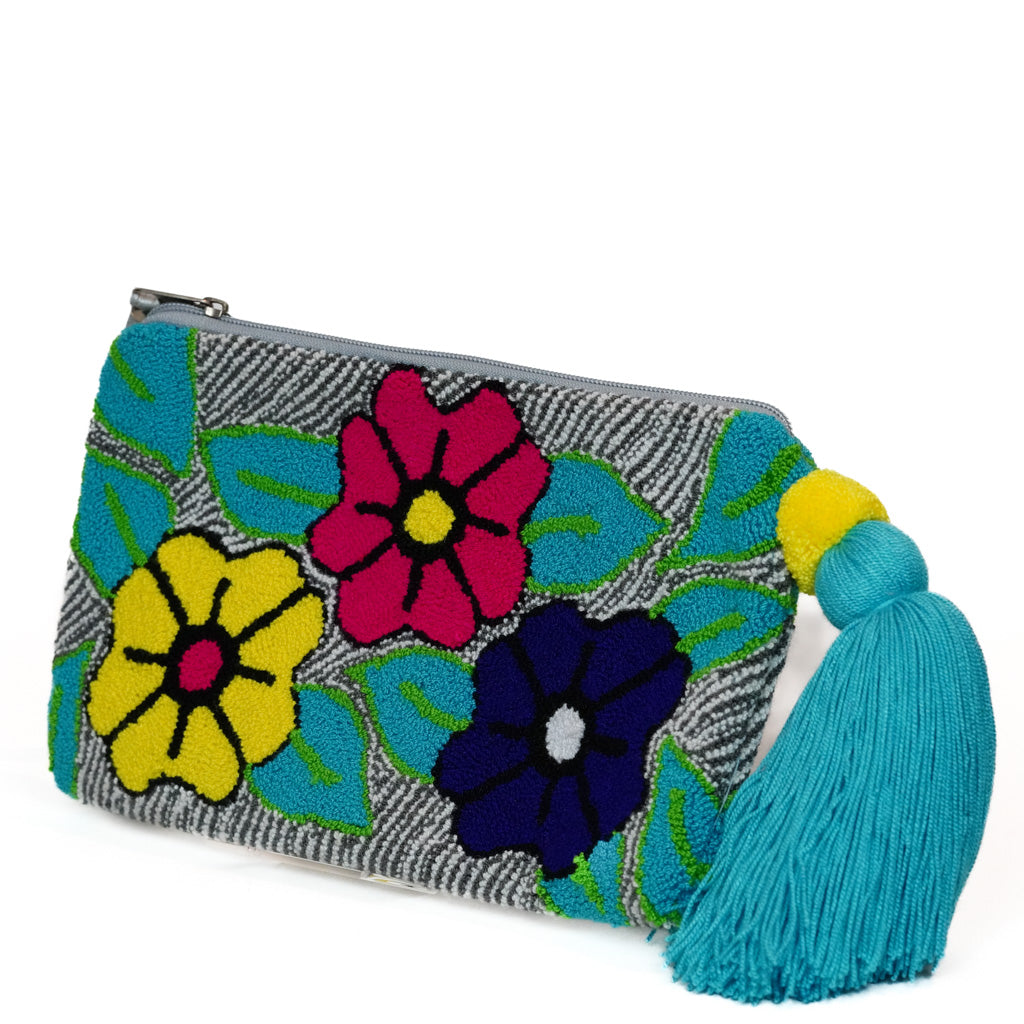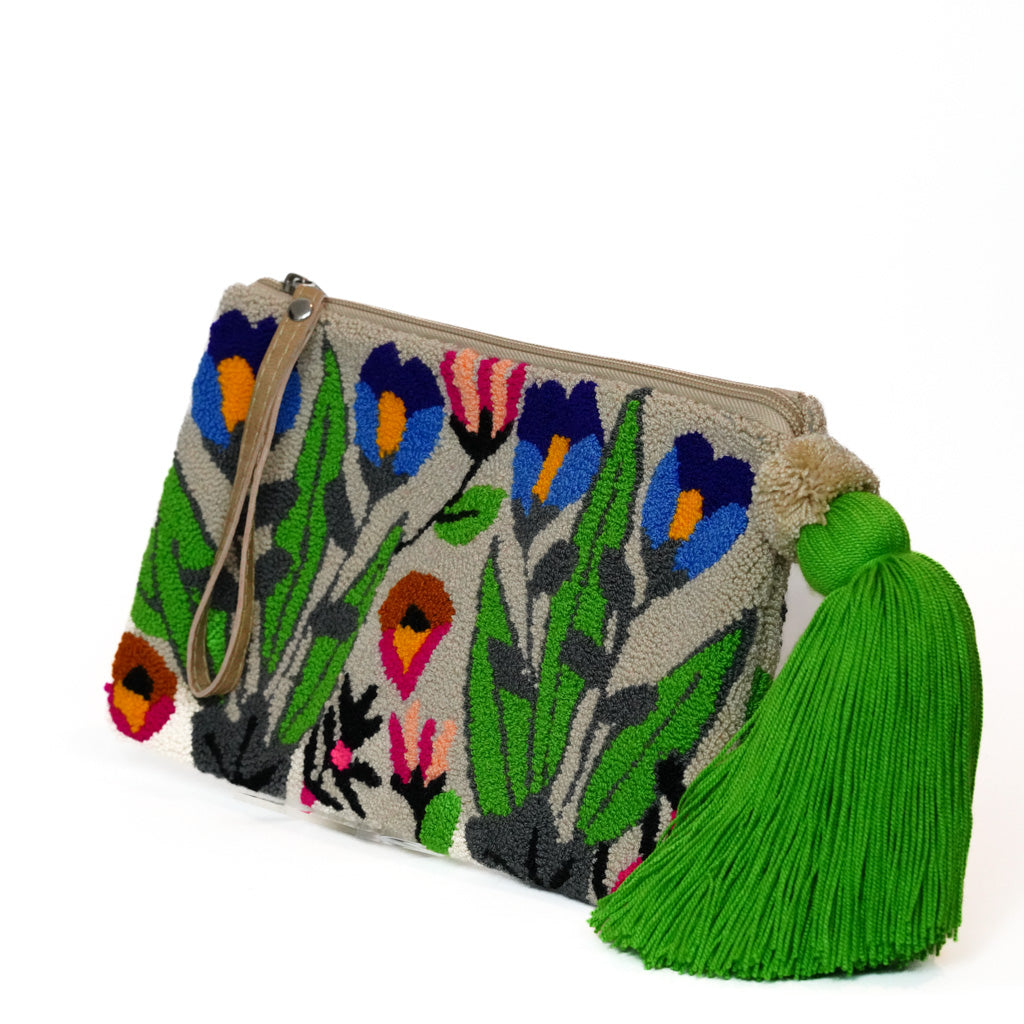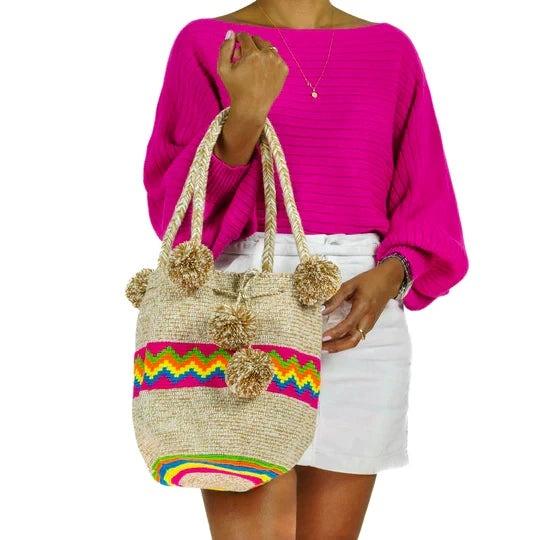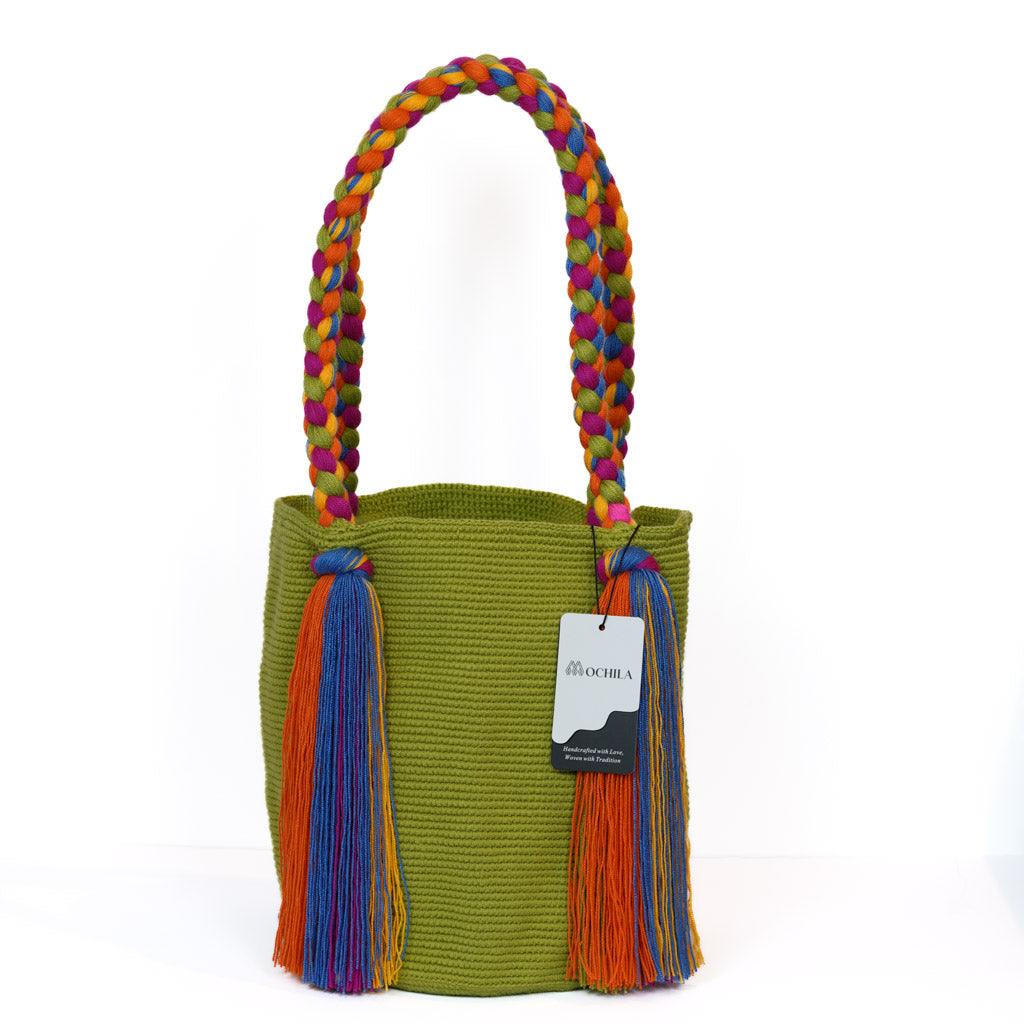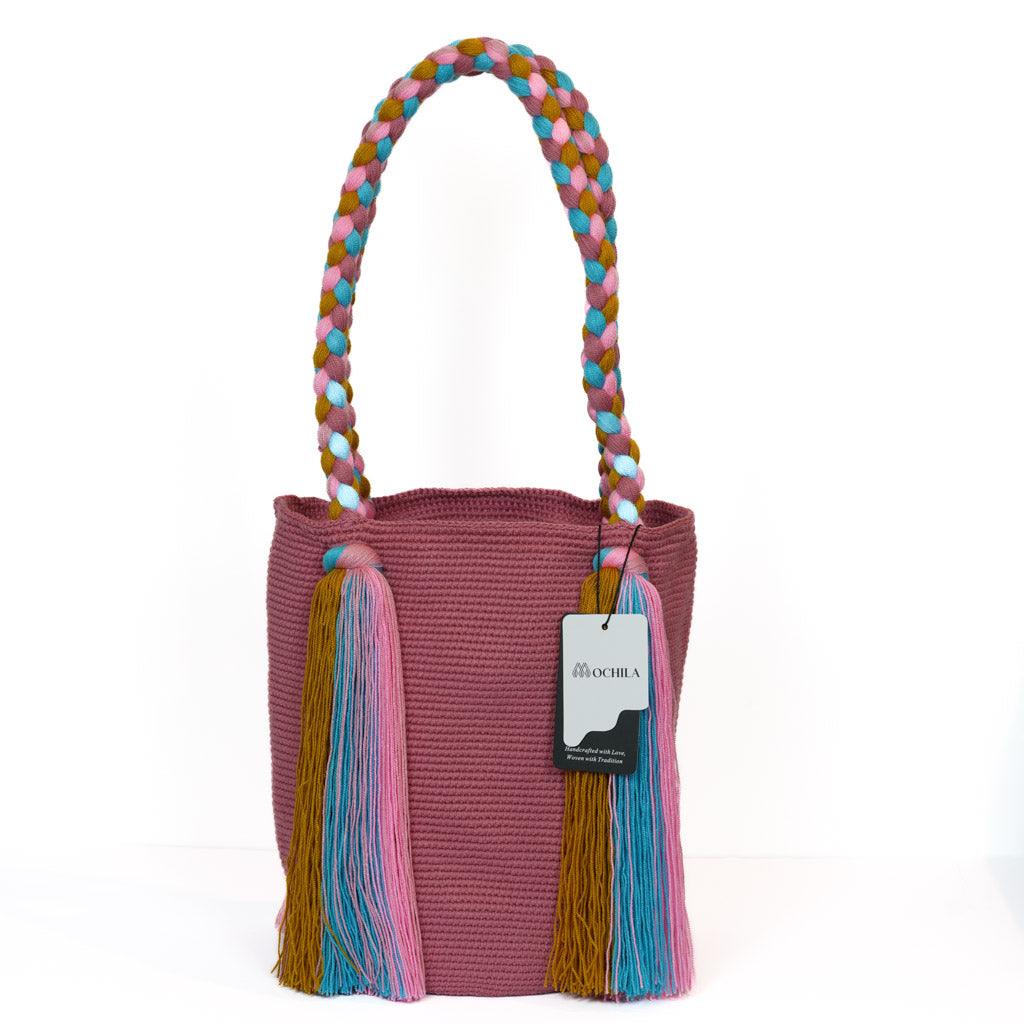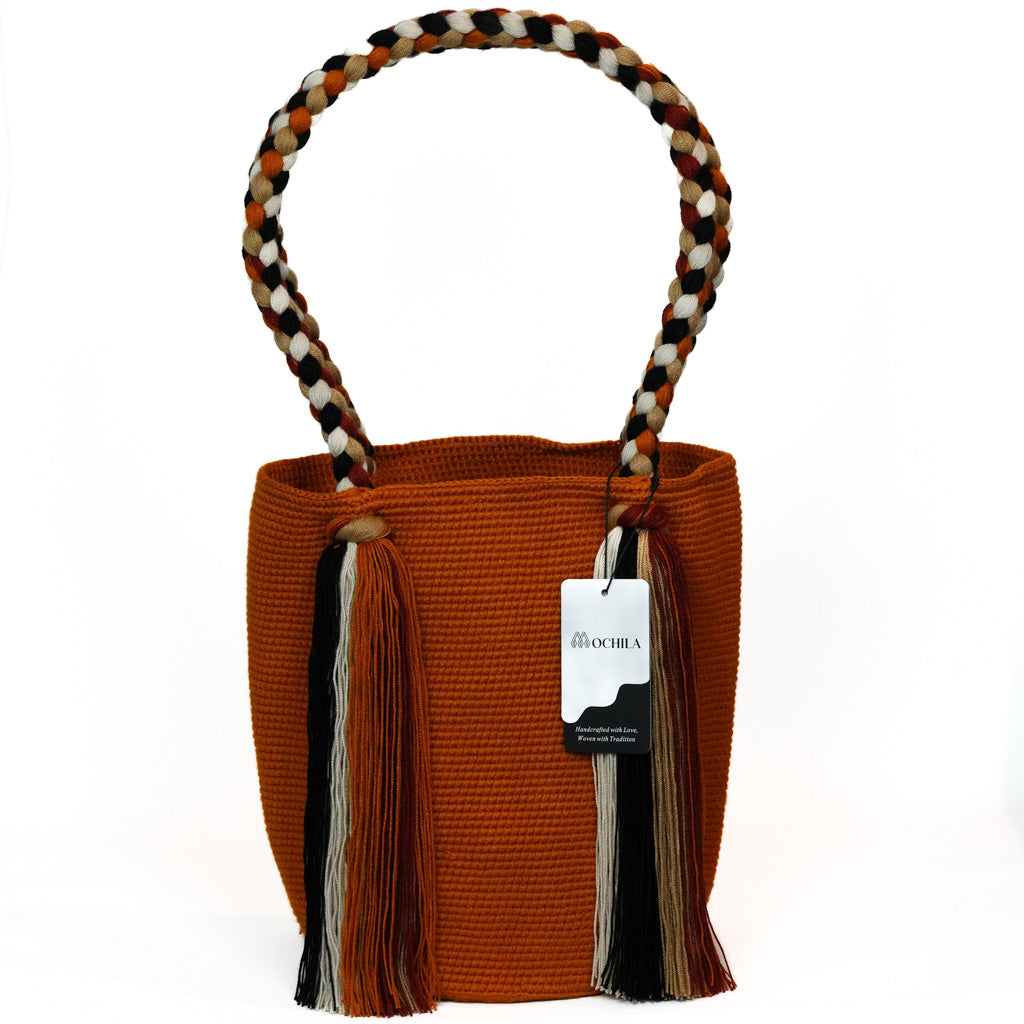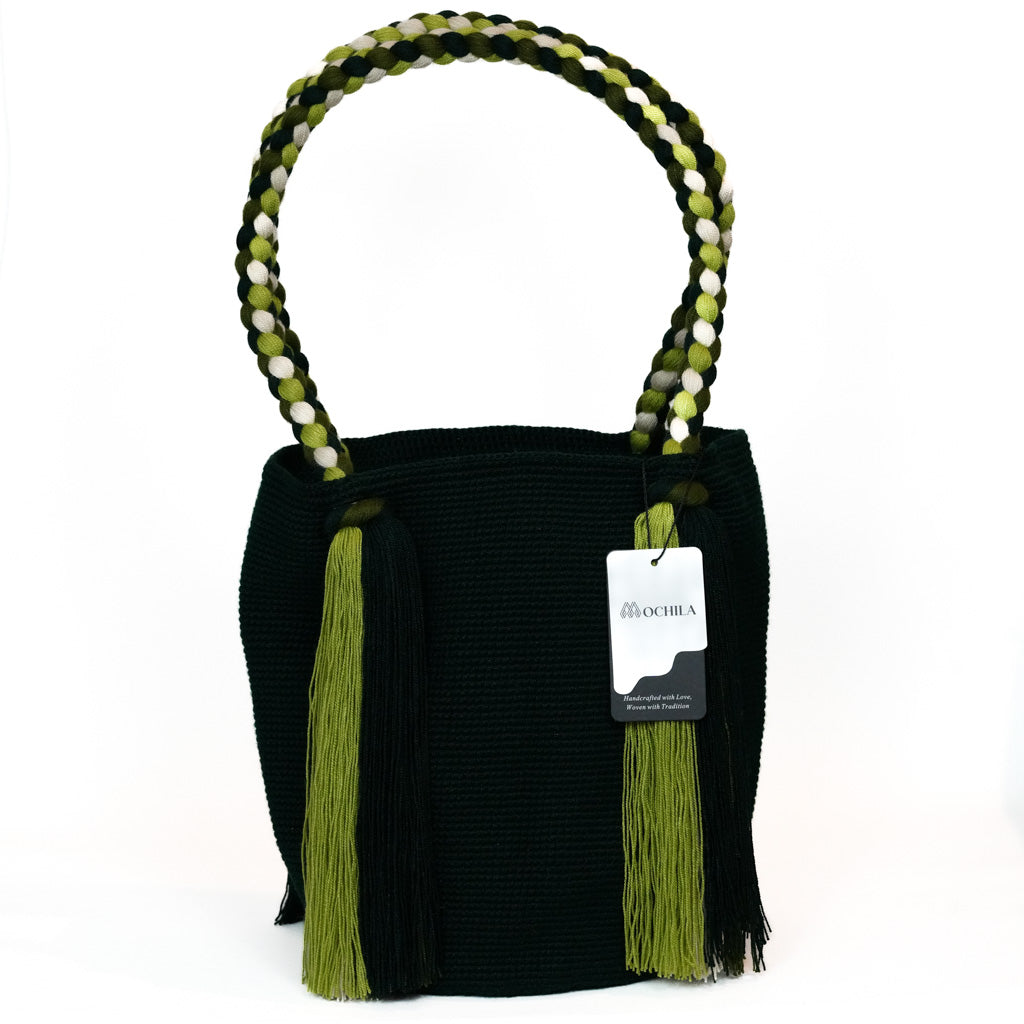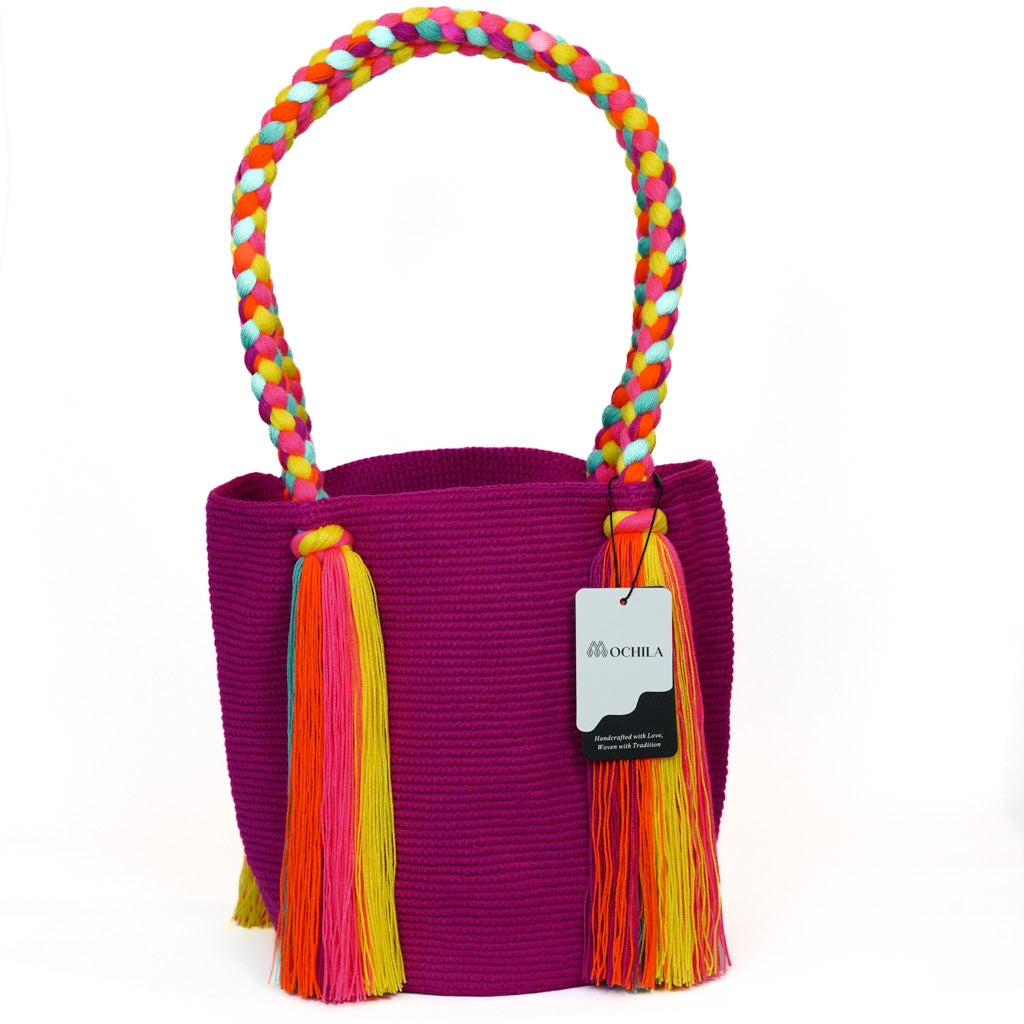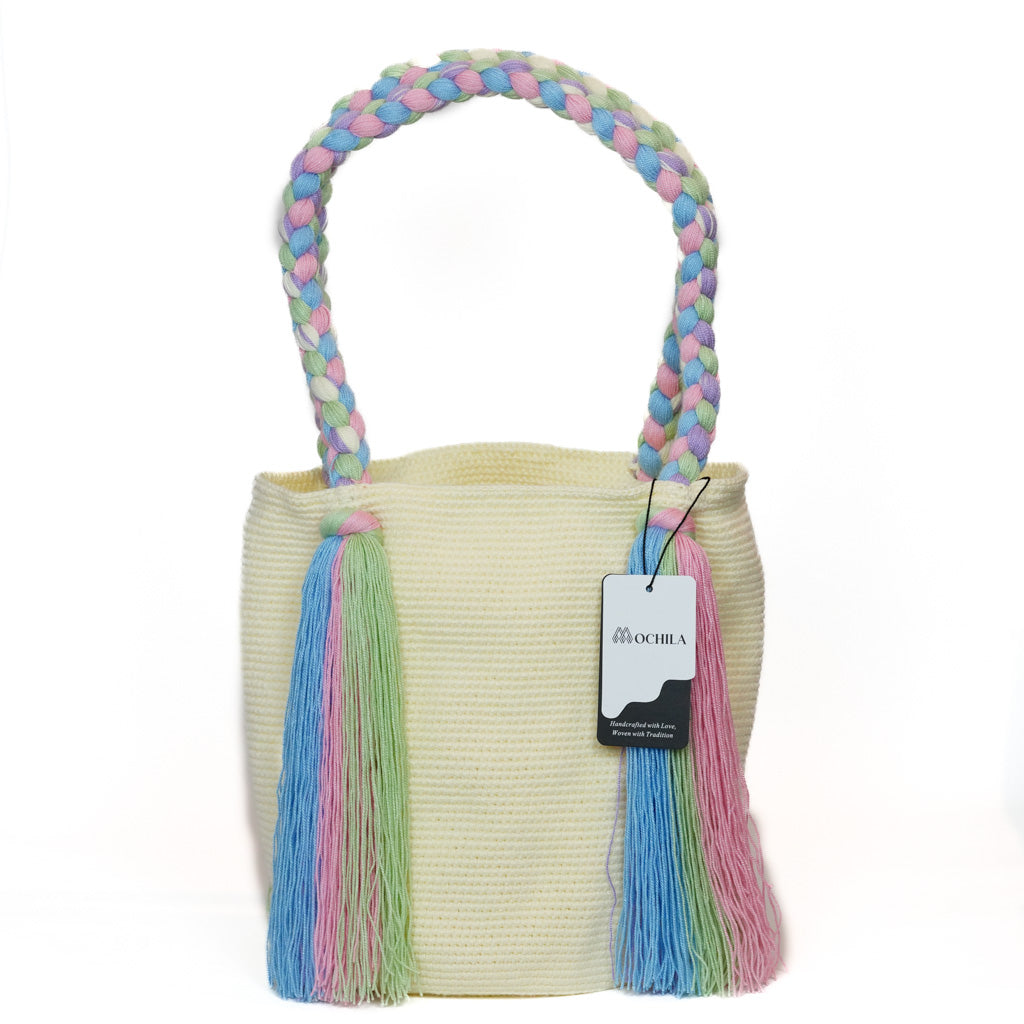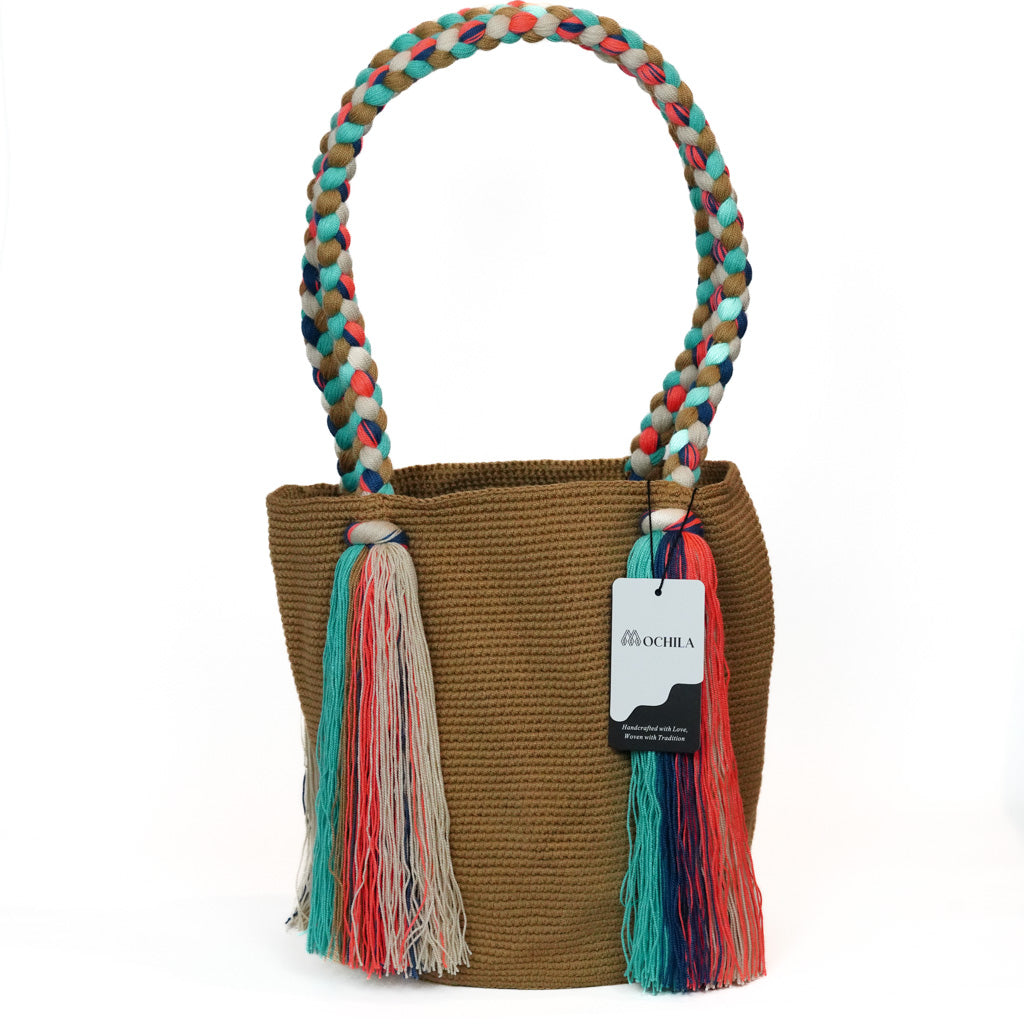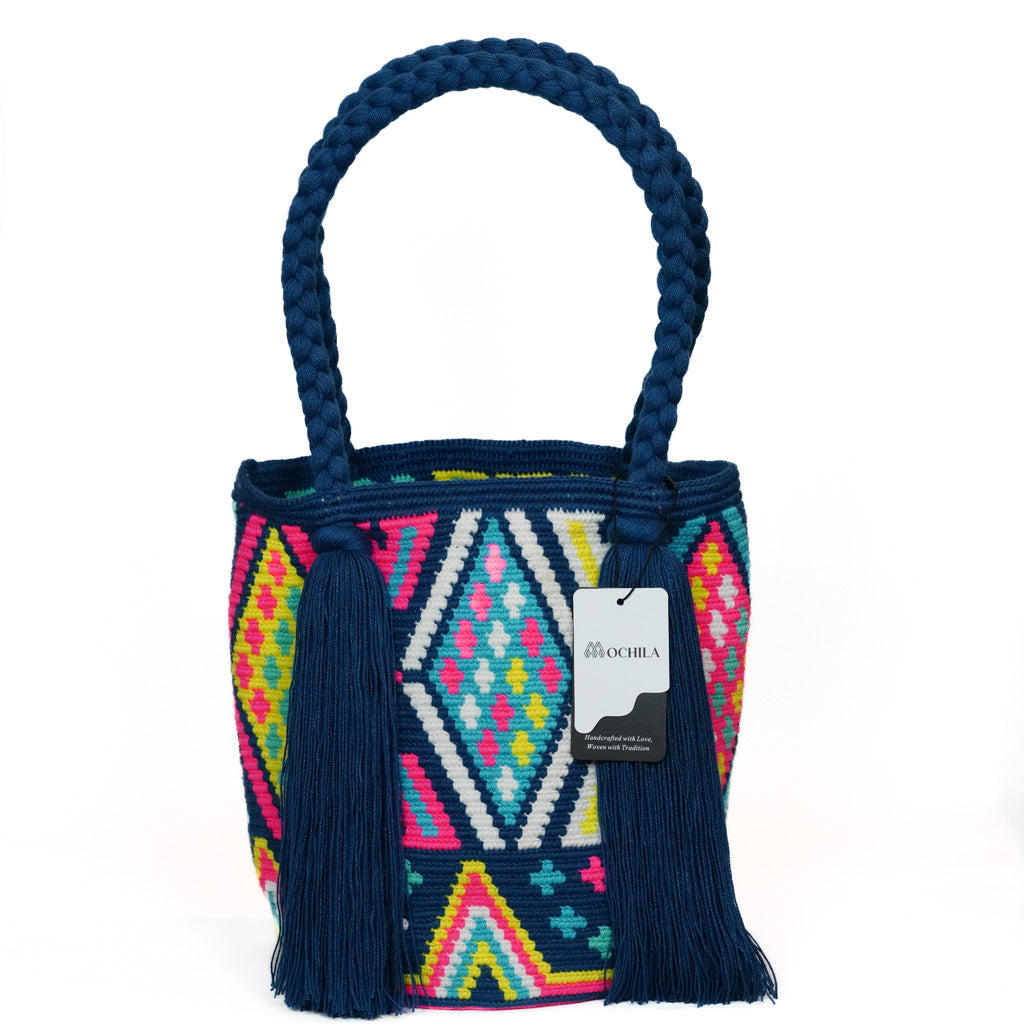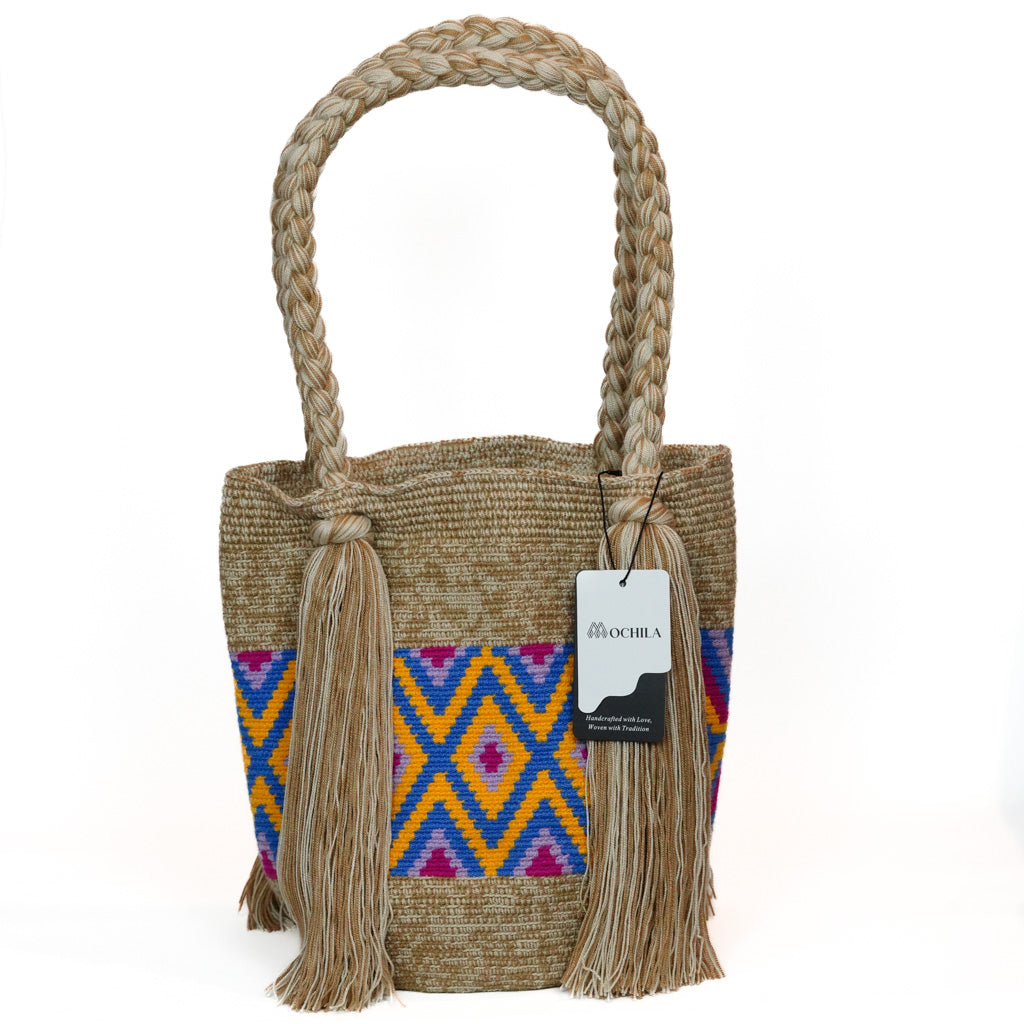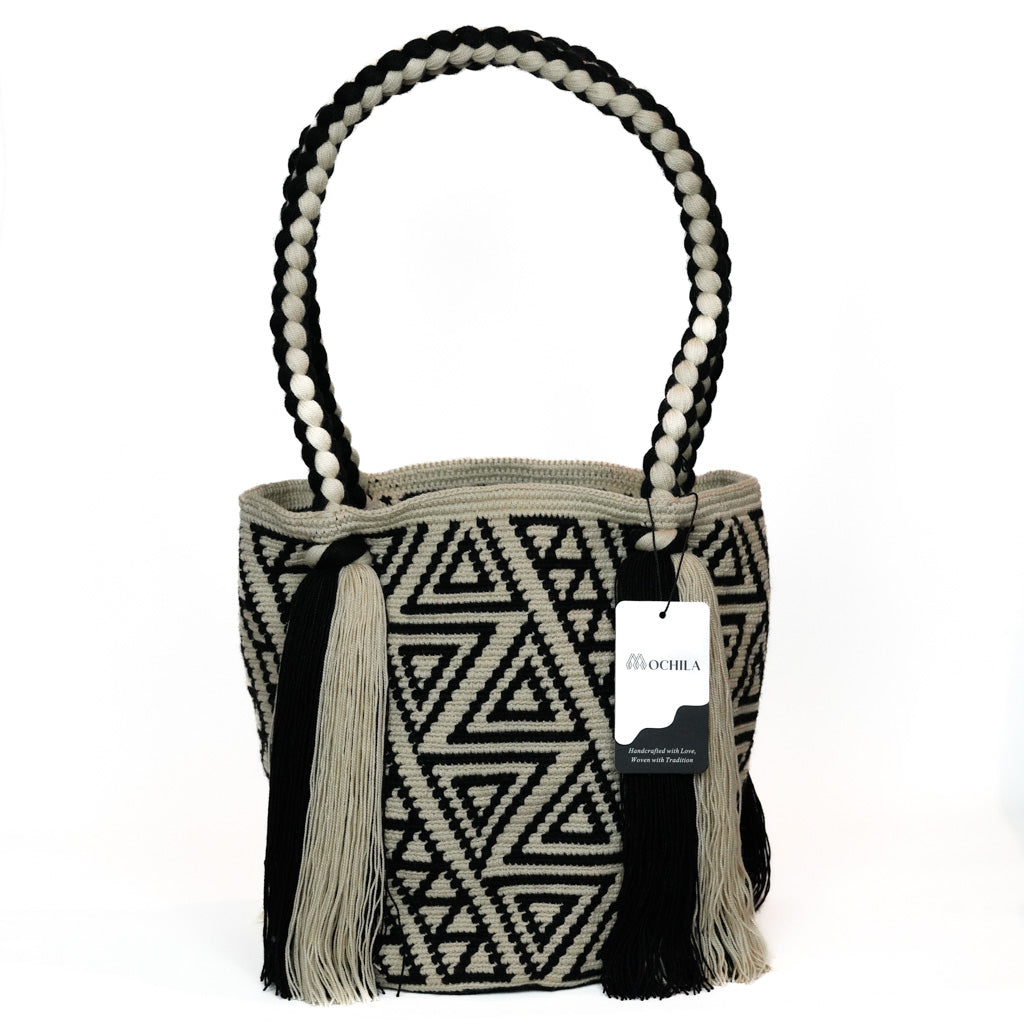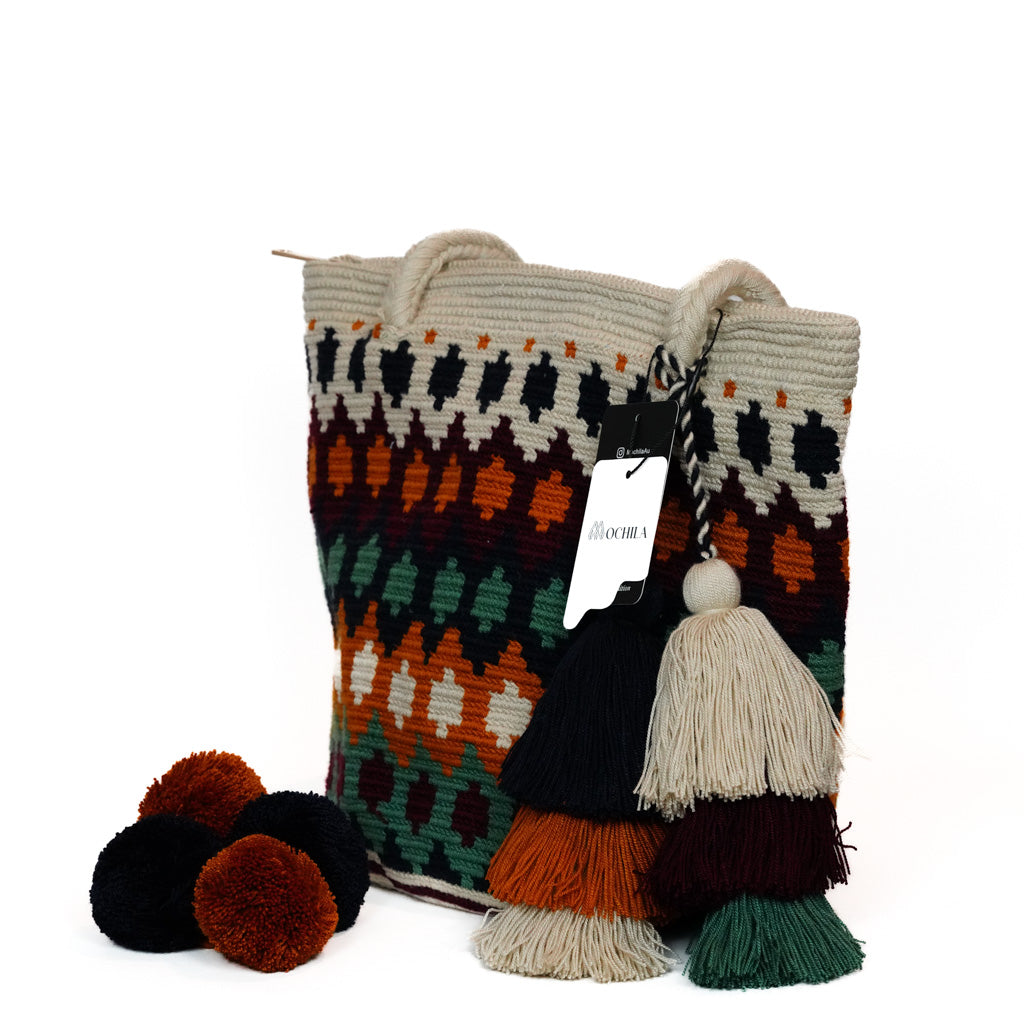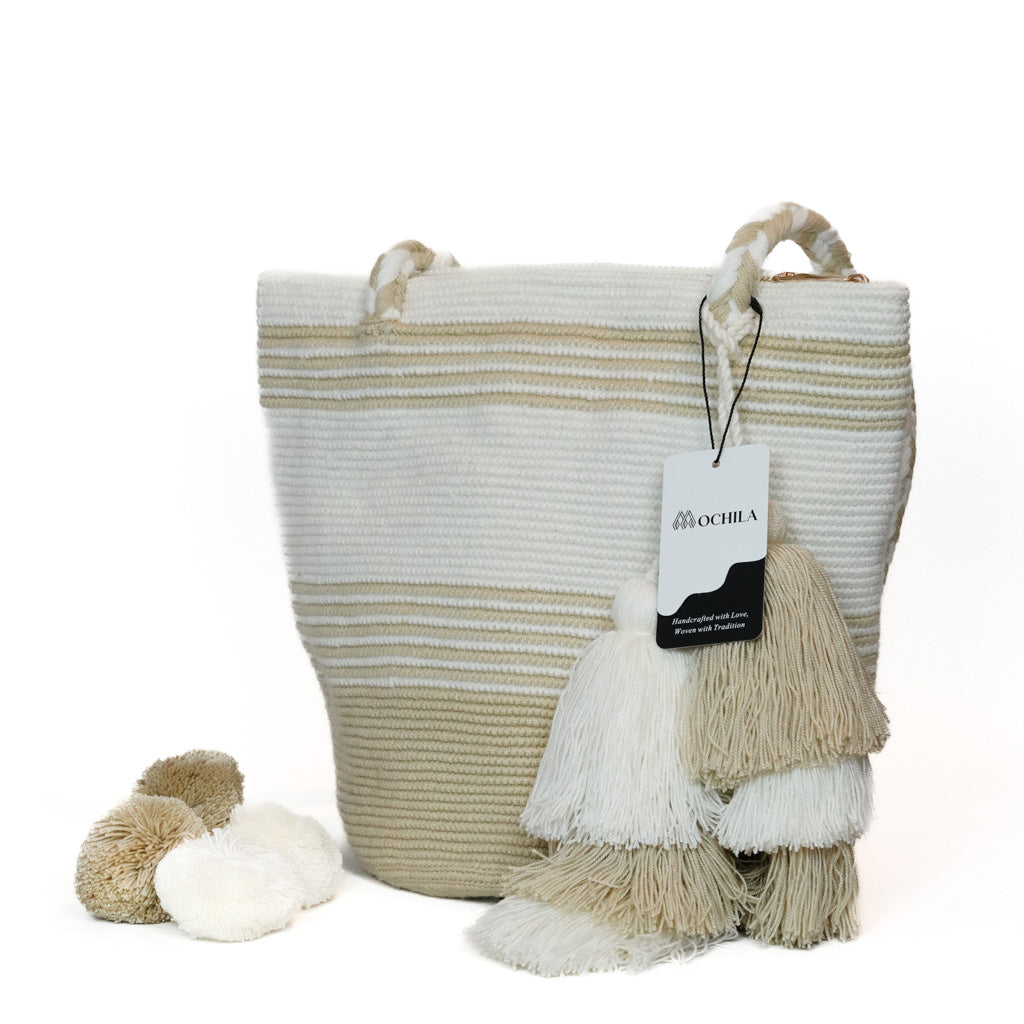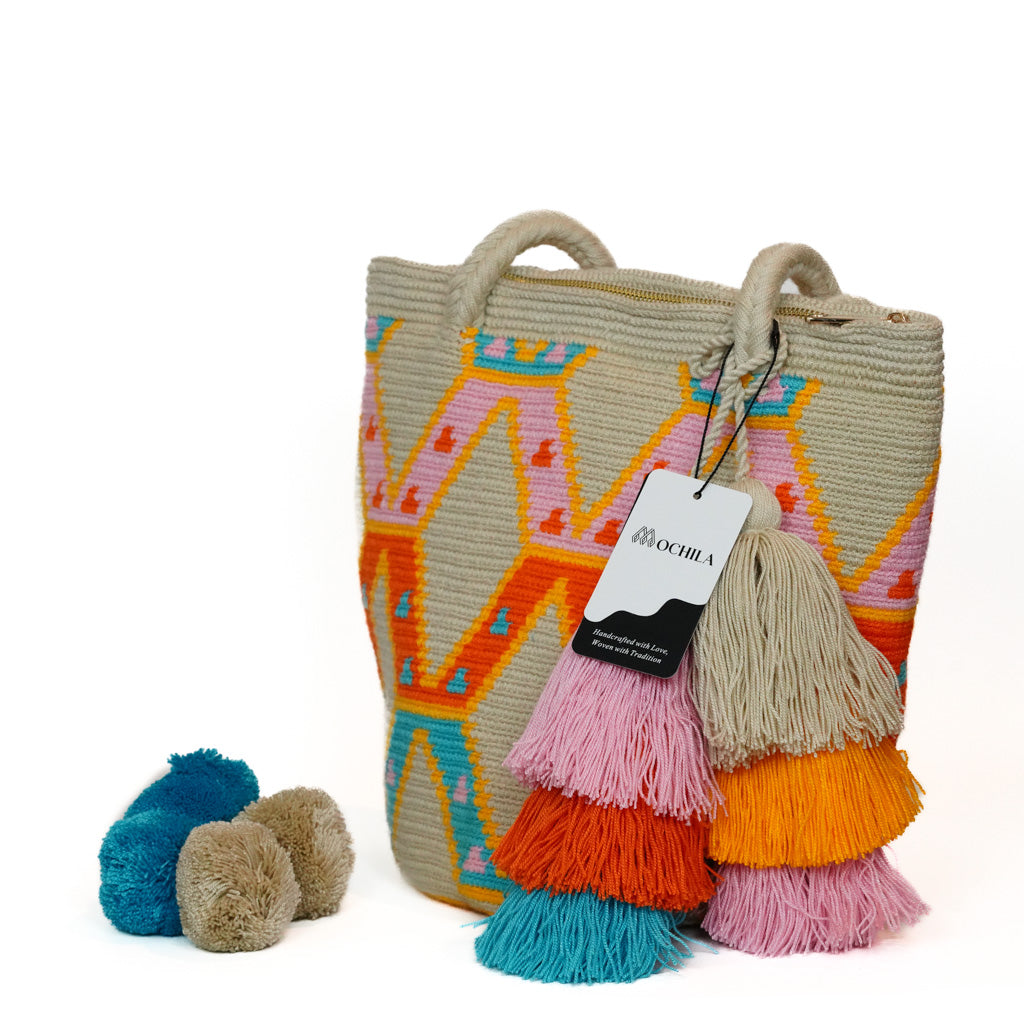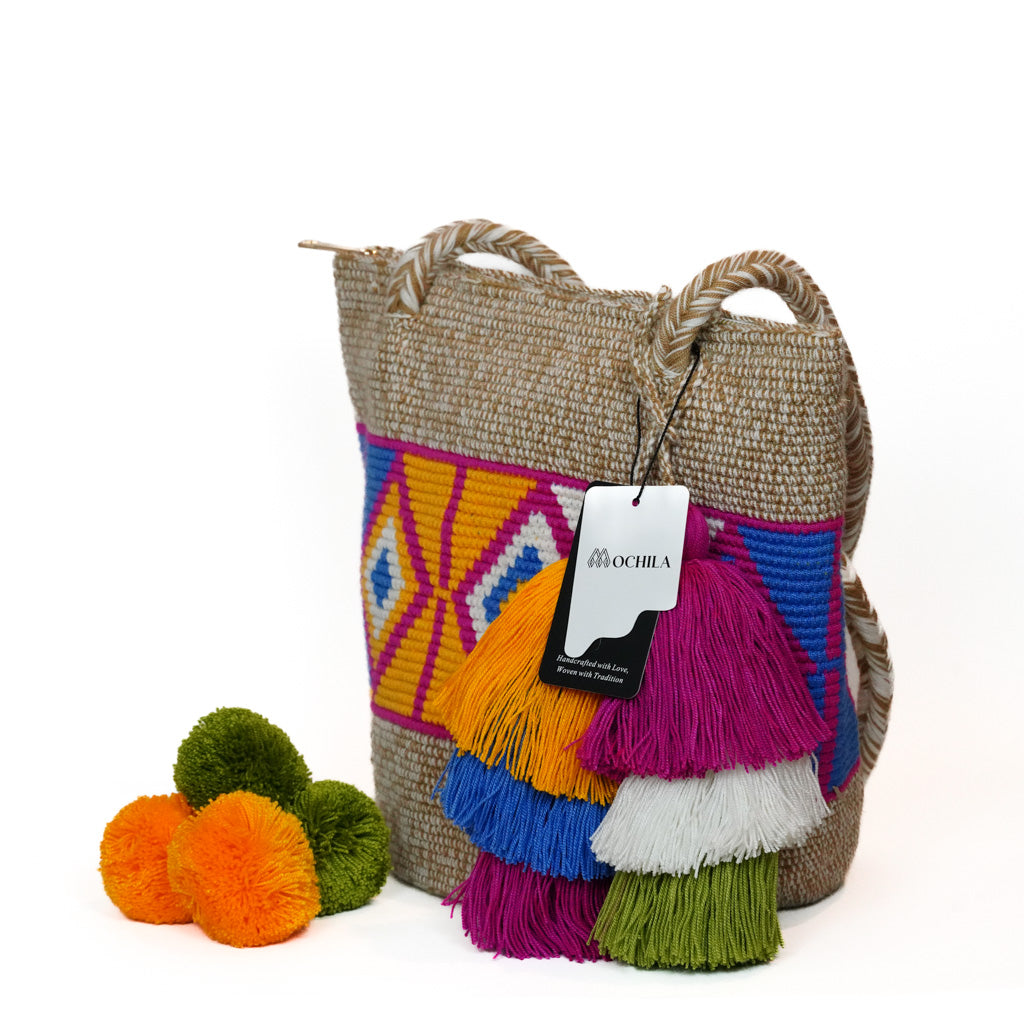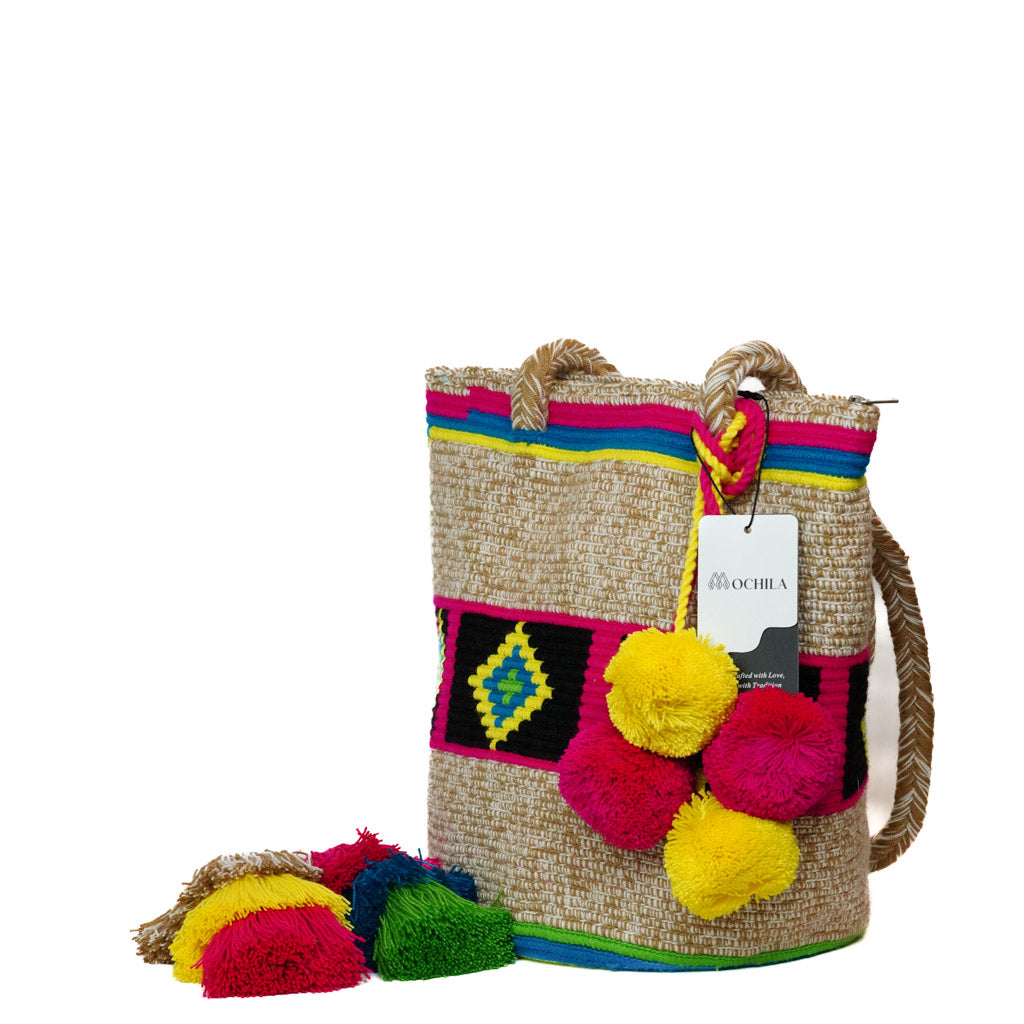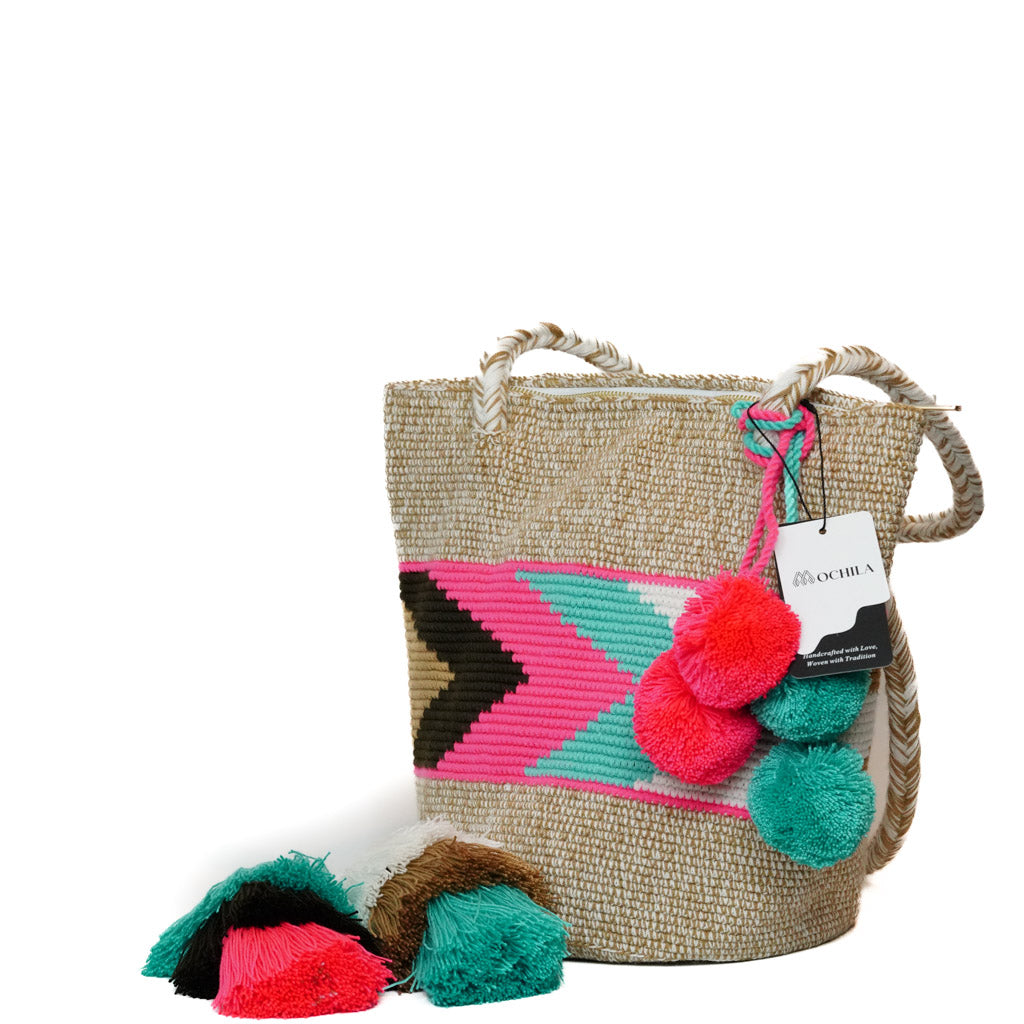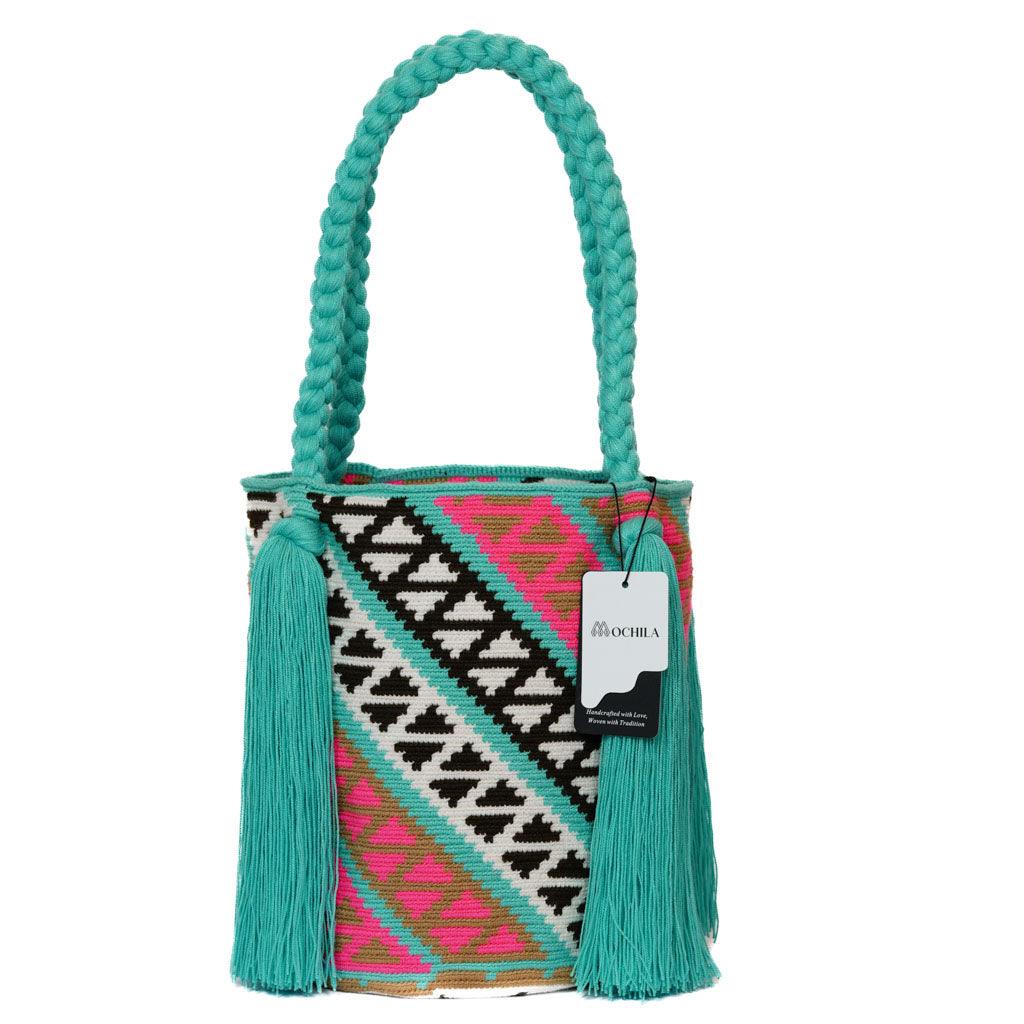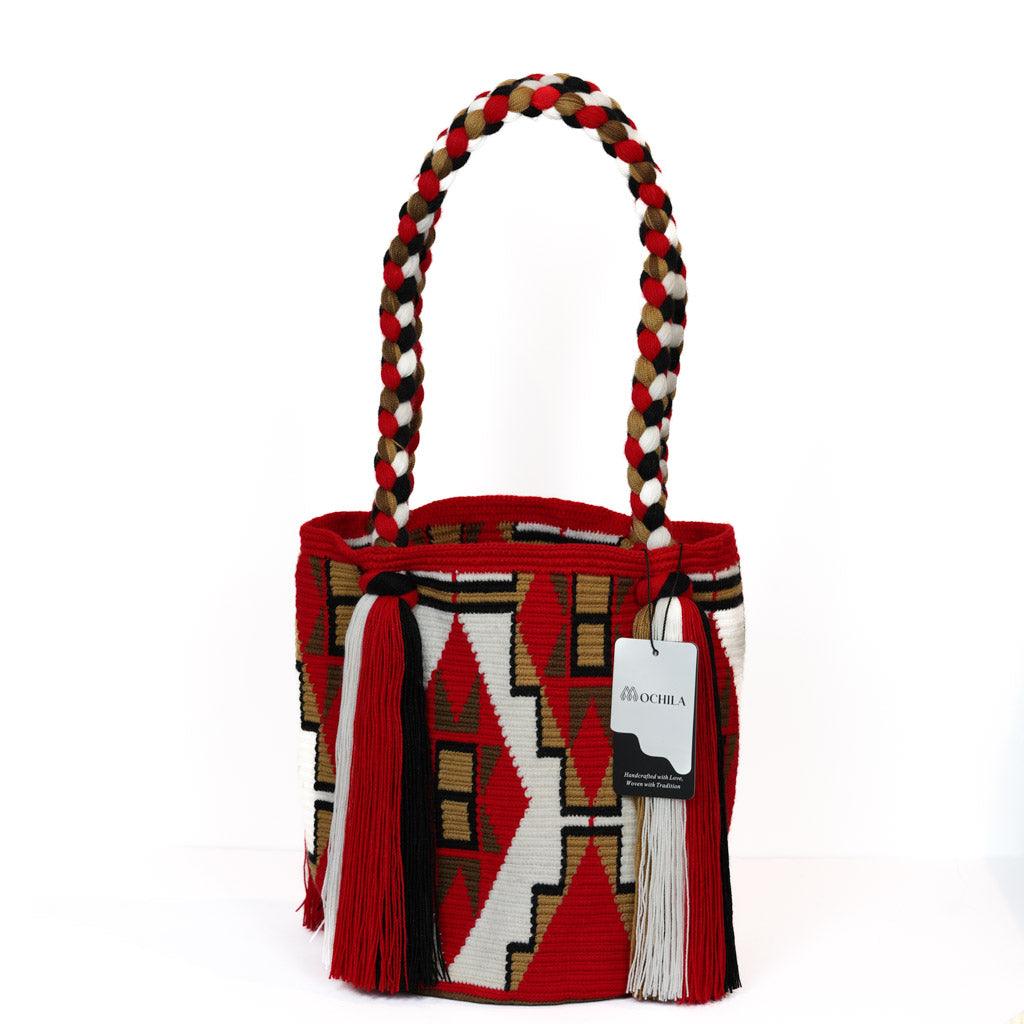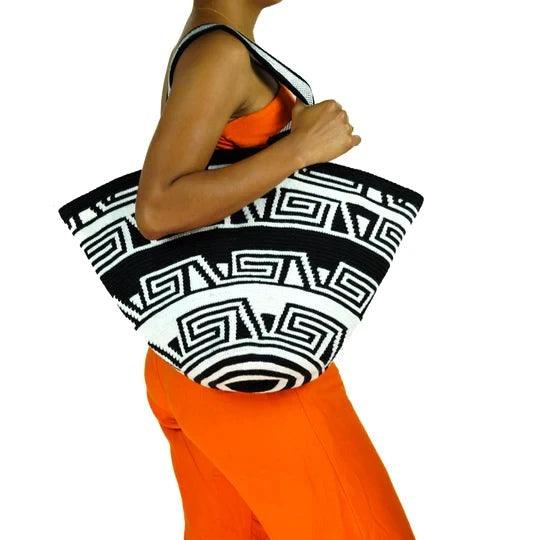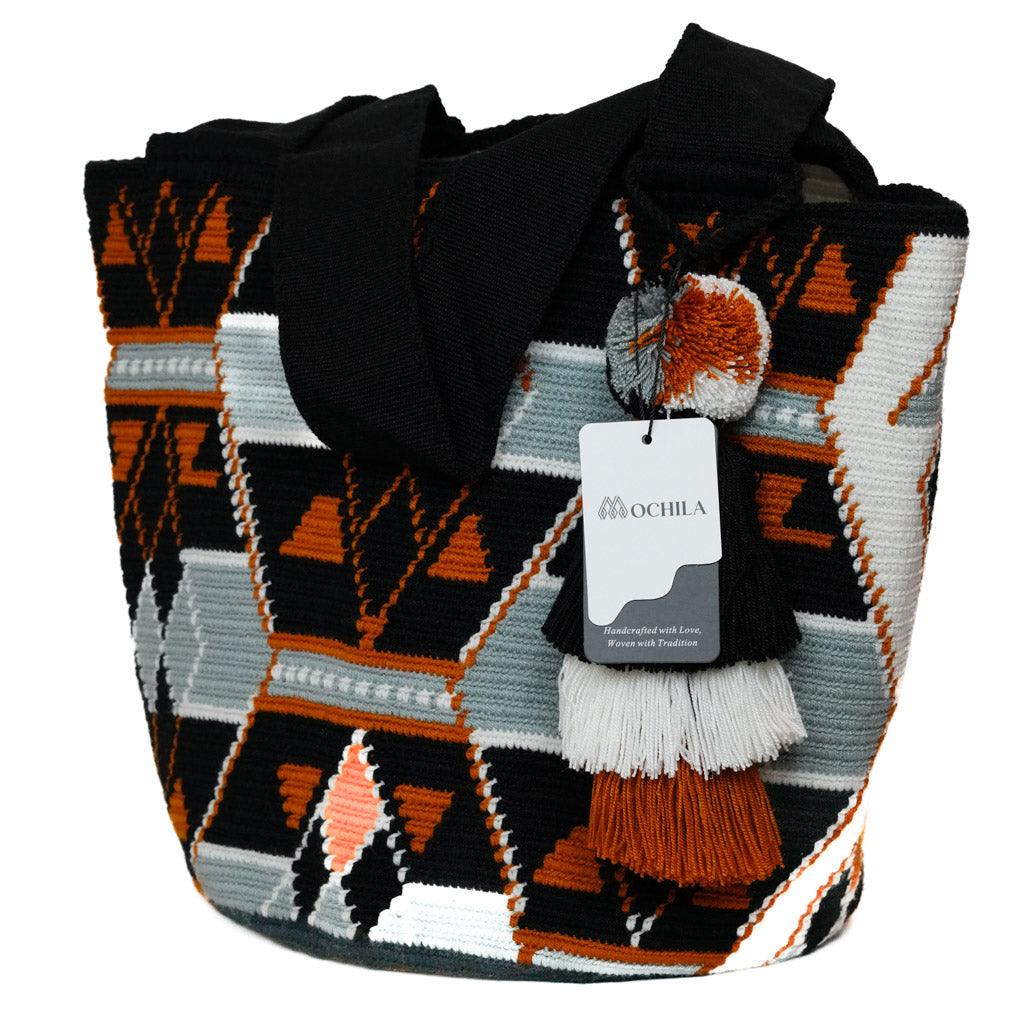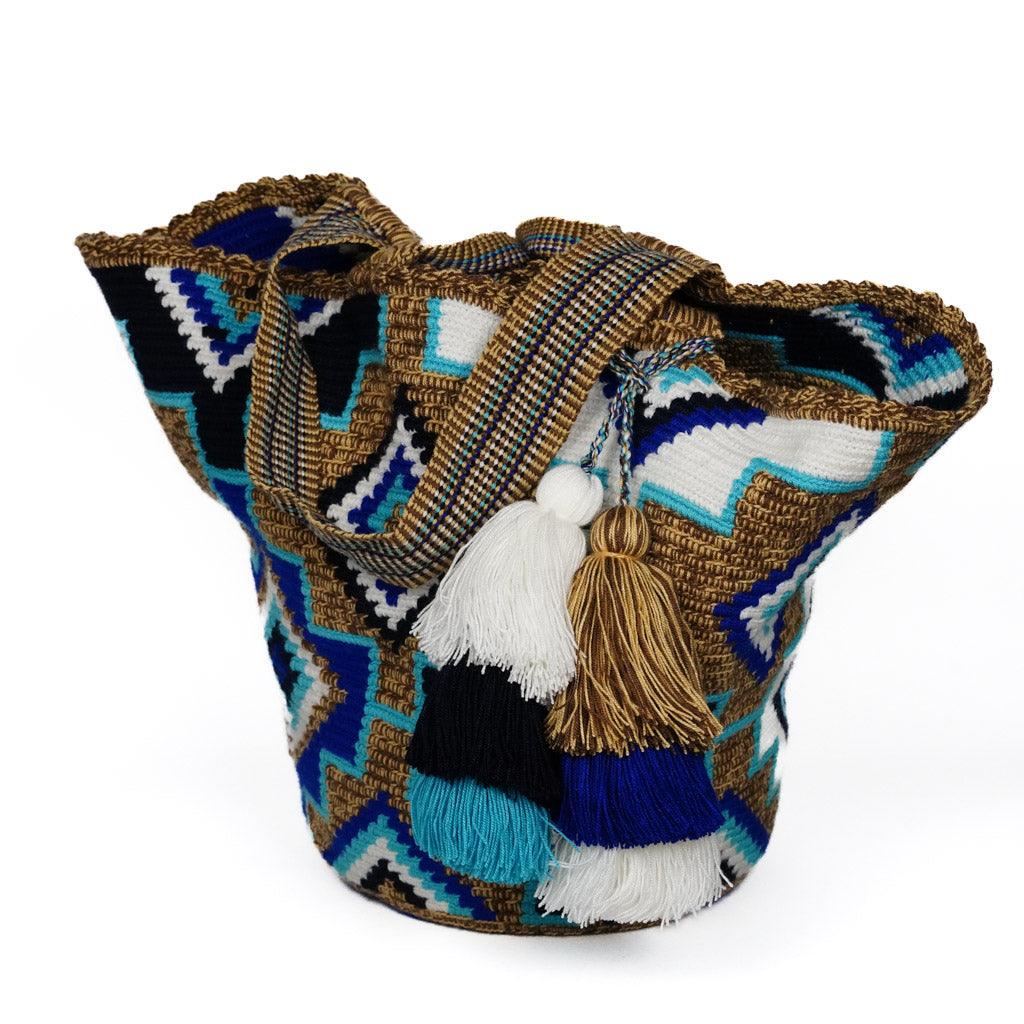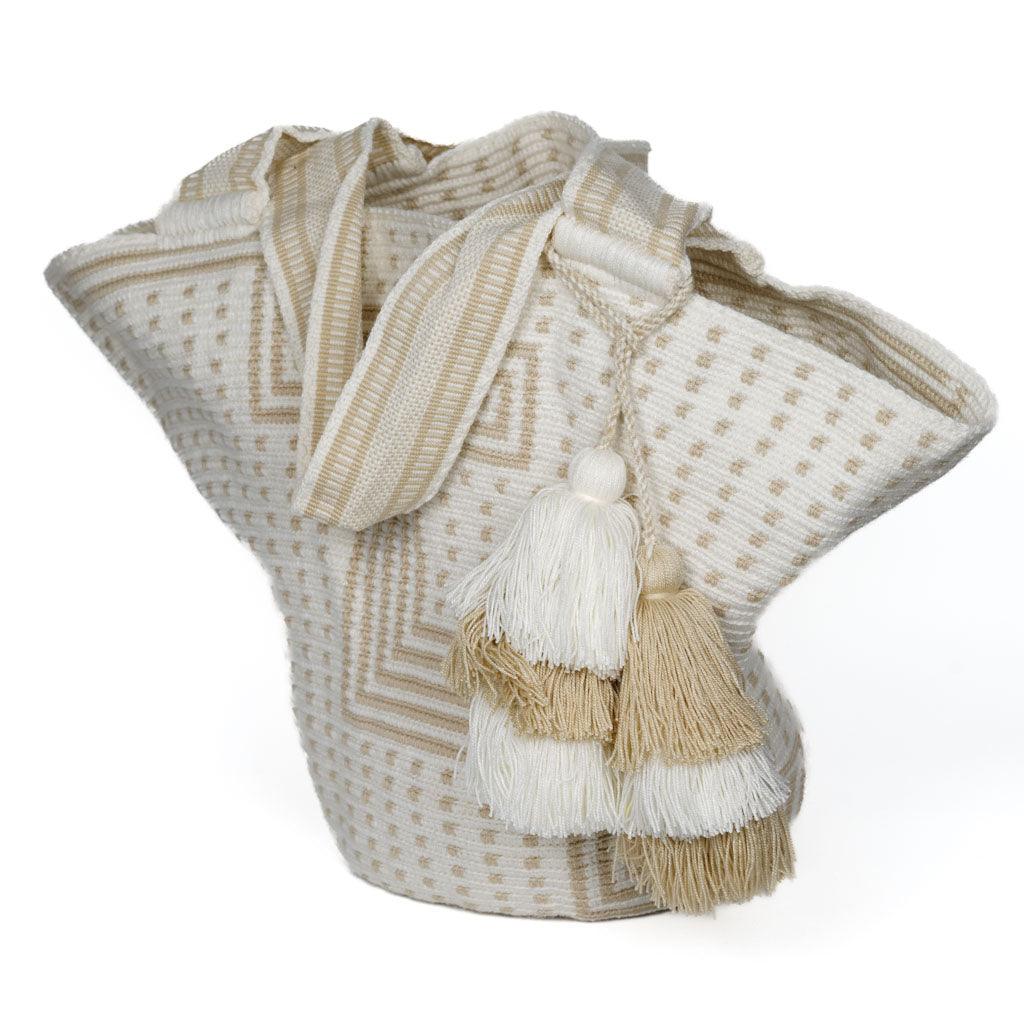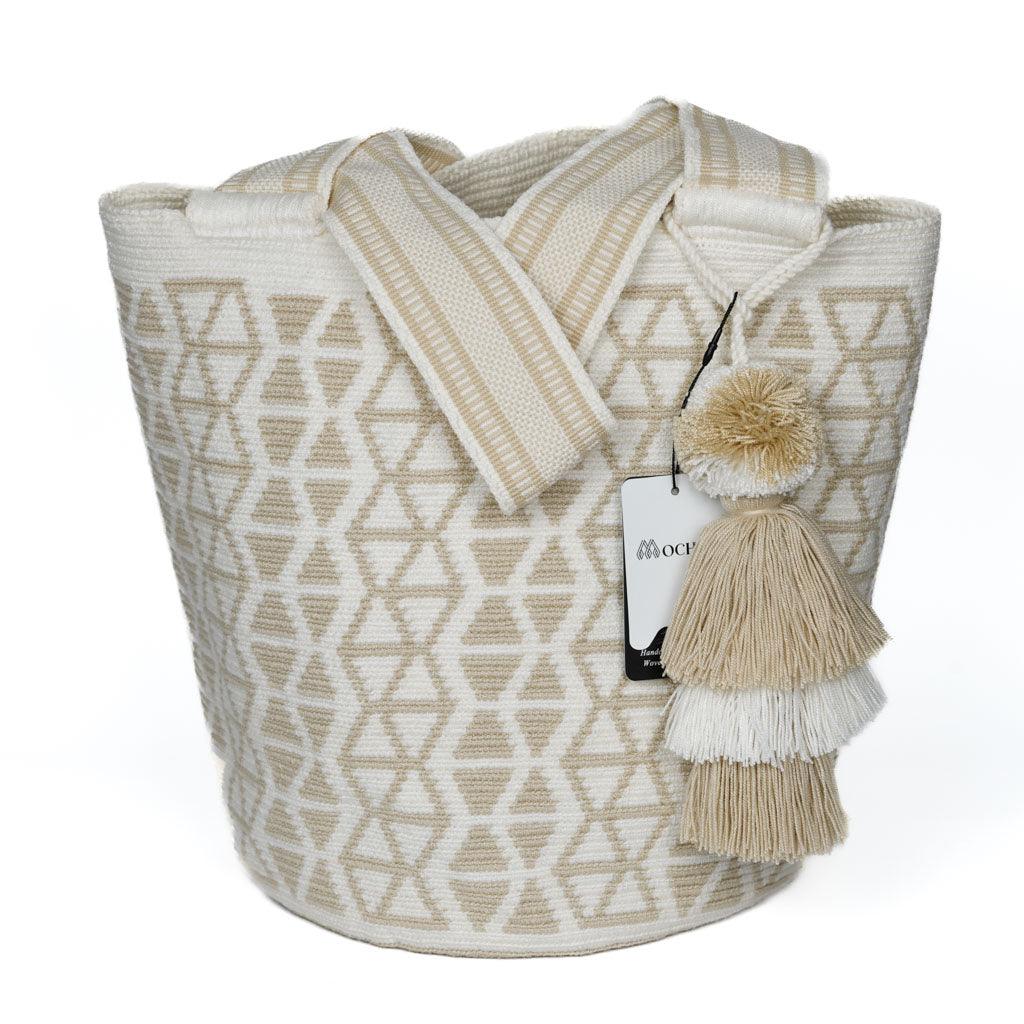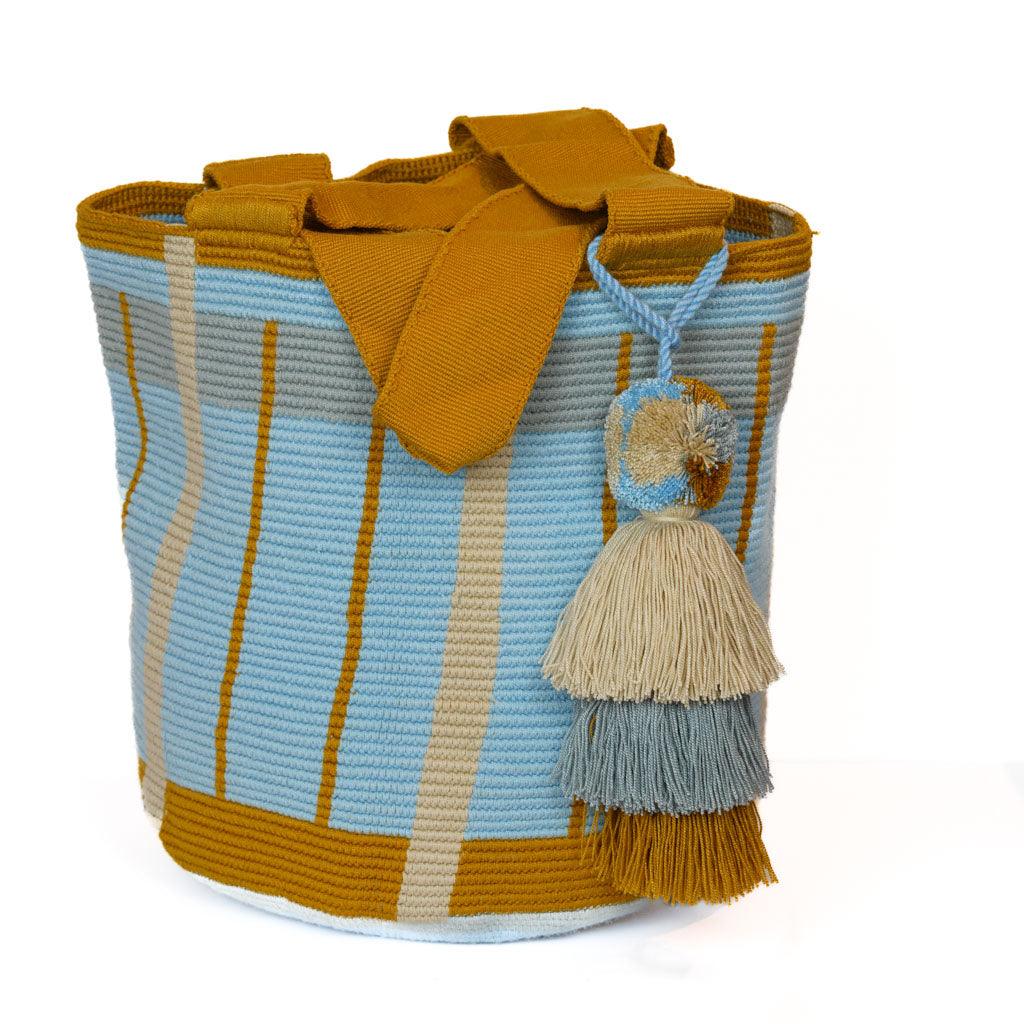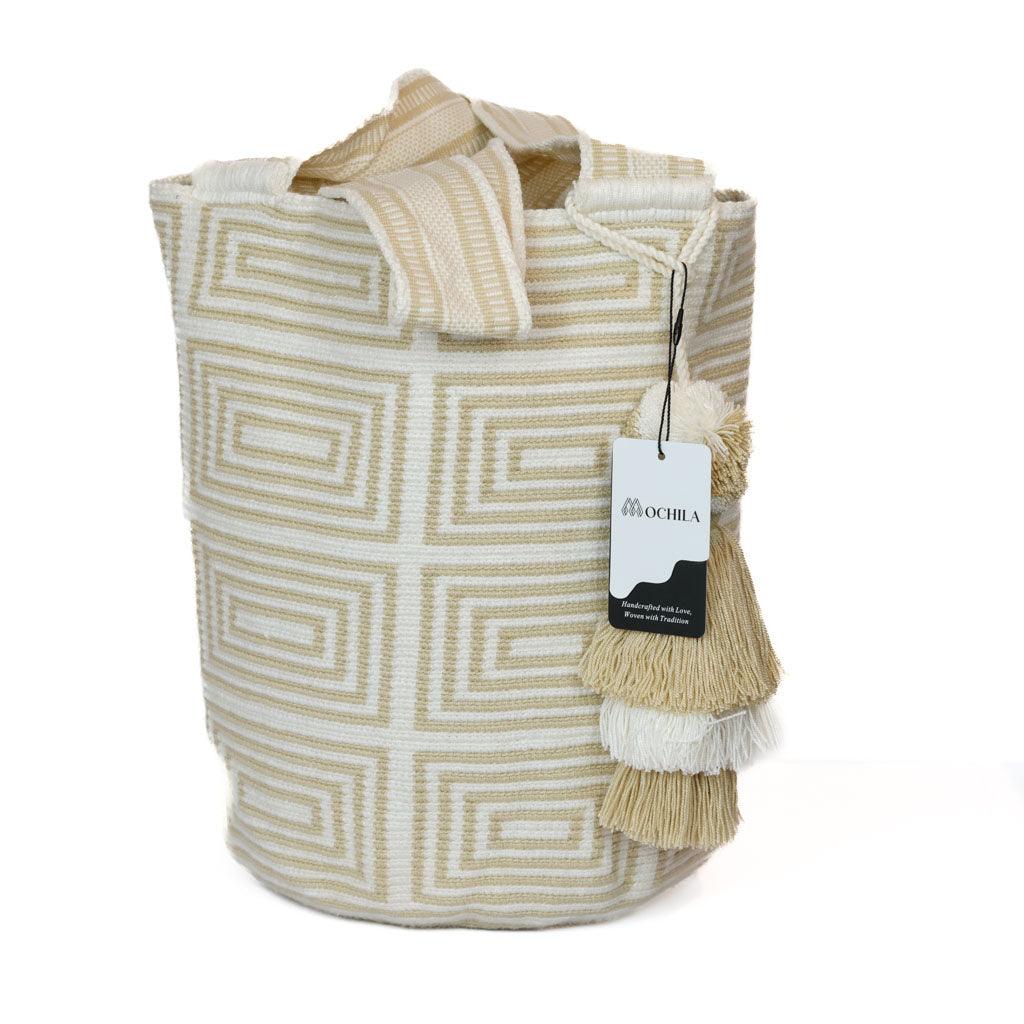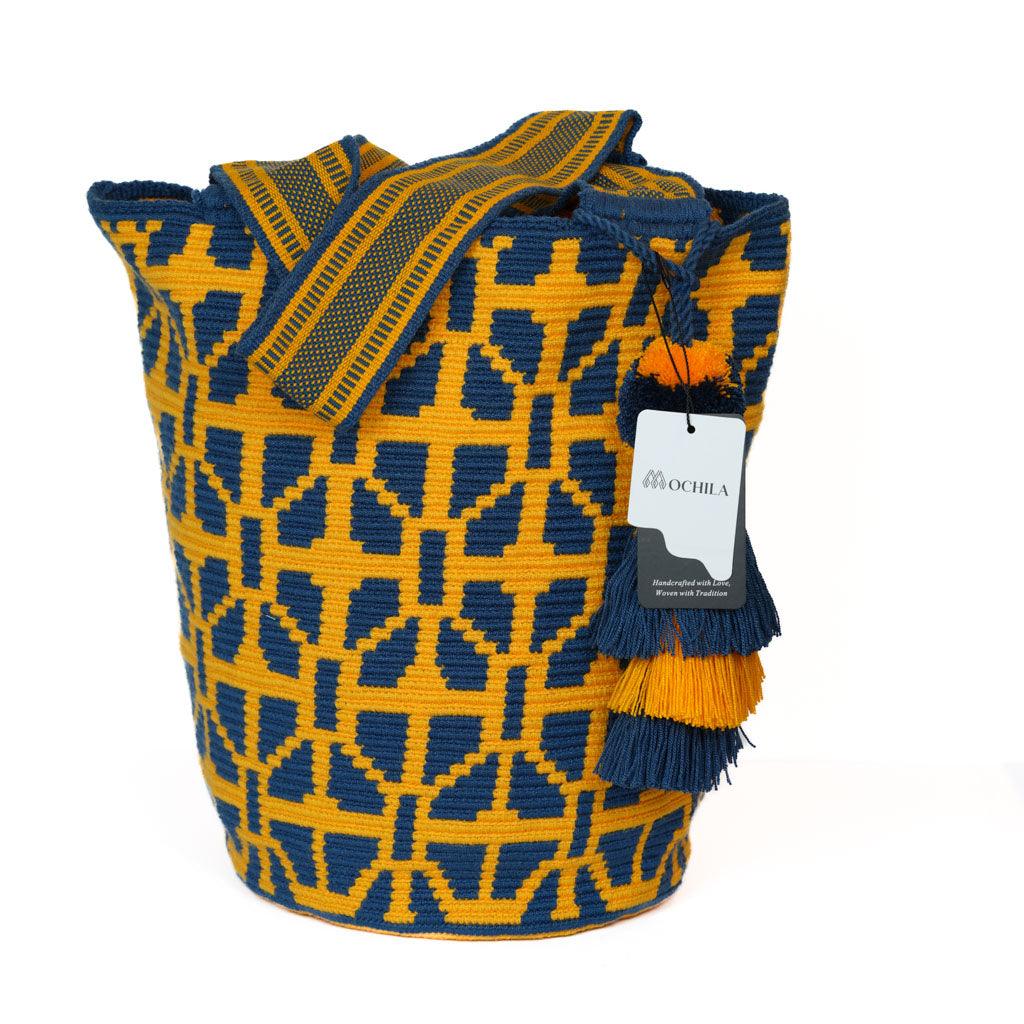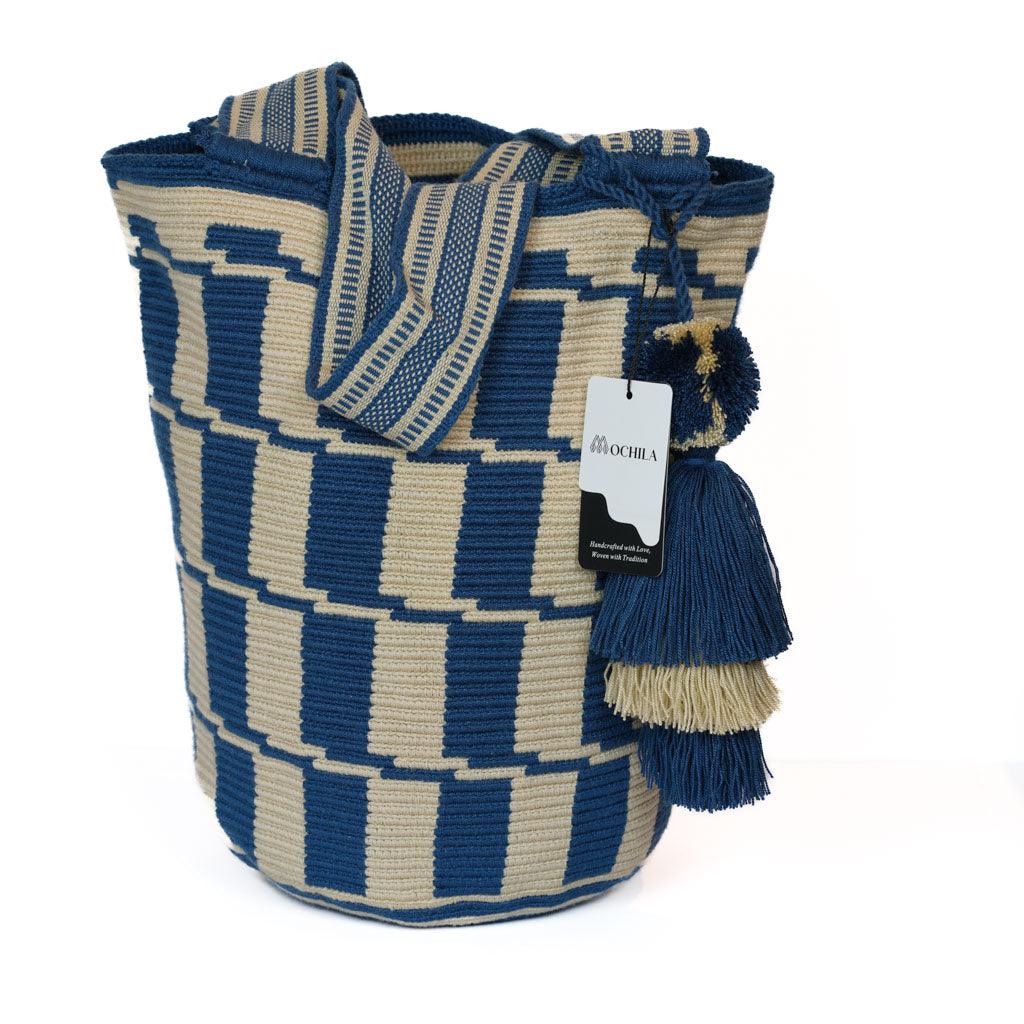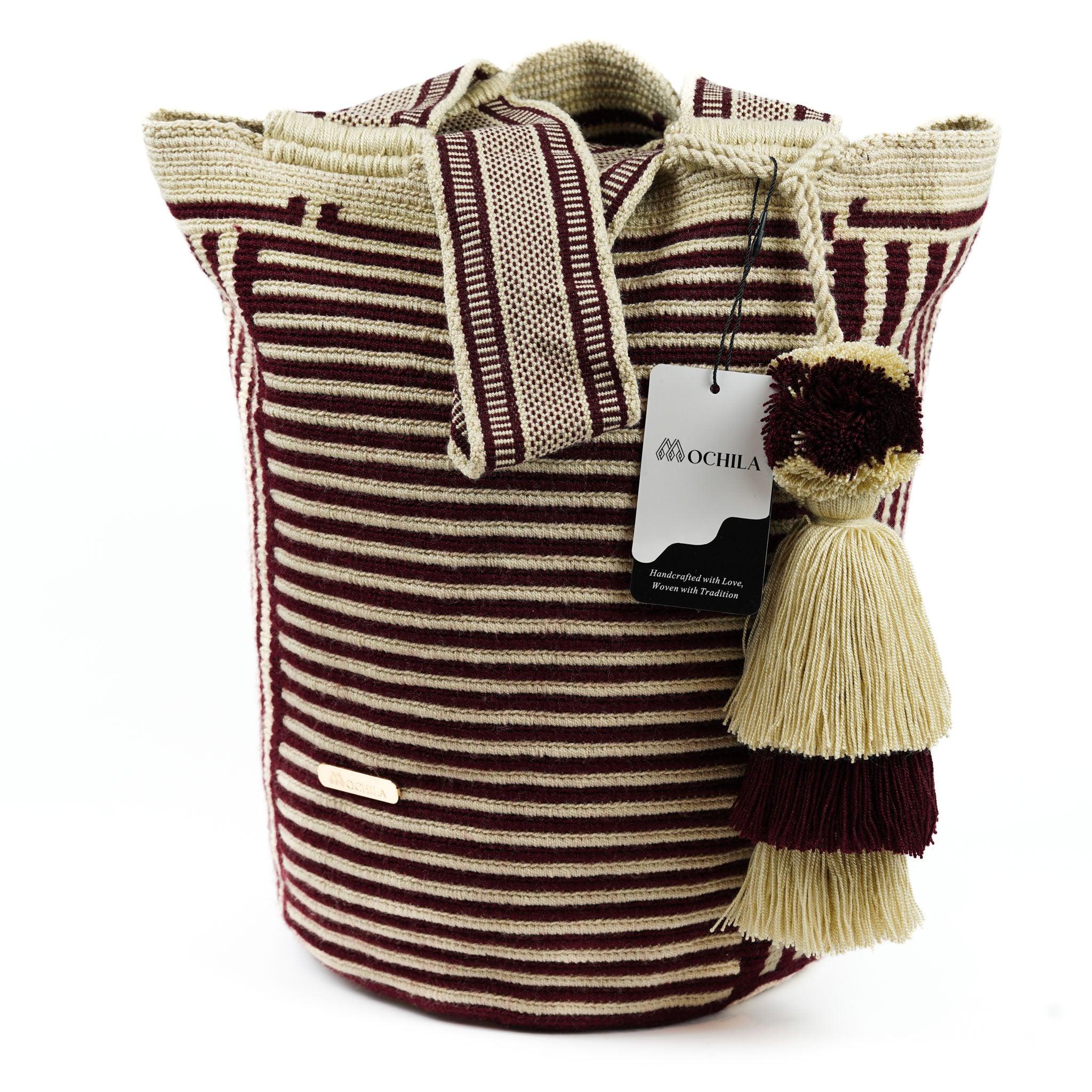Introduction to Crochet
When it comes to crafting, crochet stands out as a versatile and rewarding skill. Whether you're looking to create warm blankets, stylish clothing, or unique home decor, understanding how to crochet stitches is the first step on this journey.
Understanding Crochet
Crochet is a method of creating fabric from yarn or thread using a crochet hook. Unlike knitting, which requires two needles, crochet is performed with just a single hook. The process involves pulling loops of yarn through other loops to create a series of interlocking loops or stitches. This technique can be used to create a wide variety of patterns and designs, each with its own unique texture and appearance.
For beginners, learning how to crochet can be both exciting and challenging. But with practice and patience, one can master a range of stitches and techniques to create beautiful handmade items. We have a number of resources to help beginners get started, from understanding how to crochet for beginners to learning how to determine crochet hook sizes.
Importance of Crochet Stitches
Understanding the different types of crochet stitches is crucial to mastering this craft. Each stitch creates a different pattern and texture, and combining different stitches allows for infinite design possibilities.
Whether you're looking to create a cozy blanket, a stylish scarf, or a cute amigurumi doll, the type of stitch you choose can greatly affect the final result. For example, a single crochet stitch creates a firm and dense fabric, ideal for crafting sturdy items like bags or dishcloths. On the other hand, a double crochet stitch creates a softer and more flexible fabric, perfect for blankets or clothing.
Mastering various stitches not only broadens your crochet possibilities but also helps you read and understand crochet patterns. As you progress, you'll be able to tackle more complex projects, from how to crochet patterns for blankets to how to crochet patterns for hats.
By starting with the basics and gradually learning new stitches and techniques, anyone can discover the joy of crochet and create beautiful, handmade items to treasure or share.
Basics of Crochet Stitches
Before one can learn how to crochet stitches, it's crucial to understand the essential supplies required for crocheting and the fundamental stitches that form the basis of most crochet patterns.
Essential Supplies for Crocheting
Regardless of what crochet project you undertake, there are a few key supplies that are indispensable. These include:
Crochet Hooks: These come in various sizes, and the size needed depends on the yarn weight and the desired tightness or looseness of the stitches. For more detailed information on choosing the right hook, refer to our guide on how to determine crochet hook sizes.
Yarn: The type of yarn used can greatly influence the look and feel of the finished project. Yarns come in a variety of materials, weights, and colors.
Scissors: A pair of sharp scissors is necessary for cutting the yarn.
Yarn Needle: This is used for weaving in the ends of the yarn once the project is completed.
Fundamental Crochet Stitches
The beauty of crochet lies in the versatility of stitches. However, at the core, there are a few fundamental stitches that every crochet enthusiast should know. These basic stitches are the building blocks for more complex patterns.
Slipknot: This is the starting point of most crochet projects. It creates the initial loop on the crochet hook.
Chain Stitch (Ch): This is the most basic crochet stitch and forms the foundation row in most crochet projects.
Single Crochet (Sc): This is the simplest and shortest of all stitches and forms a tight, dense fabric.
Double Crochet (Dc): This stitch is twice the height of a single crochet stitch and is commonly used in a variety of patterns.
Remember, mastering these fundamental stitches is key to unlocking the world of crochet. Once you have these basics down, you can move on to more advanced stitches and intricate patterns. For a step-by-step guide on how to execute these stitches, check out our article on how to crochet for beginners.
By understanding the essential supplies for crocheting and the basic stitches, you are well on your way to exploring the creative and versatile world of crochet. Whether you're looking to create a cozy blanket, a stylish scarf, or a charming amigurumi toy, these fundamentals will provide the solid foundation you need to get started.
Learning Different Crochet Stitches
The heart of any crochet project lies in mastering the different types of stitches. Once you have the basics down, you can create a vast array of patterns and designs. In this section, we will focus on how to crochet stitches such as the chain stitch, single crochet, half double crochet, and double crochet.
Chain Stitch (Ch)
The chain stitch (abbreviated as Ch) serves as the foundation for most crochet projects. It's often the first stitch beginners learn and is simple to execute.
- Make a slipknot on your hook.
- Yarn over (wrap the yarn over your hook).
- Pull the loop of yarn through the slipknot.
- Repeat steps 2 and 3 to create a chain of desired length.
Remember, the loop on the hook does not count as a chain.
Single Crochet (Sc)
The single crochet (abbreviated as Sc) is another fundamental stitch in crocheting. It provides a compact, tight fabric, perfect for projects like dishcloths or winter hats.
- Insert the hook into the second chain from the hook.
- Yarn over and pull up a loop. (You should have two loops on the hook)
- Yarn over again and pull through both loops on the hook.
Half Double Crochet (Hdc)
The half double crochet (abbreviated as Hdc) is a stitch that's in between a single crochet and a double crochet in height. It's great for a variety of projects, including scarves and baby blankets.
- Yarn over and insert your hook into the third chain from the hook.
- Yarn over and pull up a loop. (You should have three loops on your hook)
- Yarn over and pull through all three loops on your hook.
Double Crochet (Dc)
The double crochet (abbreviated as Dc) is twice the height of a single crochet and is commonly used for projects that require a looser fabric, like shawls or afghans.
- Yarn over and insert your hook into the fourth chain from the hook.
- Yarn over and pull up a loop. (You should have three loops on your hook)
- Yarn over and pull through the first two loops on your hook.
- Yarn over again and pull through the remaining two loops on your hook.
These are just a few examples of the basic crochet stitches that form the foundation of most crochet patterns. By mastering these stitches, you can create a wide range of projects and patterns. For more advanced stitches and intricate designs, check out our article on how to crochet for beginners.
Advanced Crochet Stitches
Once you've mastered the basic crochet stitches, you're ready to venture into the realm of advanced crochet stitches. These stitches can add depth, texture, and complexity to your projects, enhancing the overall appearance and aesthetic appeal. Among the advanced stitches, Treble Crochet (Tr), Slip Stitch (Sl St), and Cluster Stitch are some of the fundamental ones that you need to learn.
Treble Crochet (Tr)
A treble crochet stitch, often abbreviated as 'Tr', is a longer stitch that creates a looser fabric. It's ideal for projects that require a more flexible or draping effect.
- To make a treble crochet stitch, begin by wrapping the yarn twice around your crochet hook.
- Insert the hook into the stitch you want to work, yarn over, and pull through, you will have four loops on the hook.
- Yarn over and pull through the first two loops on your hook, you will have three loops remaining.
- Yarn over again, pull through the first two loops, leaving you with two loops on the hook.
- Yarn over one more time and pull through the last two loops on your hook.
Now you've completed a treble crochet stitch!
Slip Stitch (Sl St)
The slip stitch (Sl St) is a basic crochet stitch that doesn't have any height. It's often used to join rounds, to end a row or to move your working yarn to another area of your project without adding height or width.
- Insert your hook into the next stitch.
- Yarn over and pull through both the stitch and the loop on your hook.
Cluster Stitch
The cluster stitch is a decorative stitch that adds texture and visual interest to your crochet project. It involves partially completing several stitches together, resulting in a 'cluster' of stitches.
- Yarn over and insert your hook into the stitch.
- Yarn over and pull through, then yarn over and pull through the first two loops on your hook. This leaves you with a half-finished stitch on your hook.
- Repeat the above steps as many times as the pattern calls for. You should have multiple half-finished stitches on your hook.
- Finally, yarn over and pull through all the loops on your hook to complete the cluster stitch.
Learning these advanced stitches can open up a world of possibilities for your crochet projects. Whether you're working on a blanket, a scarf, or a hat, these stitches can add a unique touch to your creations. As with any new skill, practice is key. Keep working on these stitches, and soon you'll be able to incorporate them into your projects with ease. For more crochet patterns and techniques, check out our how to crochet guide for beginners and our extensive list of crochet projects including how to crochet patterns for blankets and how to crochet patterns for hats.
Tips for Perfecting Crochet Stitches
Mastering the art of crochet involves more than just learning how to crochet stitches. It's also about understanding several essential skills and techniques that can significantly improve your crochet work. This section will focus on three key aspects: Keeping Even Tension, Counting Stitches, and Correcting Mistakes.
Keeping Even Tension
One of the most crucial aspects of crocheting is maintaining an even tension. This refers to how tightly or loosely you hold the yarn while working your stitches. Consistent tension helps ensure your stitches are all the same size, leading to a more uniform and neat-looking finished product.
For beginners, maintaining even tension can be a bit challenging. However, with practice, it becomes second nature. Some tips for achieving even tension include:
- Holding the yarn comfortably in your hand without squeezing it too tight.
- Letting the yarn glide smoothly through your fingers as you make each stitch.
- Adjusting your grip as needed to ensure the yarn isn't too loose or too tight.
Counting Stitches
Counting stitches is another essential skill in crochet. Keeping track of the number of stitches you've worked helps ensure your pattern stays accurate and your finished product turns out as intended.
The best way to count stitches is to count as you go, rather than waiting until you've completed a row or round. It might seem time-consuming initially, but it can save you a lot of trouble in the long run.
Correcting Mistakes
No matter how experienced you are, mistakes are inevitable in crochet. The key is knowing how to identify and correct them. Common crochet mistakes include dropping stitches, adding extra stitches, or working the wrong type of stitch.
When you notice a mistake:
- Don't panic. With crochet, you can always undo your work back to the point of the error and start over from there.
- Learn to "read" your stitches. This can help you identify where you've gone wrong.
- Practice patience. Correcting mistakes is part of the learning process, and it helps you become a better crocheter.
Remember, crochet is meant to be enjoyable. Don't be too hard on yourself if you make mistakes. Instead, see them as opportunities to learn and improve. For more tips and advice on crocheting, check out our article on how to crochet for beginners.
Applying Your Crochet Skills
Putting your crochet skills into practice is a crucial part of learning how to crochet stitches. From choosing your first project to progressing to more complex patterns and regular practice, this section will guide you on how to apply and improve your crochet skills.
Choosing Your First Project
Selecting the right project when you are first learning how to crochet is essential. It's advisable to start with a simple pattern that requires only the basic stitches you've learned. This could be a scarf, a dishcloth, or a coaster. These projects will not only allow you to practice your stitches but will also leave you with a functional item at the end. For beginners, reading our guide on how to crochet for beginners can provide more insight.
Progressing to More Complex Patterns
Once you're comfortable with the basic stitches and have completed a few simple projects, you can start experimenting with more complex patterns. This could involve learning new stitches or techniques, such as cluster stitches or slip stitches, or tackling larger projects like blankets or garments. The goal should be to continually challenge yourself and expand your skills. Our guides on how to crochet patterns for blankets and how to crochet patterns for scarves can be helpful resources as you progress.
Practicing Regularly to Improve Skill
Just like any other skill, the key to improving your crochet skills is regular practice. Set aside a little time each day to crochet. This doesn't have to involve working on a specific project – just practicing your stitches can be incredibly beneficial. You could also consider participating in a crochet along or joining a crochet group to help keep you motivated.
Remember, the journey of how to crochet stitches is one that is filled with creativity, challenges, and ultimately, great satisfaction. So, pick up that crochet hook and start creating your own crochet masterpiece.

